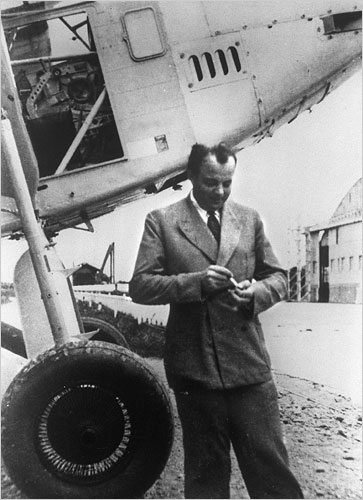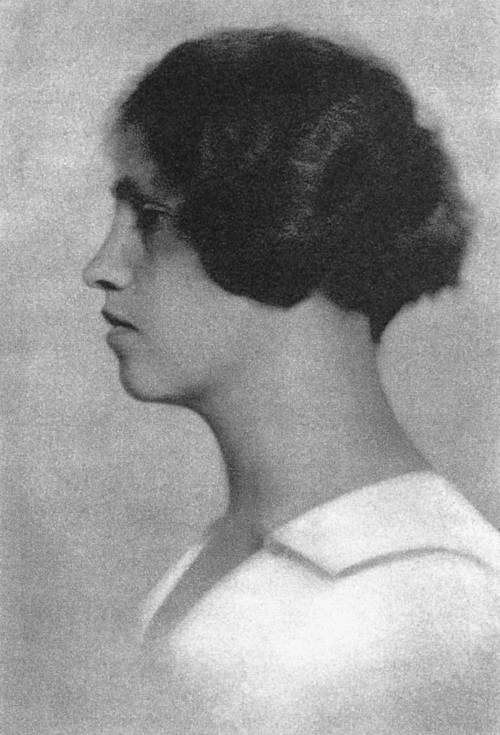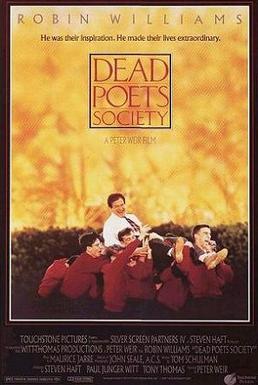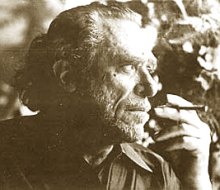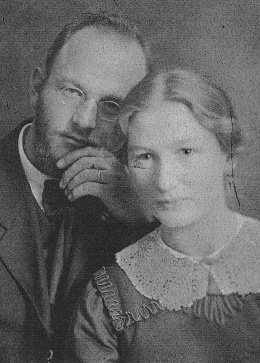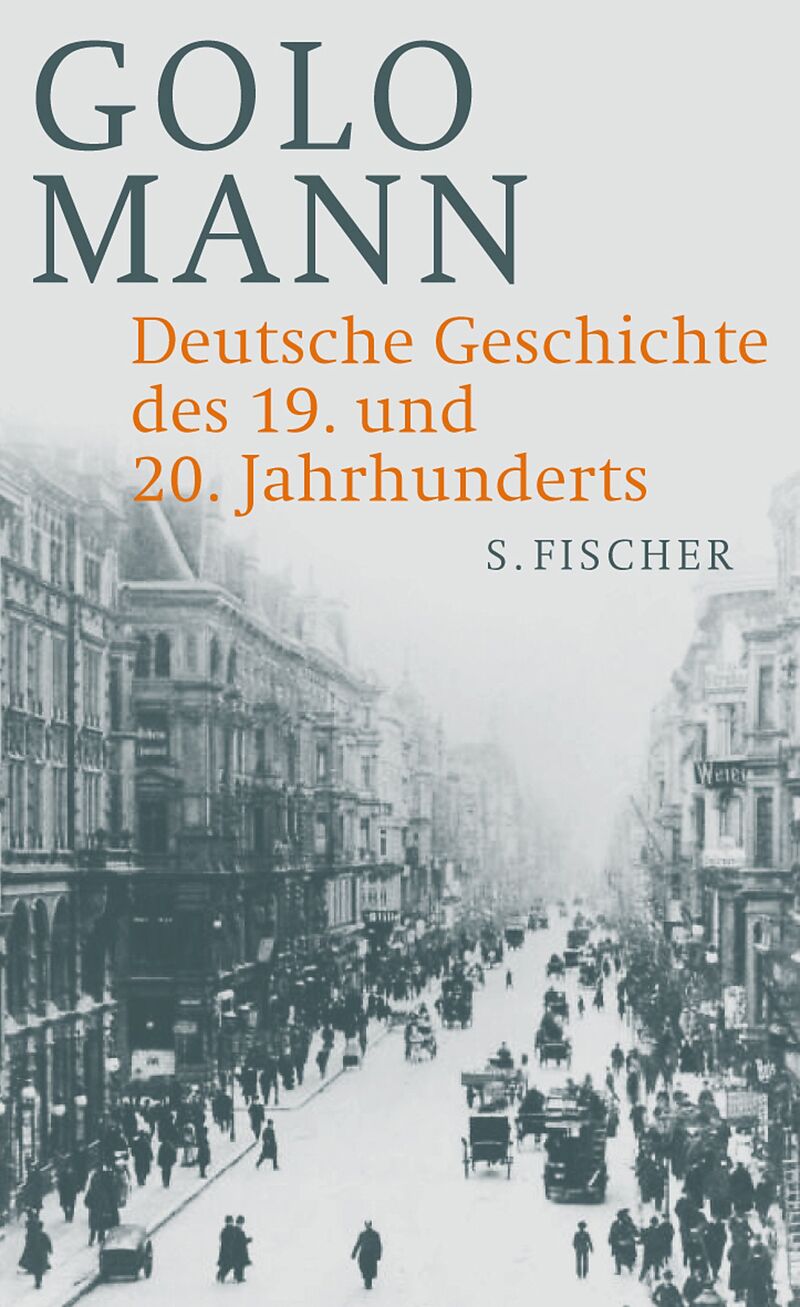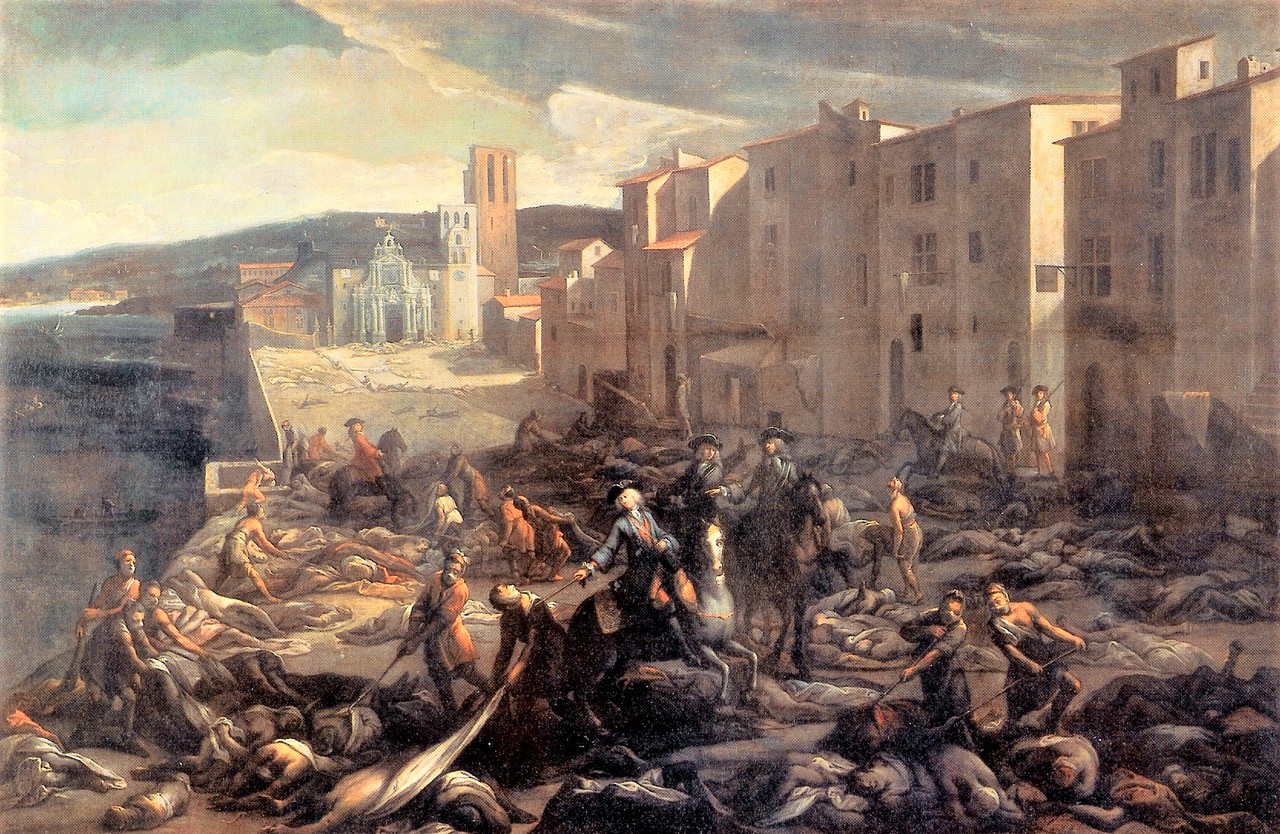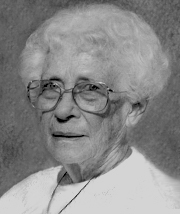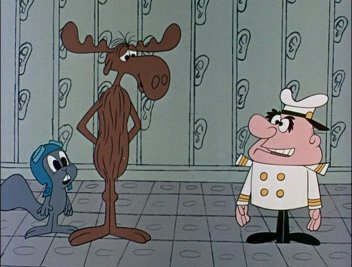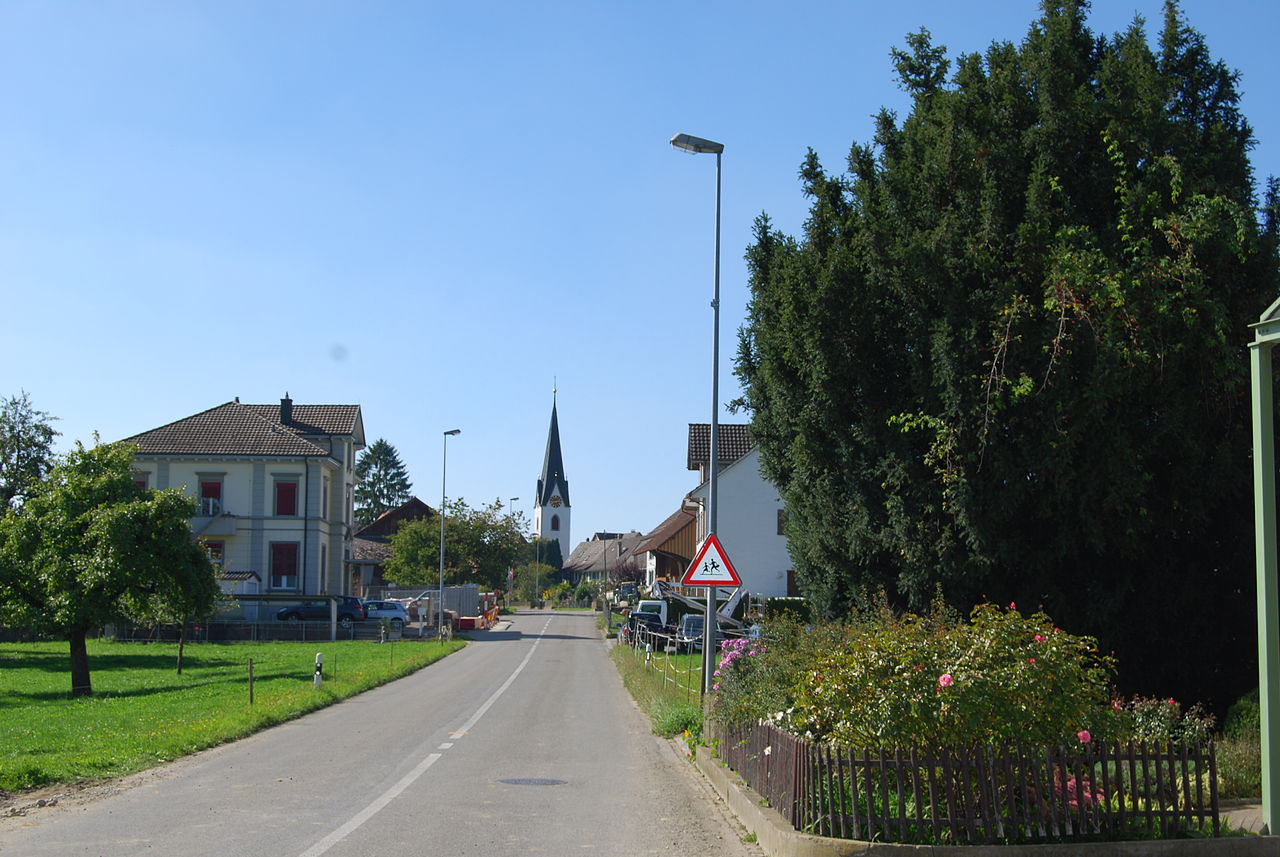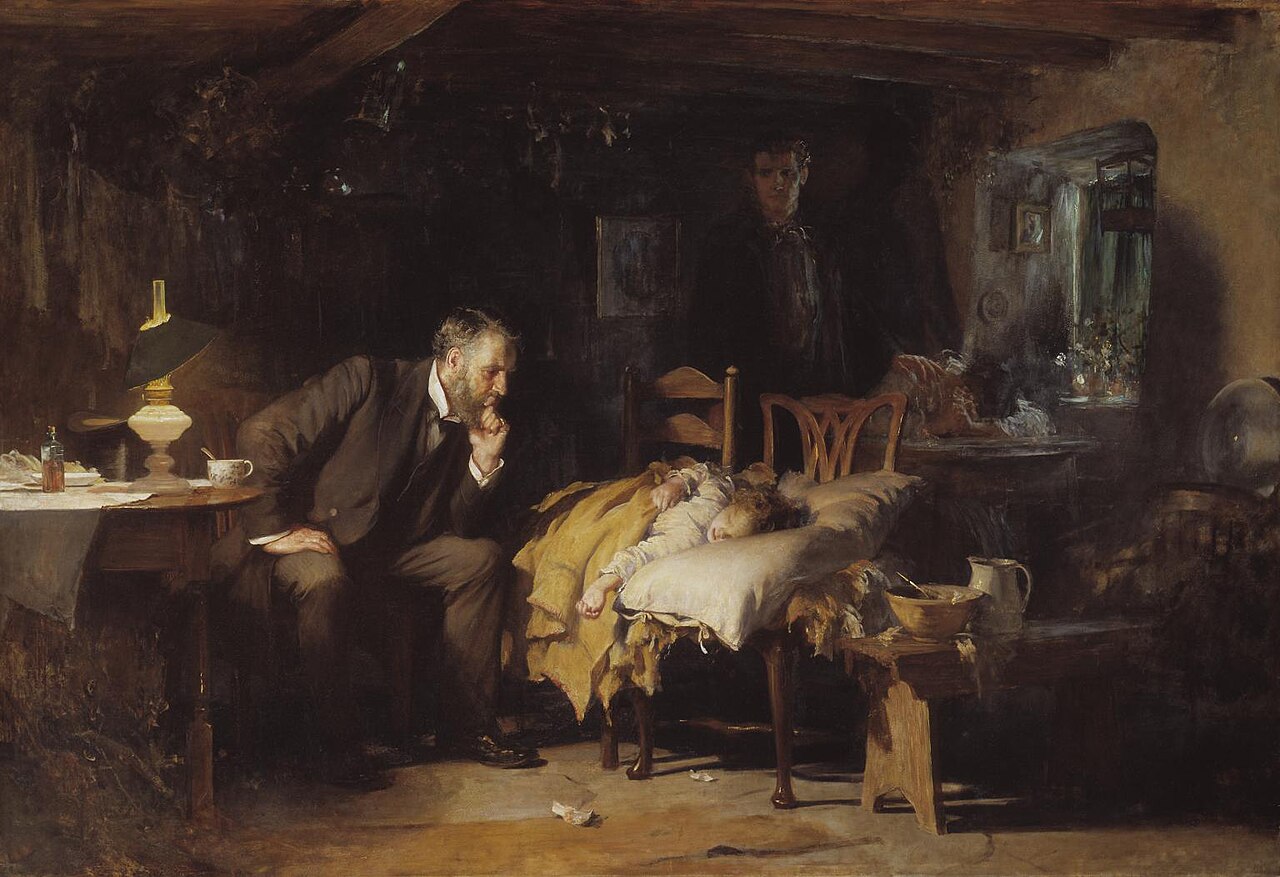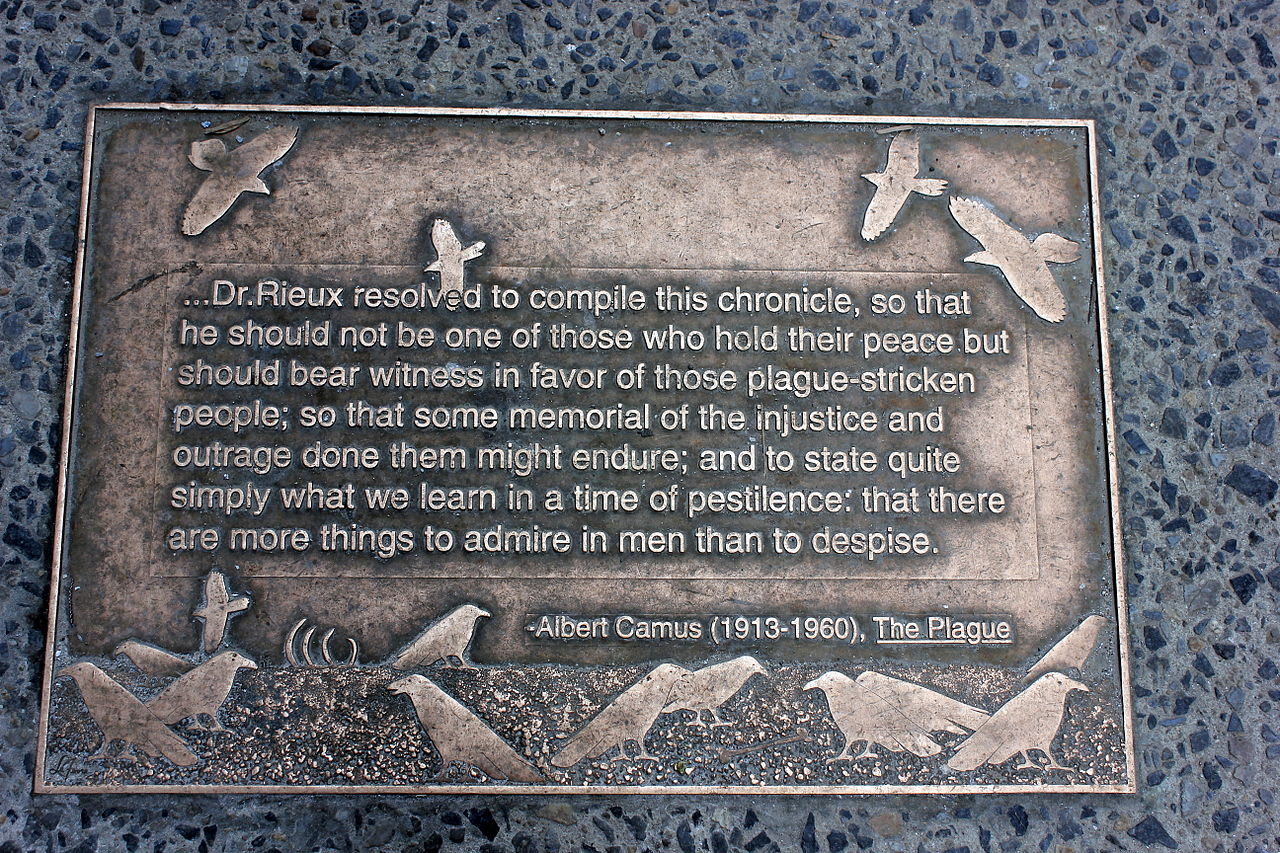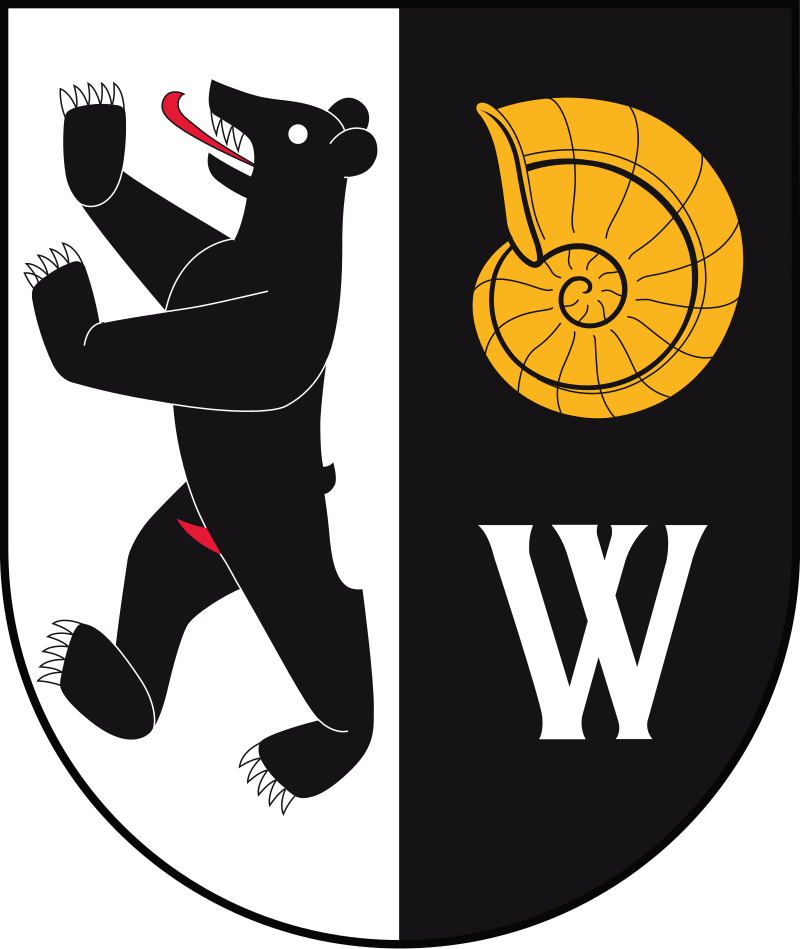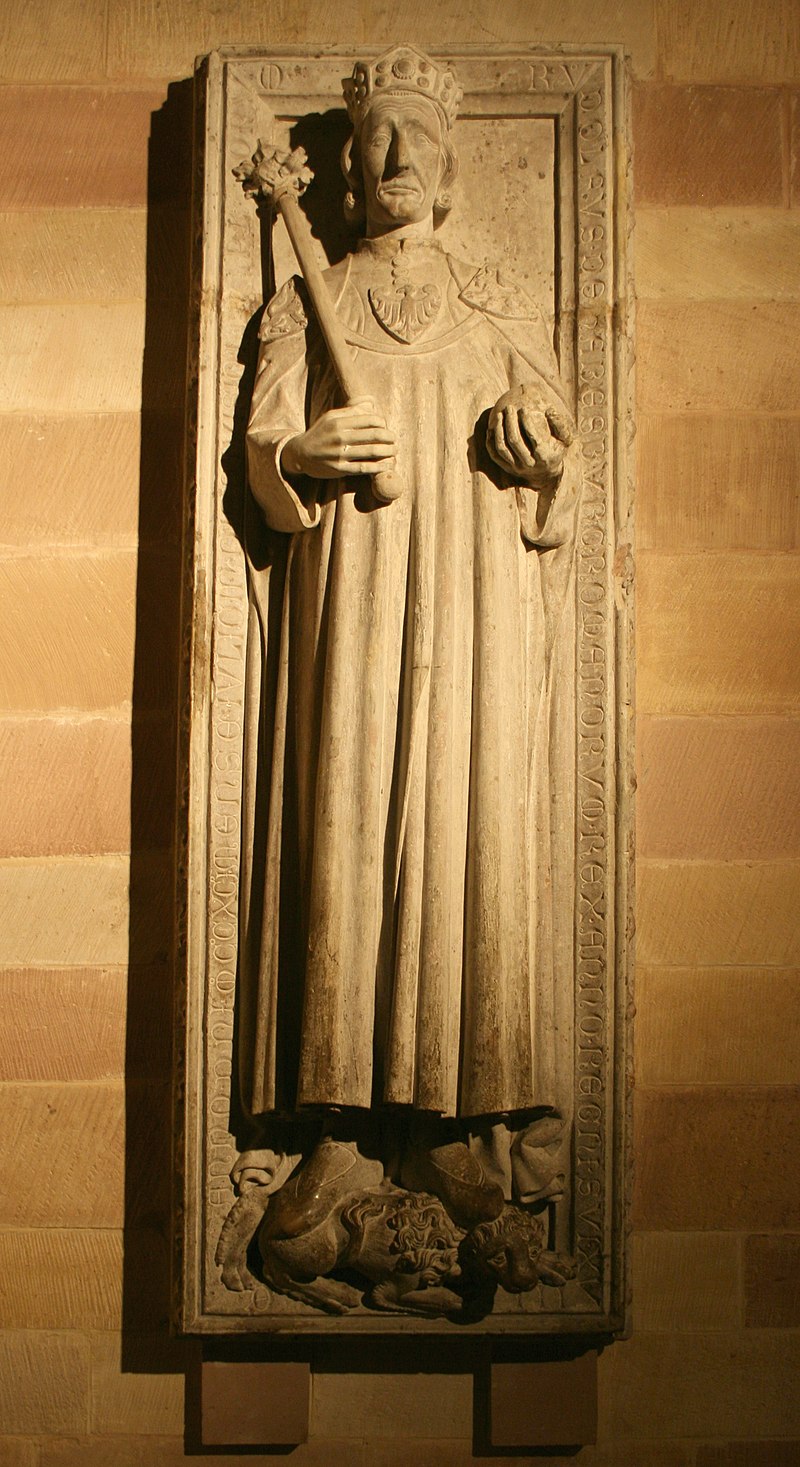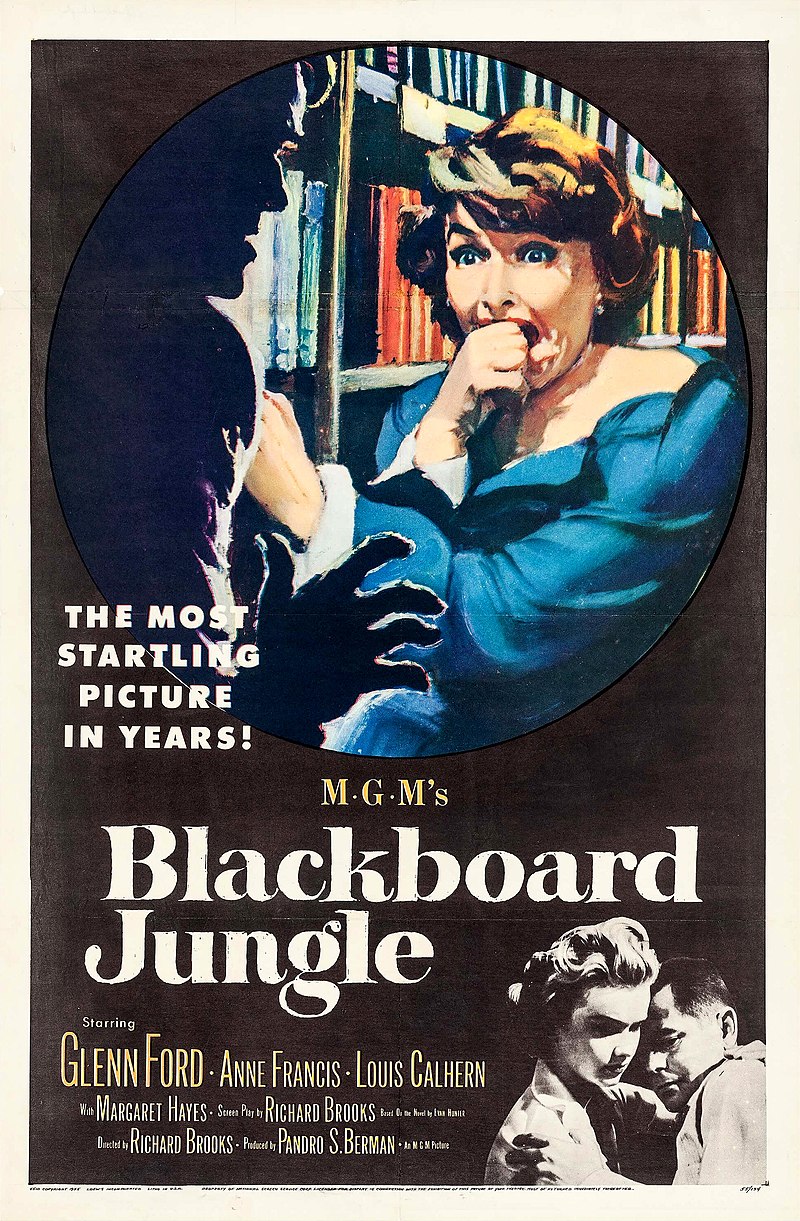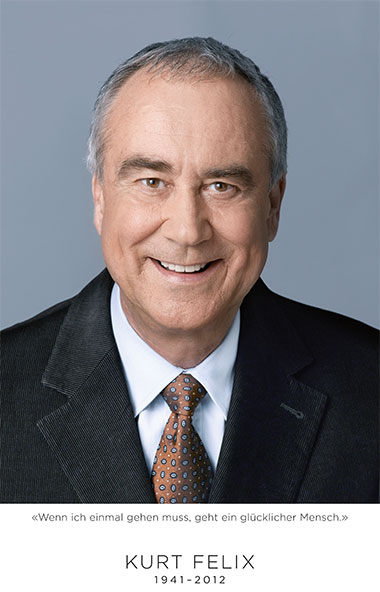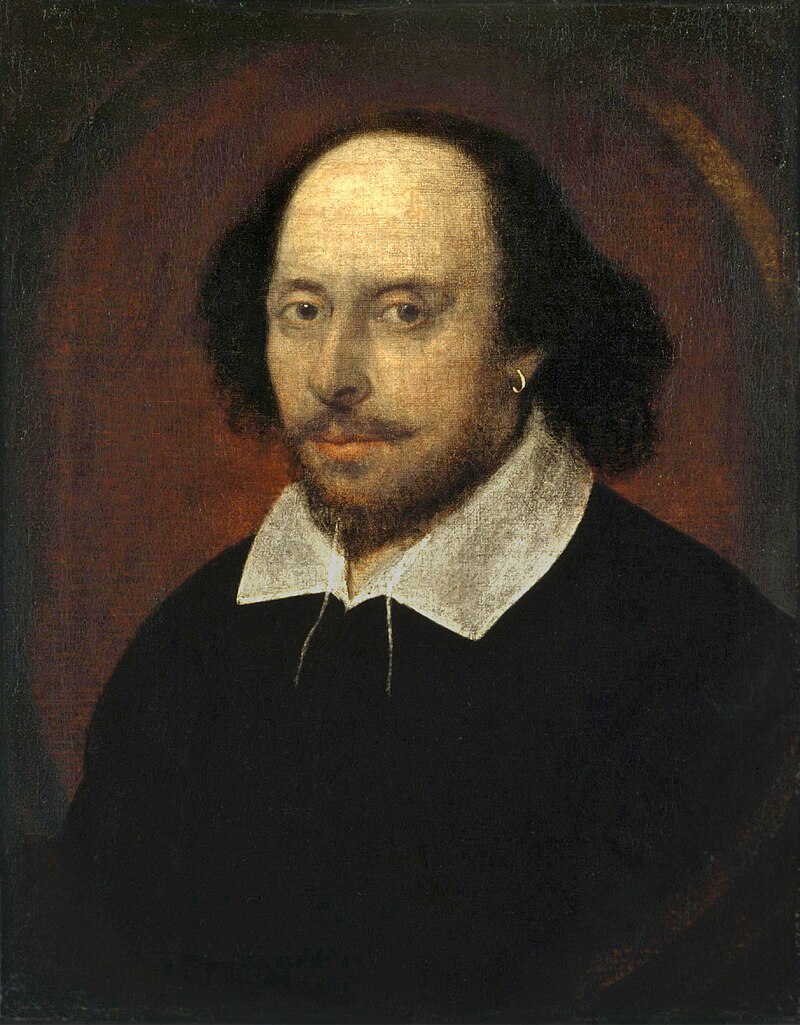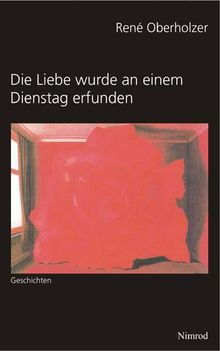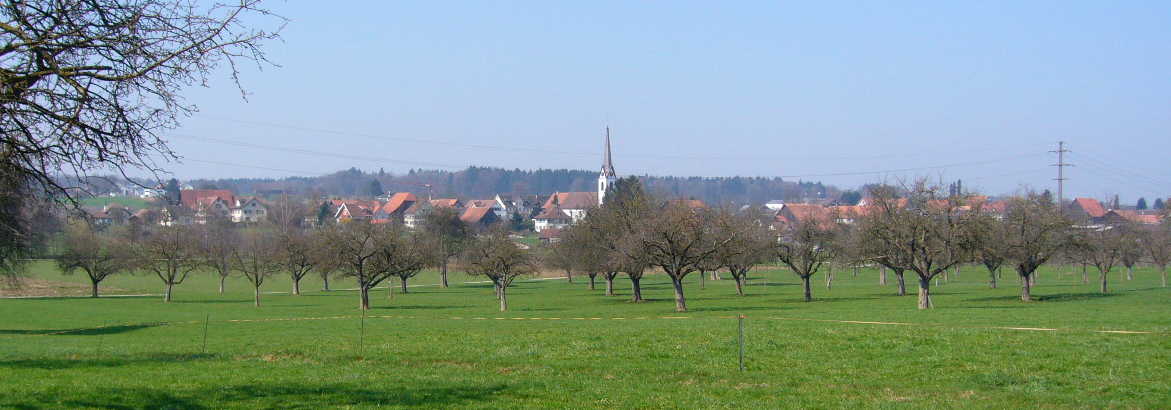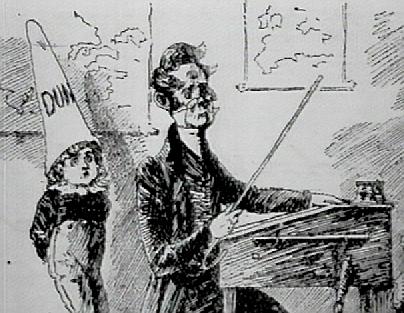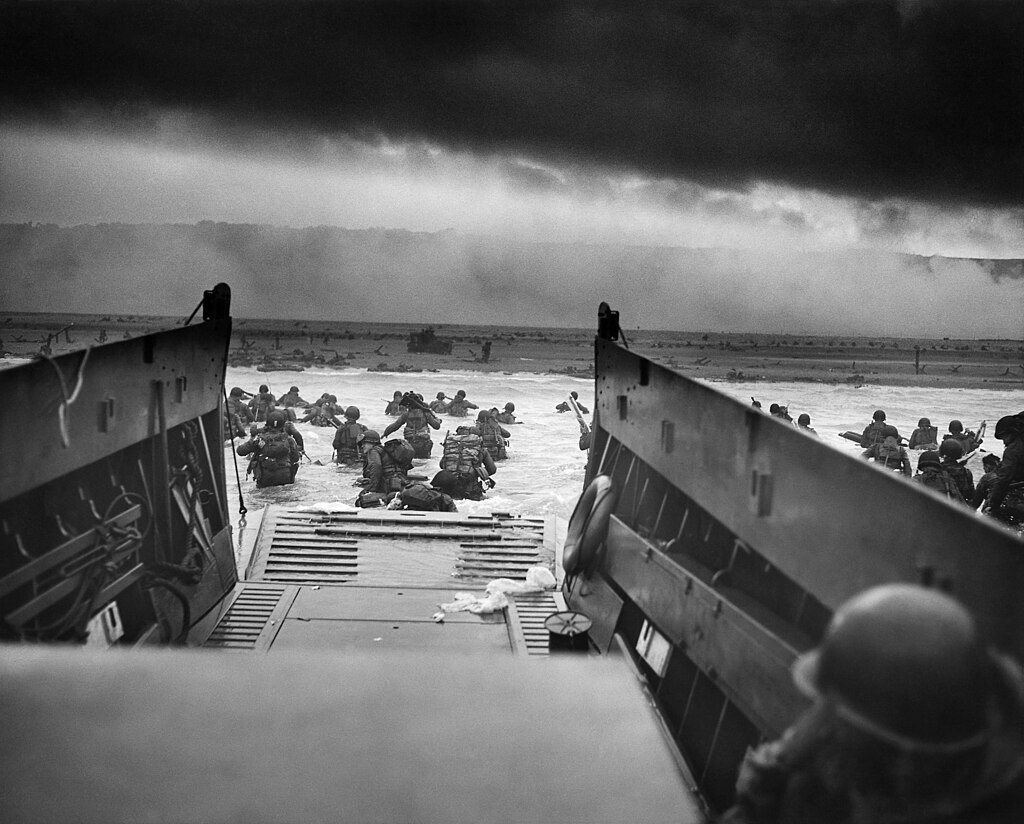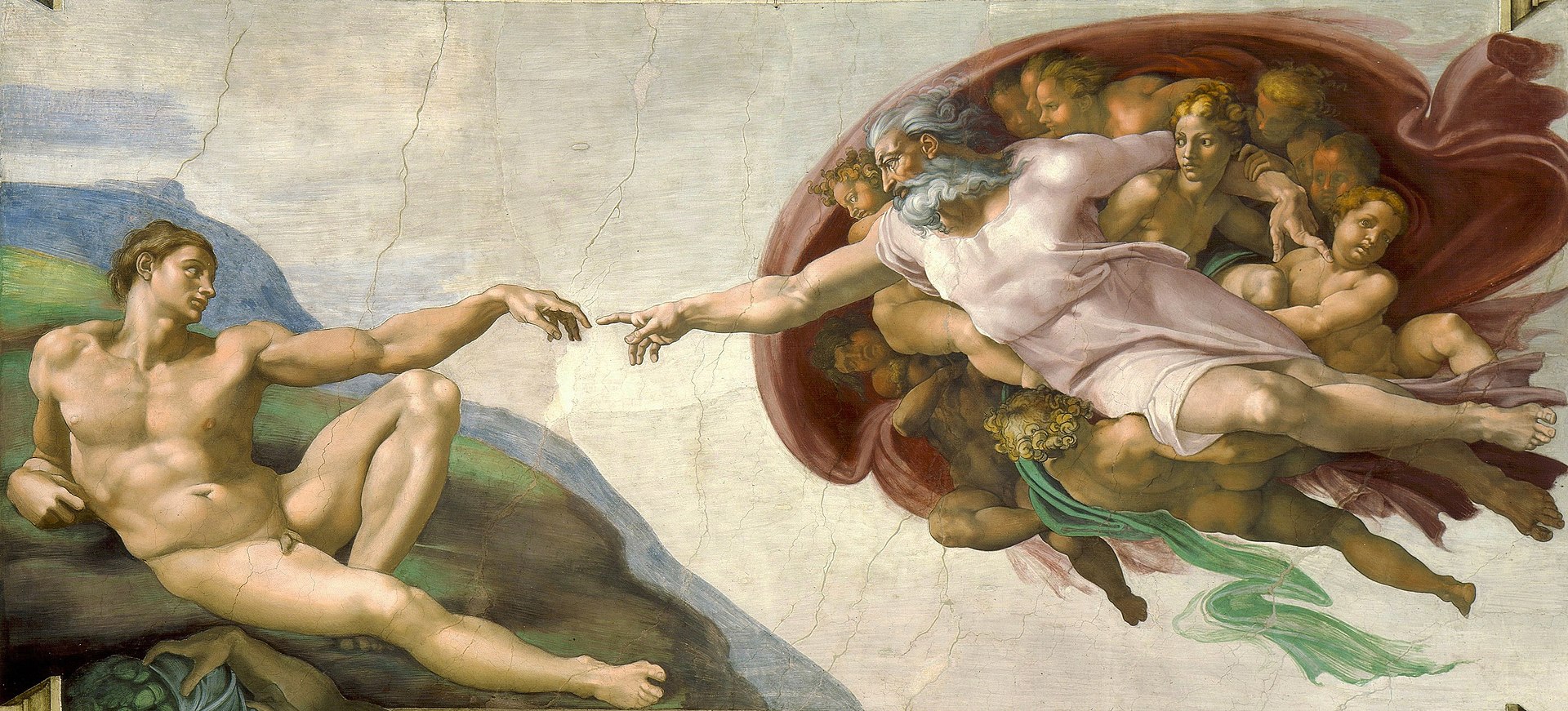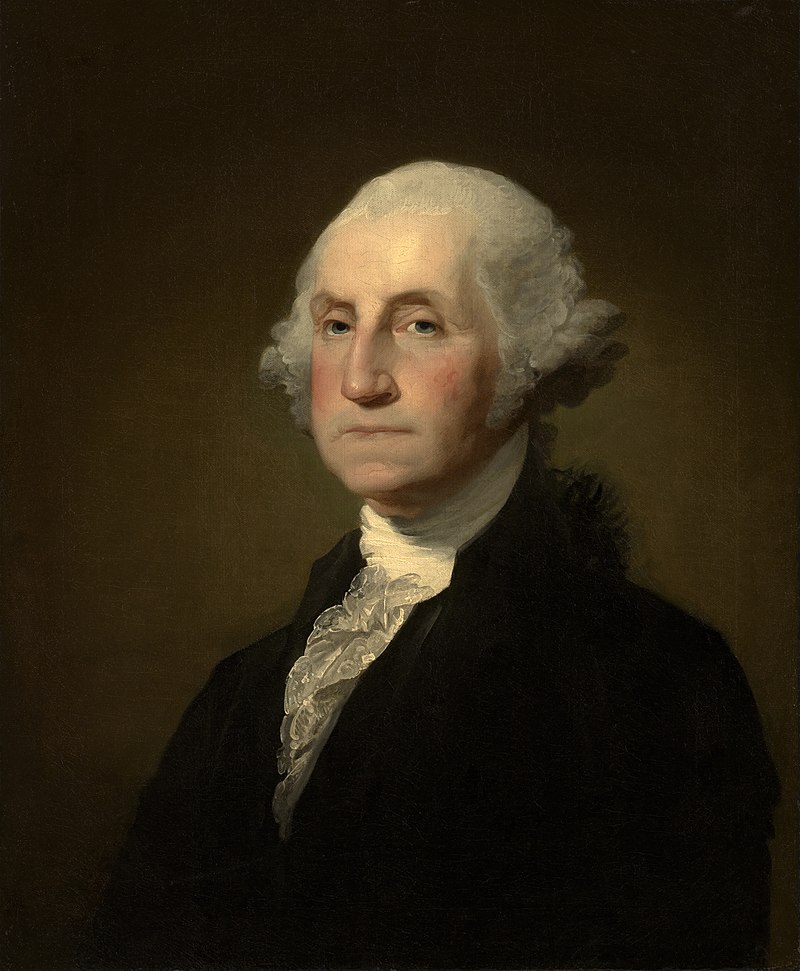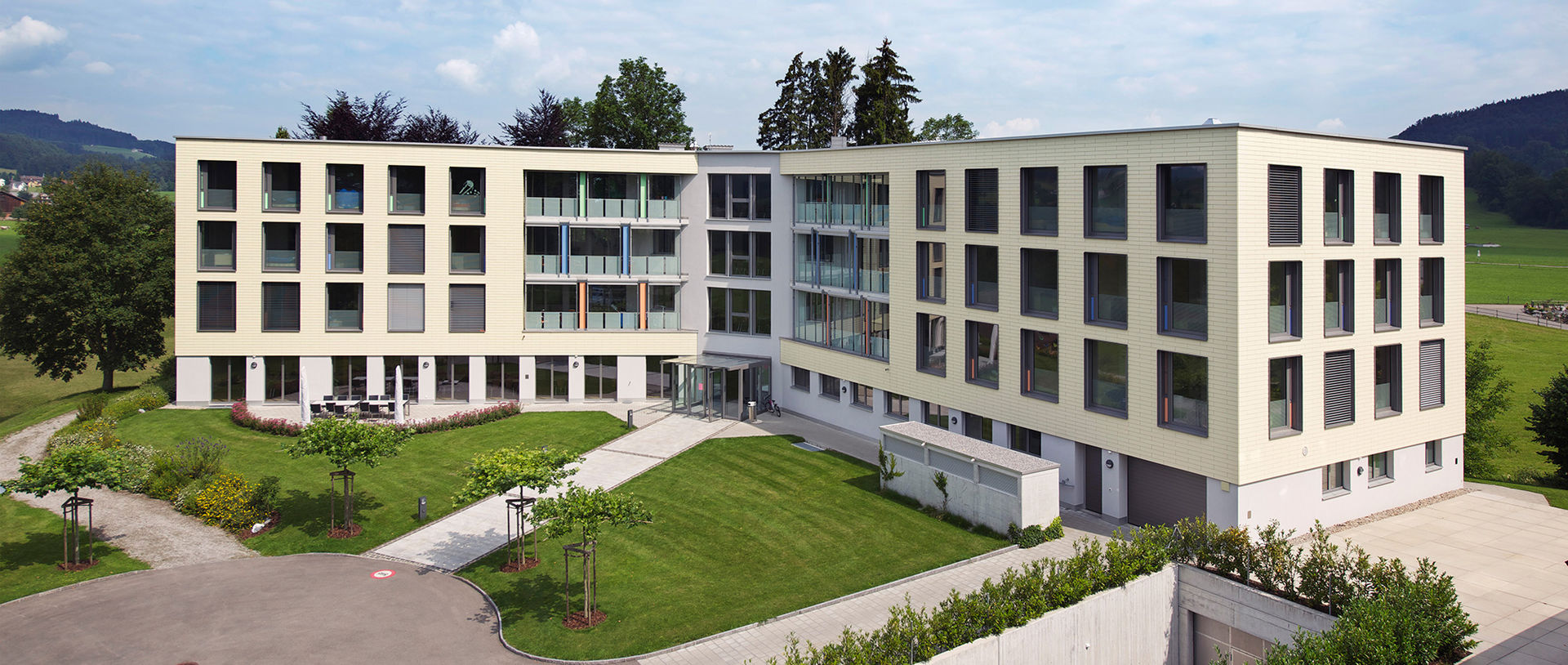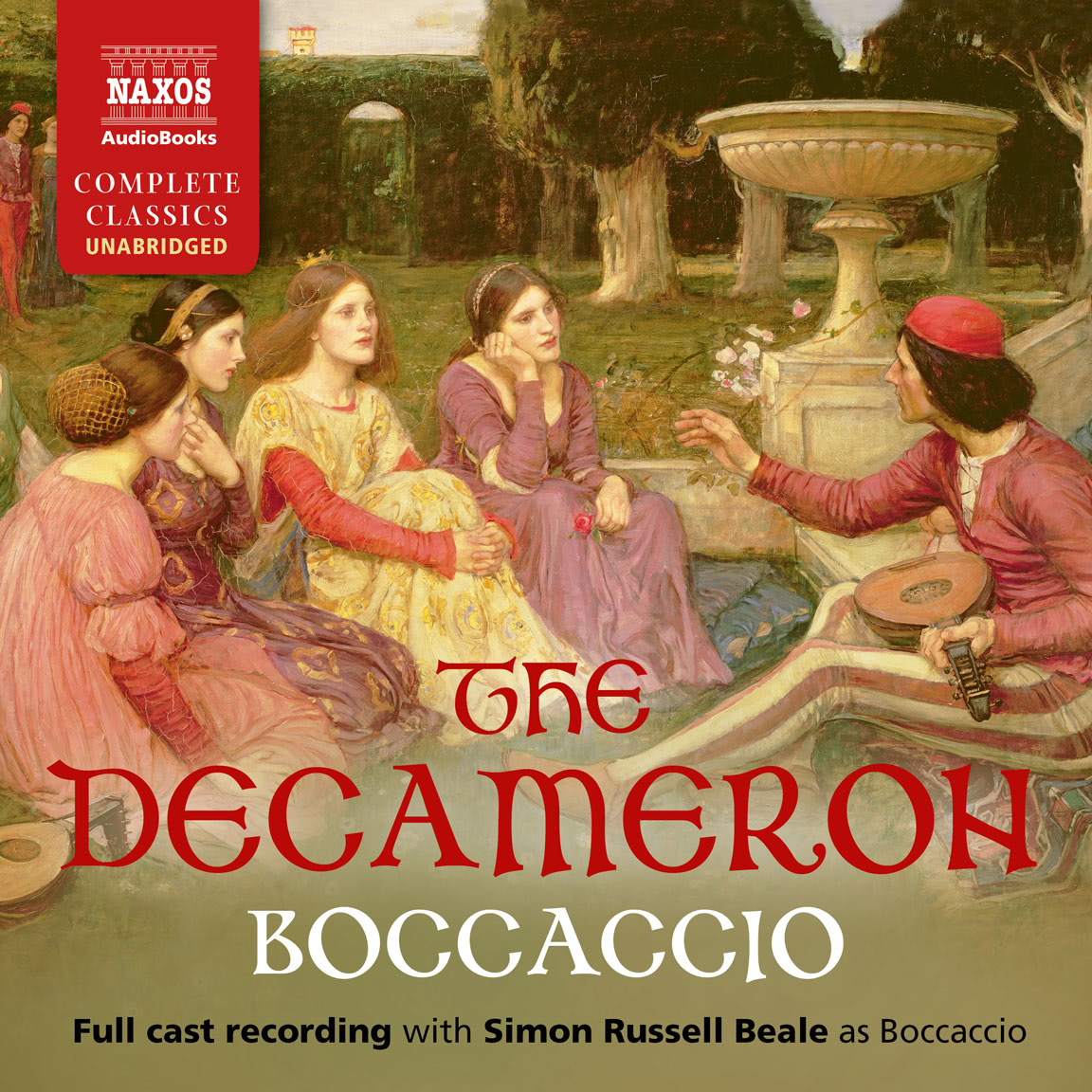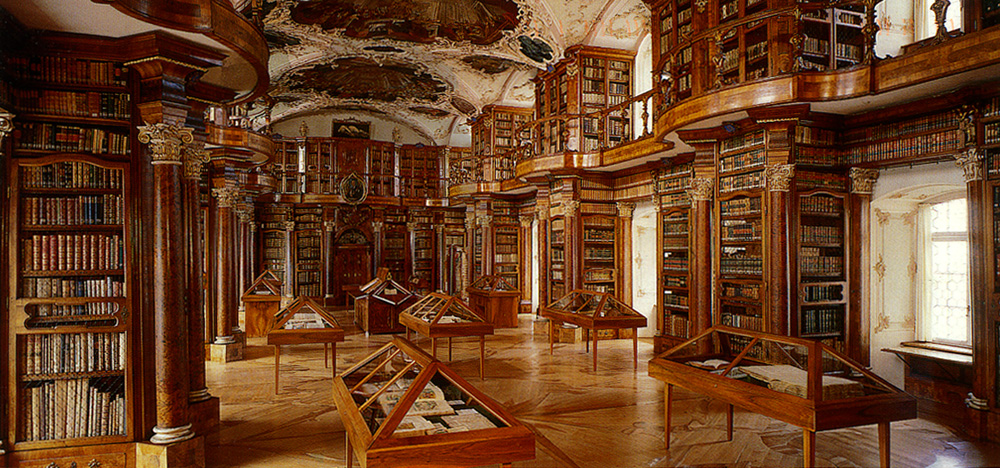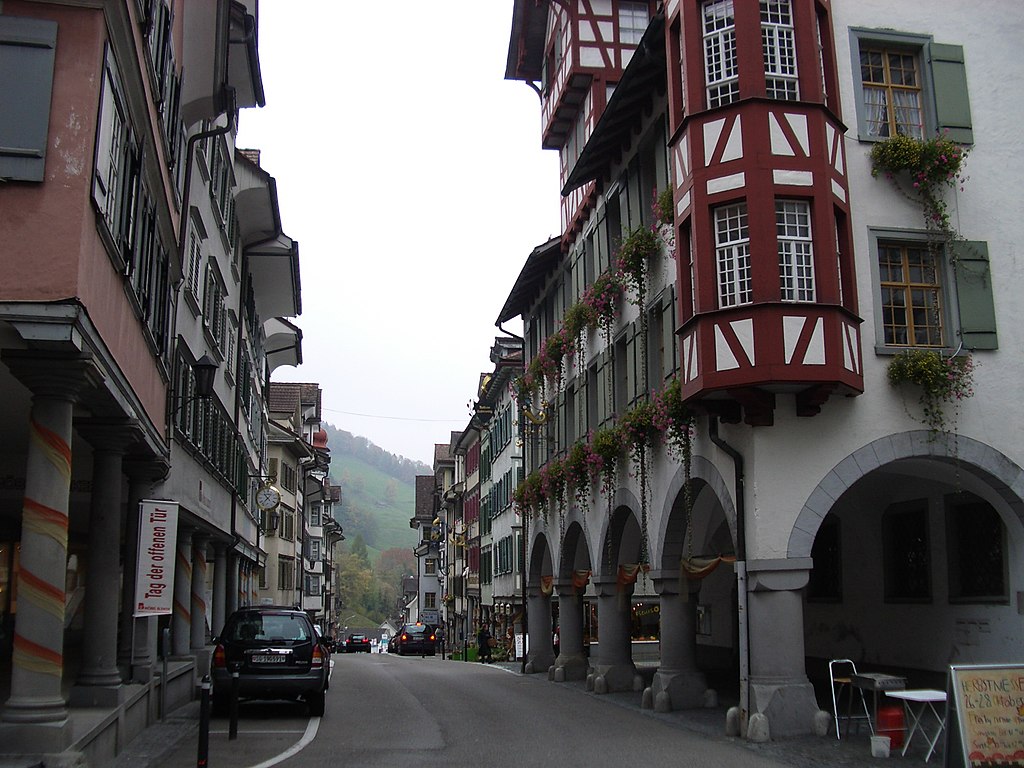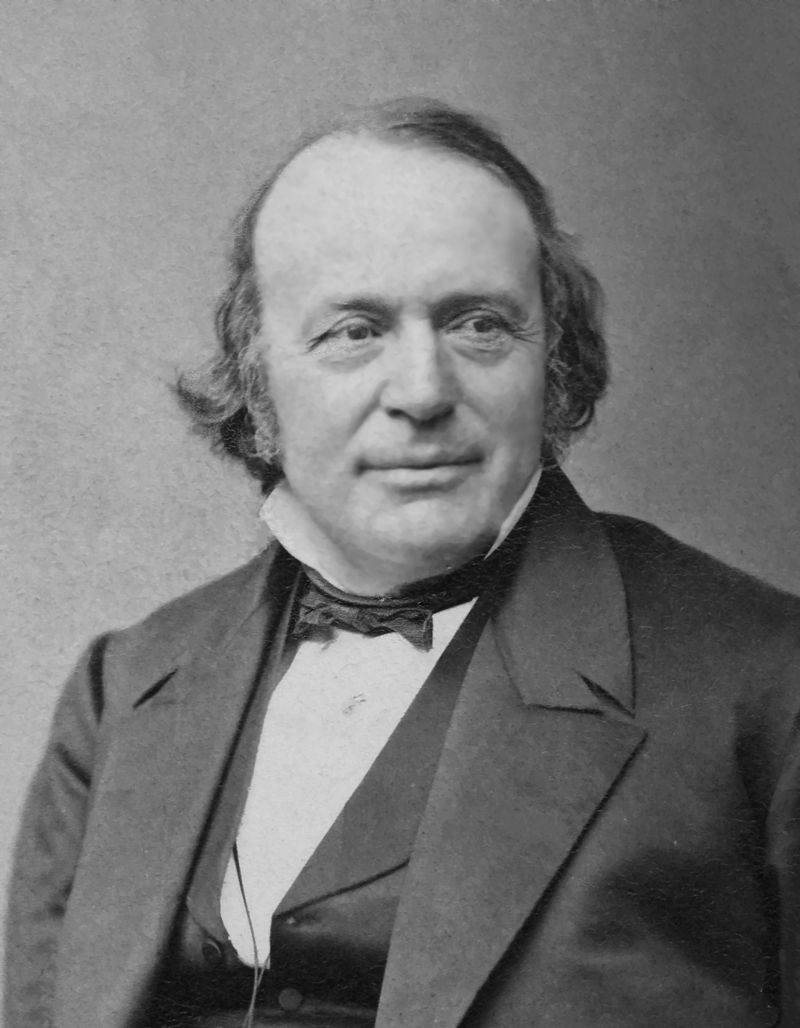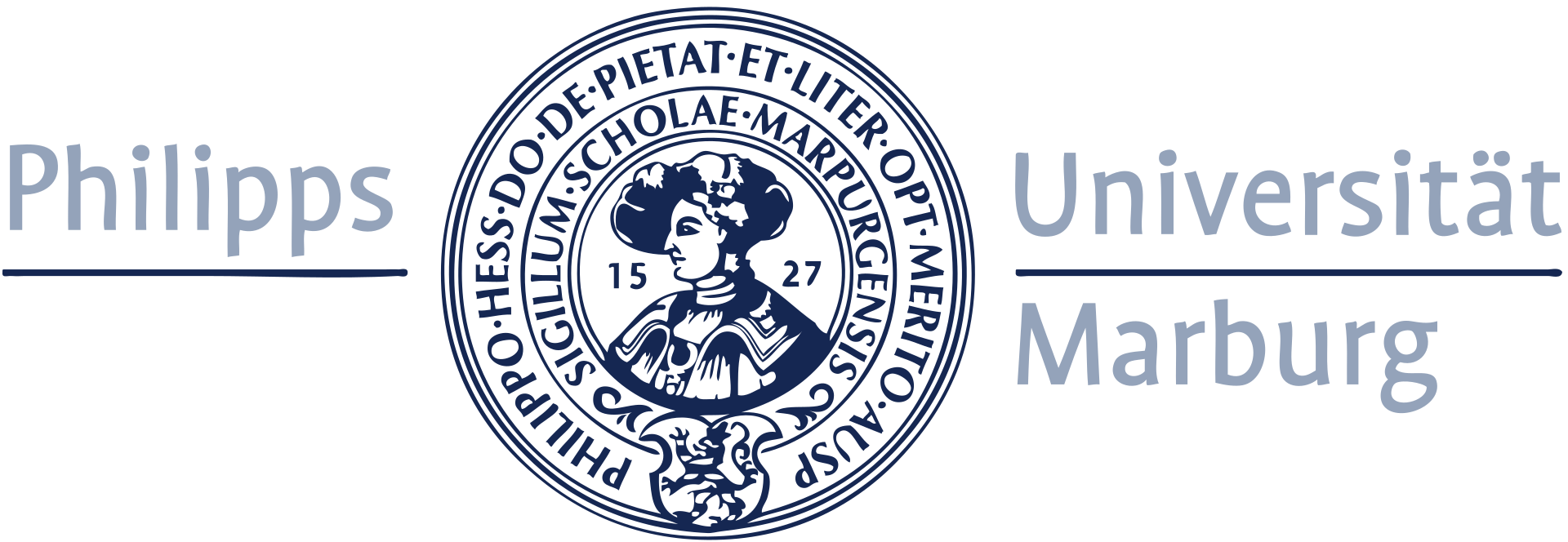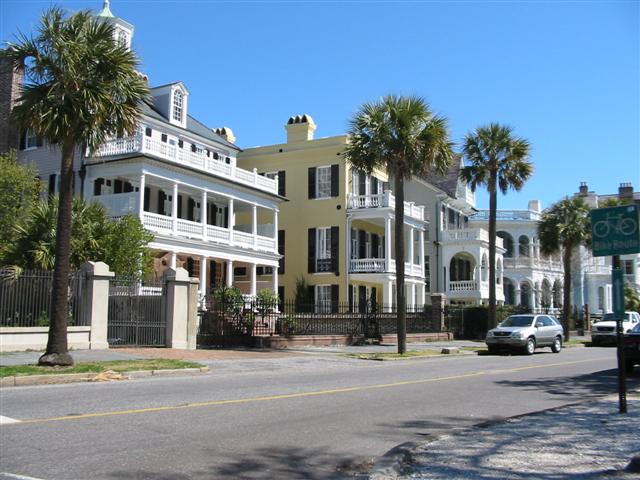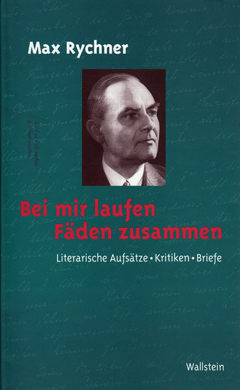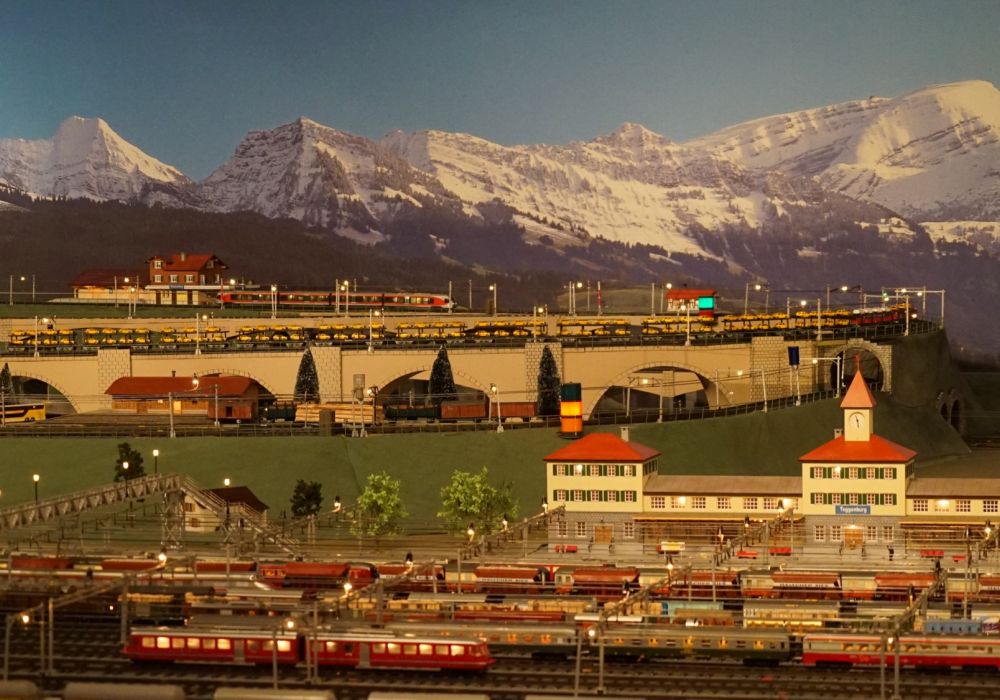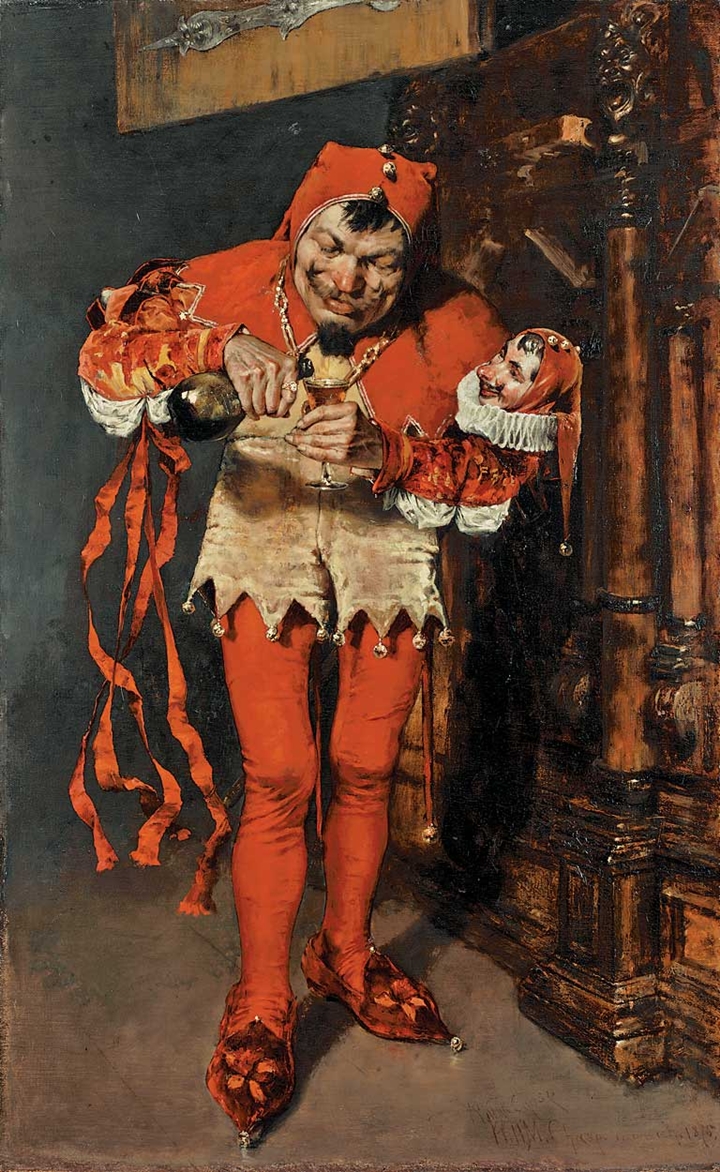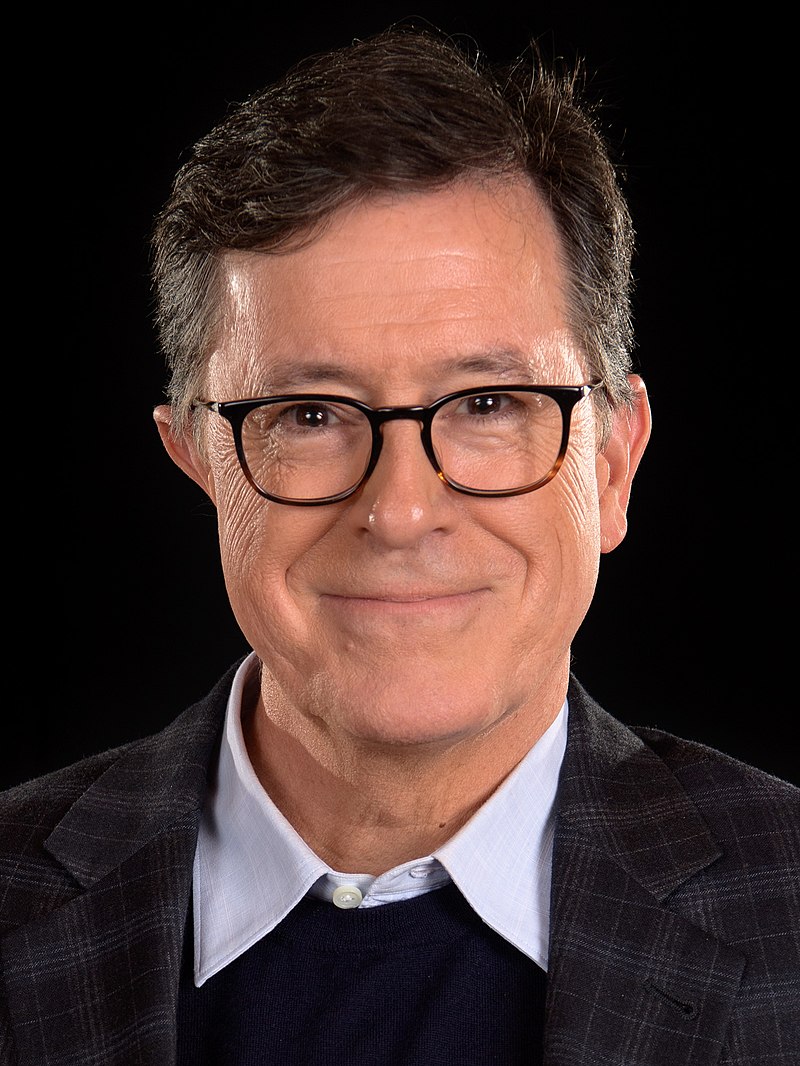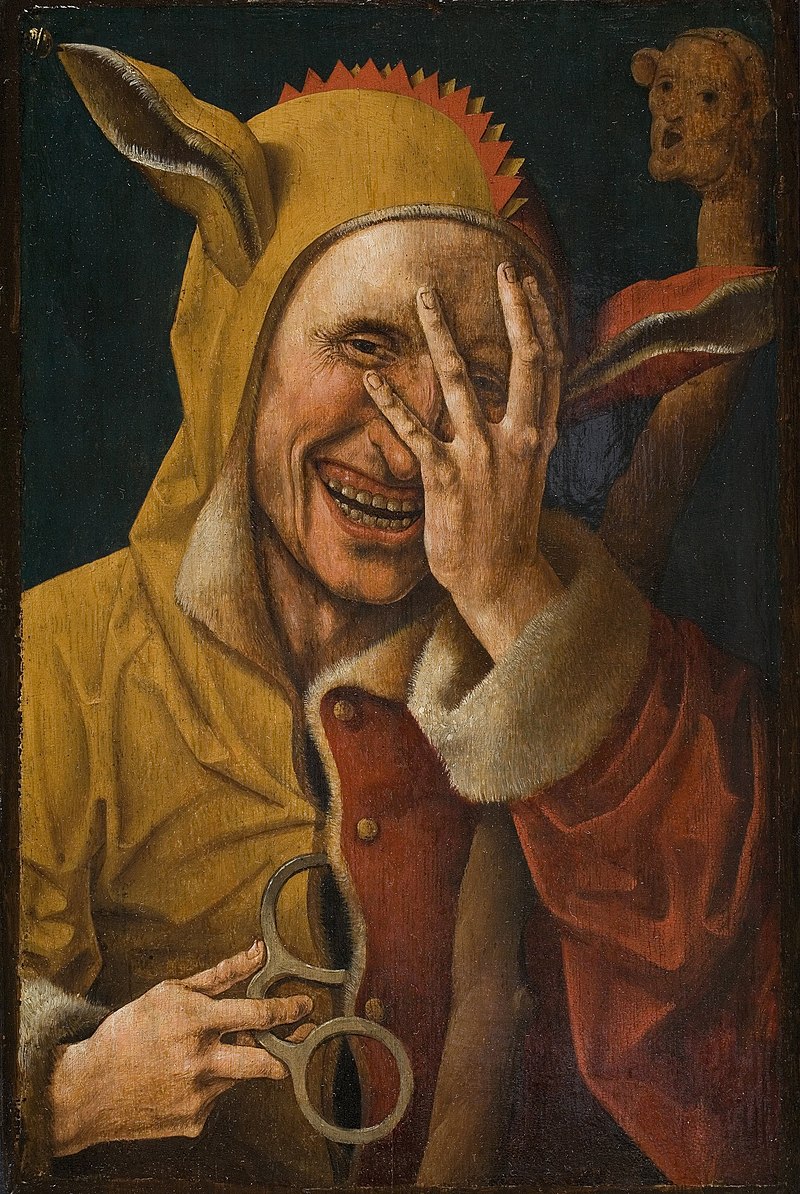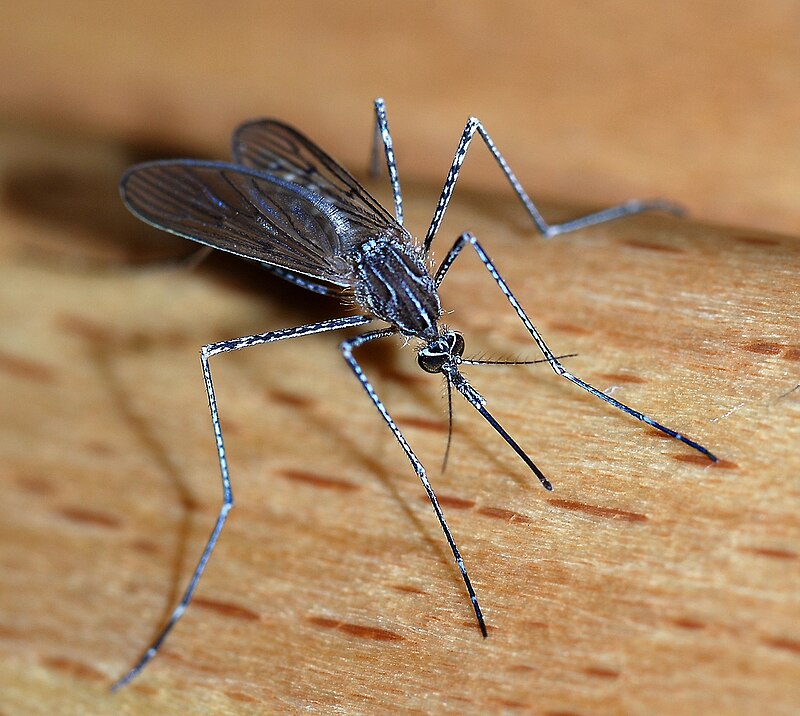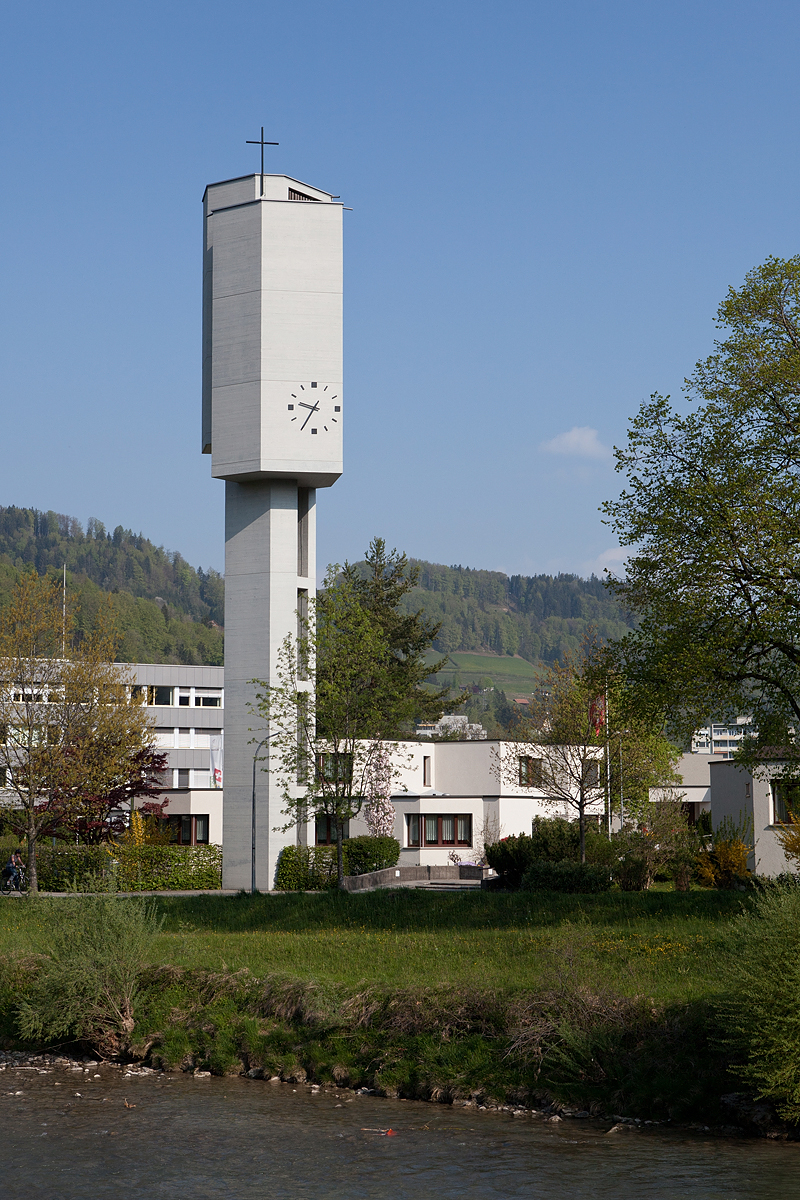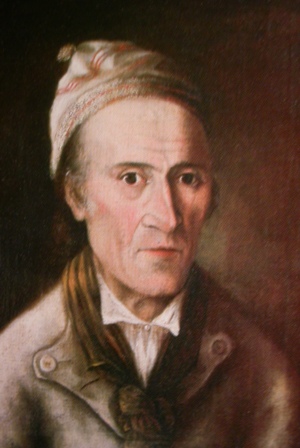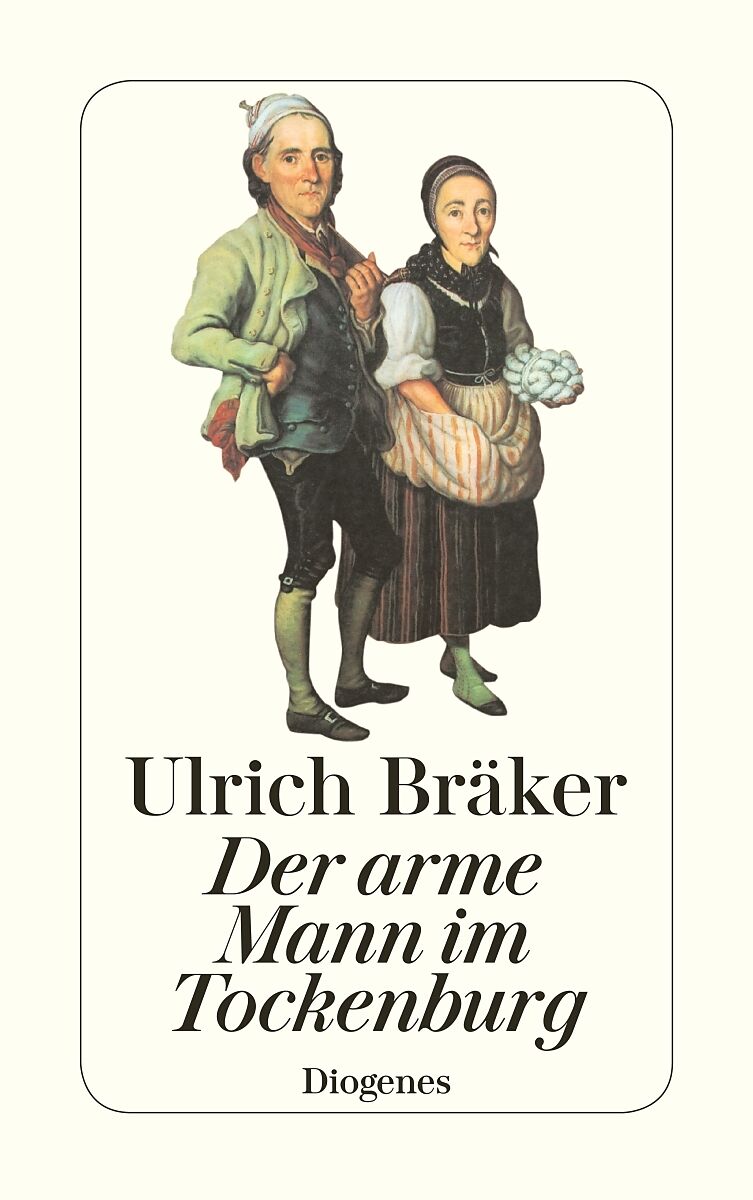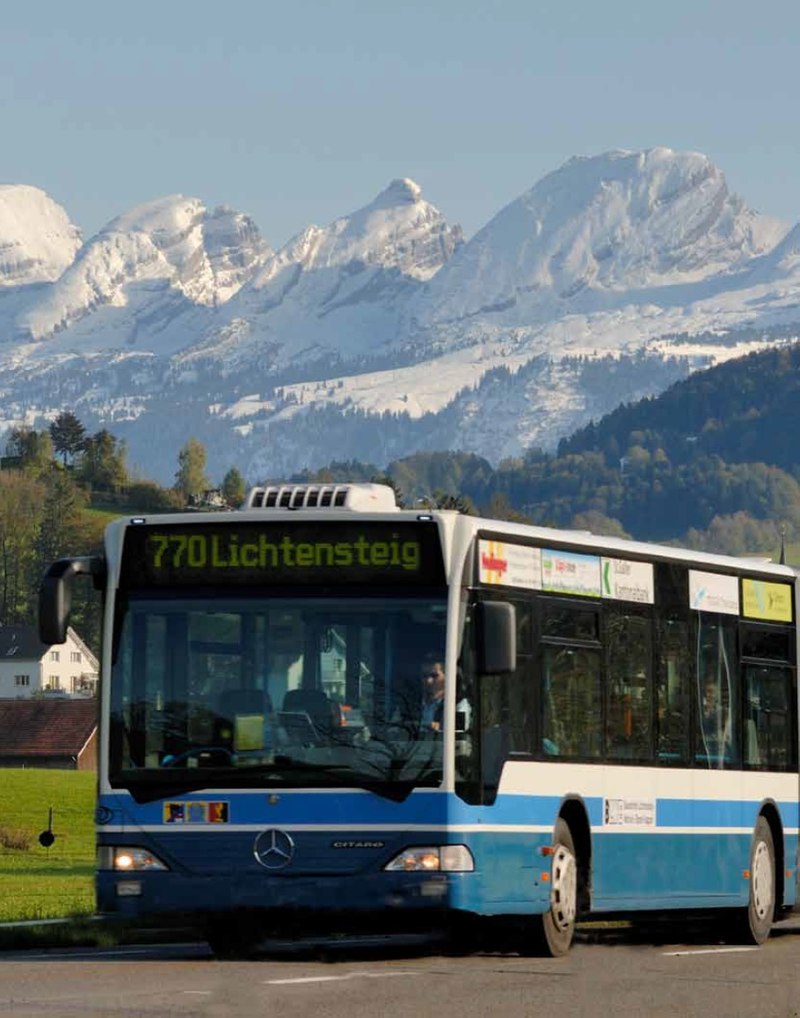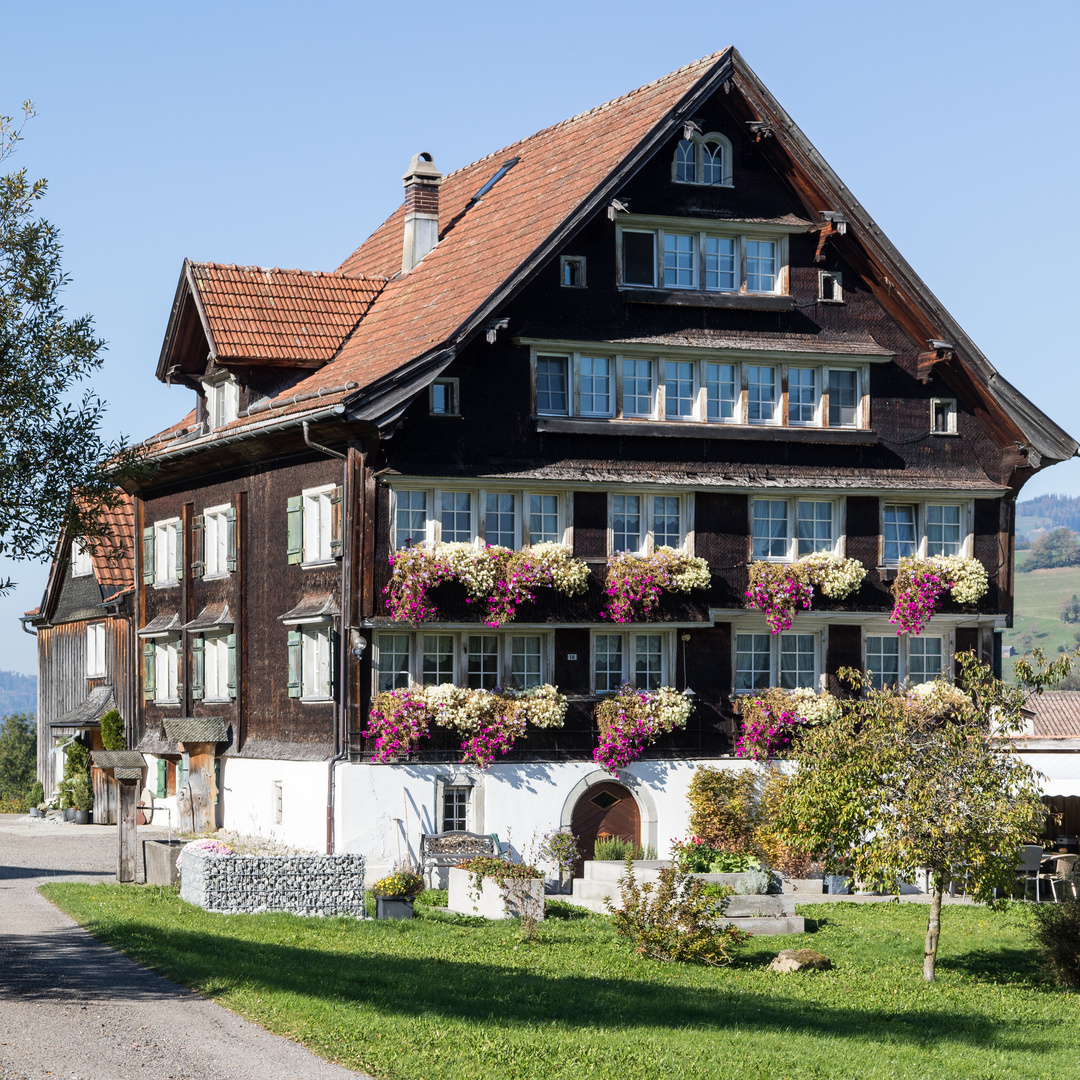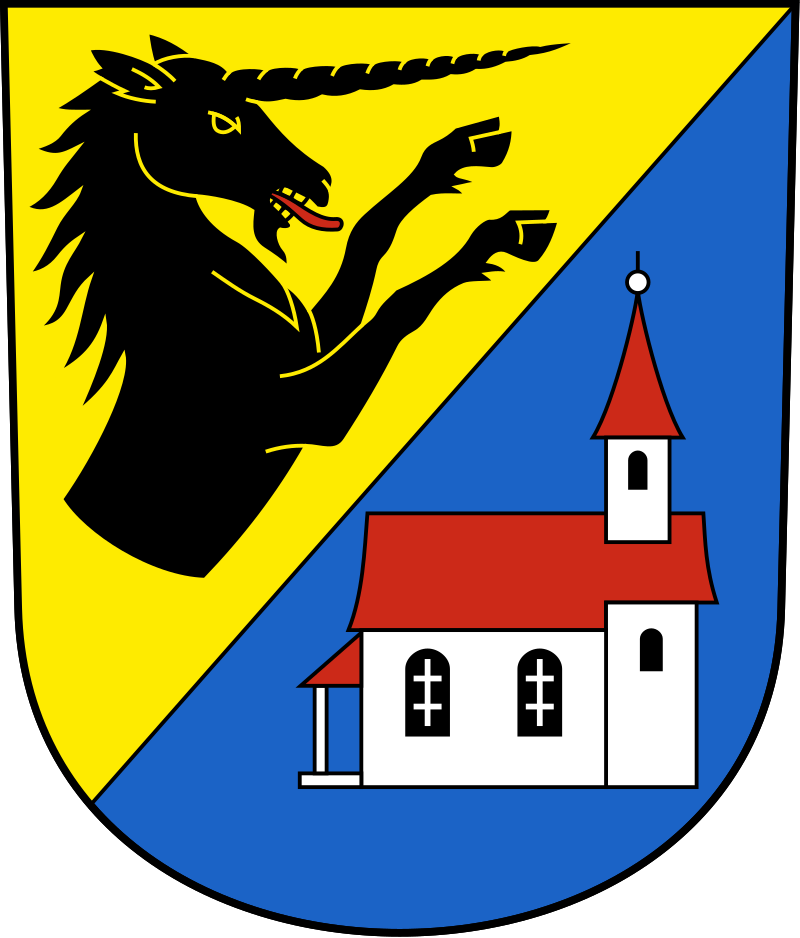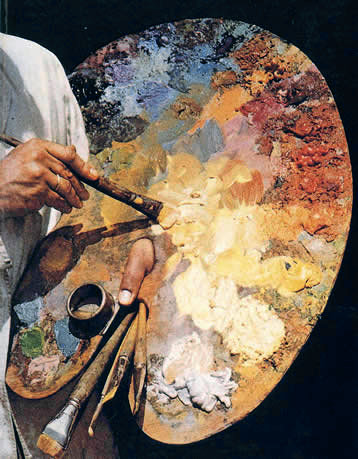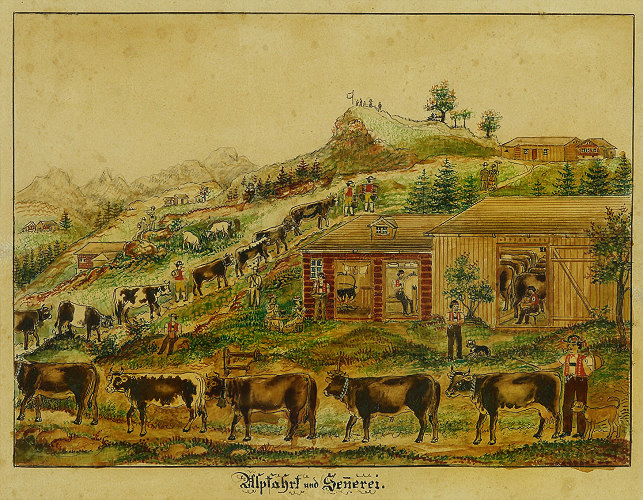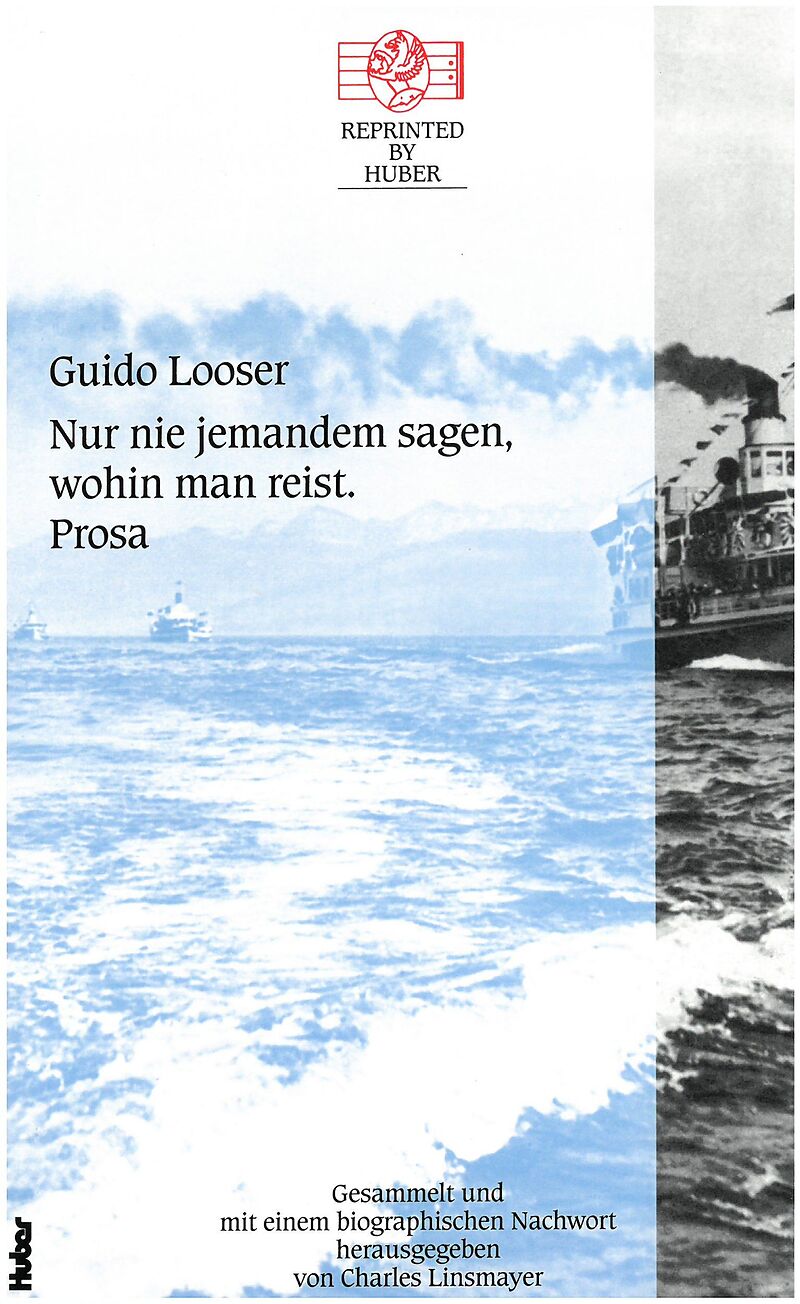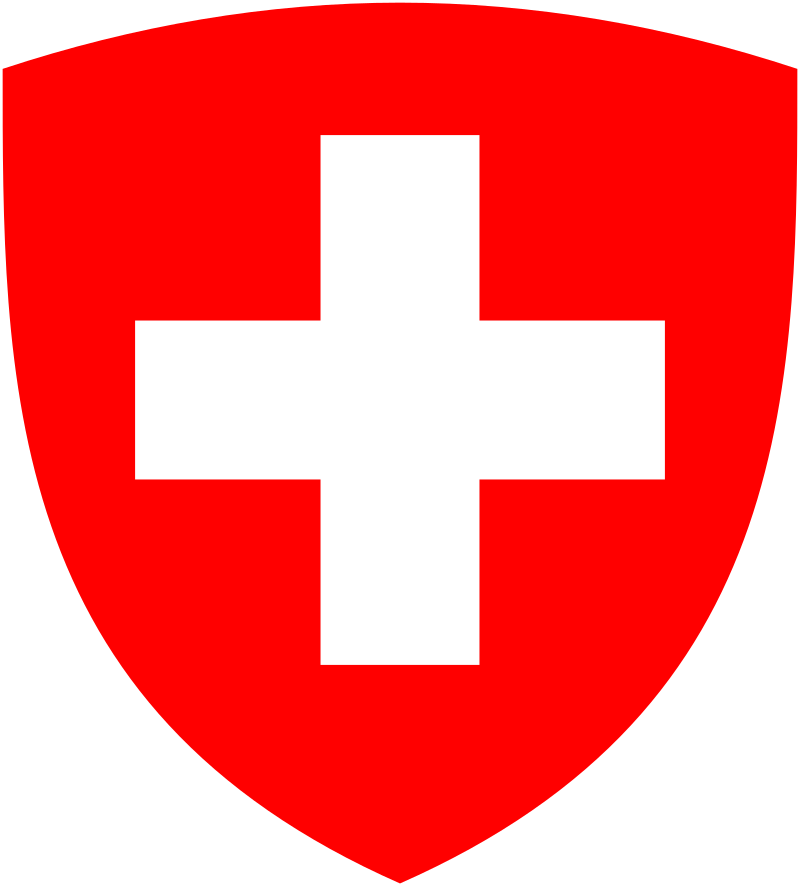A sense of entitlement
Eskisehir, Turkey, Sunday 26 September 2021
I recently learned that my landlord will raise the rent on my apartment.
Nowhere is it suggested that I have a say in the matter.
Nowhere is it written that my apartment will be improved.
I feel I have done the responsible thing by paying my rent regularly.
Apparently, acting responsibly to the property owner does not mean that the same responsibility and consideration and consultation about the increased rate is due to me.

I originally signed a six-month contract with both school and apartment owners.
I extended the school contract from six to nine months.
What I did not know nor was informed until it was rudely announced is that property owners raise the rent with each new contract, citing rising rates of inflation as the reason for the increase.

As usual the law protects the wealthy regardless of the injustice suffered by those not as affluent.
And once again I learn that doing the right thing unto others does not necessarily mean that the right thing shall be done unto you.
Once again, it is proven that life is essentially unbalanced, unfair, unjust.

I foolishly feel that I have a right to expect that the rent of tomorrow should remain the rates of yesterday.
But the property is not my own, thus I am left with two choices:
Remain where I am and pay a higher rent.
Or search for other accommodation.
I am at present undecided, but I would rather not abandon the apartment I have come to call home.
I suspect that the wealthy owner must believe that his needs for more profit far outweigh my needs of having more disposable income not devoted to the expenses of living.

This accommodation insecurity has affected my writing as well.
Three other blogposts have been begun and are emotionally blocked.
I try to write of an article I have read and await necessary quotes from a book I leant a friend.

I try to write of the further globetrotting adventures of Swiss Miss but distance between us has not improved our communication.

I try to write of a museum I truly loved during my 2020 sojourn in Canada but the words will not come.

Instead I write however I can, focusing instead on the much delayed, incredibly slow progress of the chronicle of the calendar.
I am only on Day 55 in my account.
I am only 214 days behind.
Late, but in earnest.

But which event to focus on?
The possibilities are rich:
- the assassination of a king (1386)

- the abdication of a king (1848)
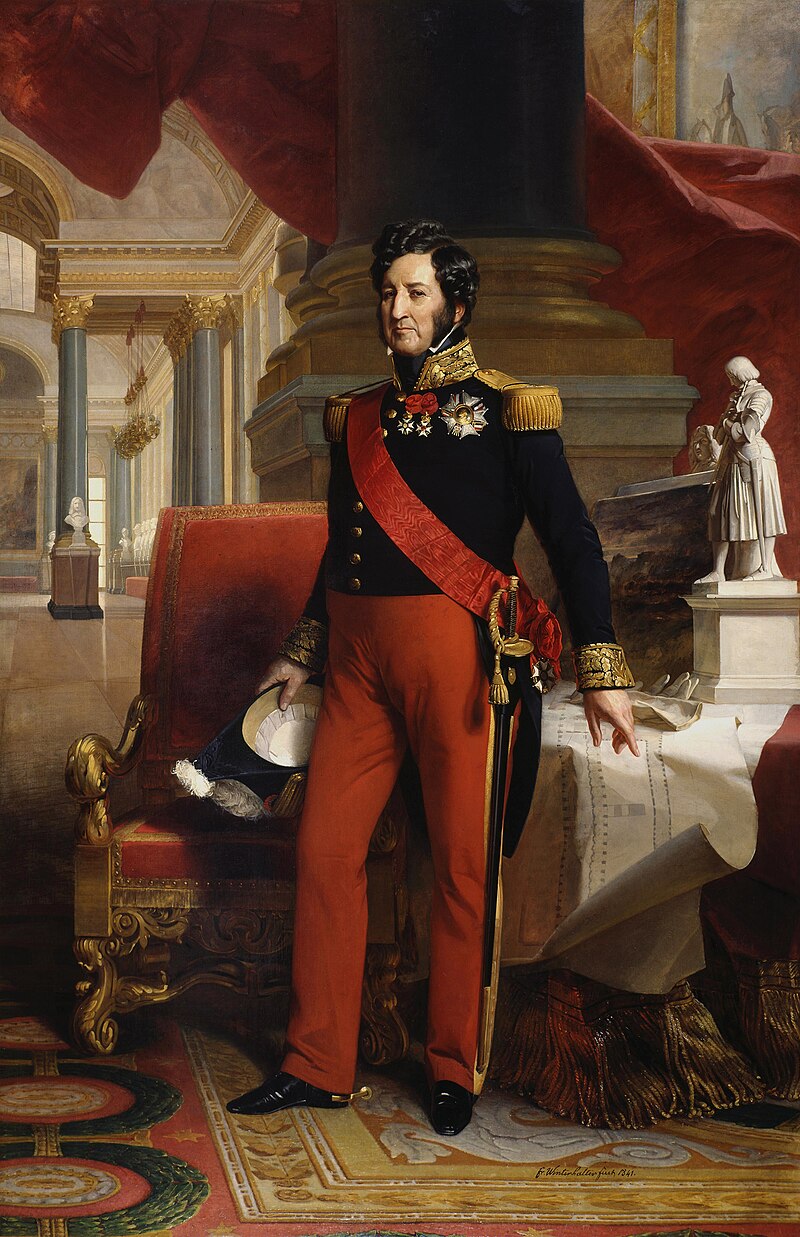
- the coronation of a king (1527)

- military actions around the globe (1303 / 1597 / and many more)

- the introduction of the Gregorian calendar (1582)

- the premiere of operas (1607 / 1711 / 1876)

- the signing of treaties (1538 / 1826 / 1831 / 1881 / 1949)
- the beginning and end of revolutions (1597 / 1821 / 1895 / 1918)
- a theatre burns down (1809)

- a temple is erected (1822)
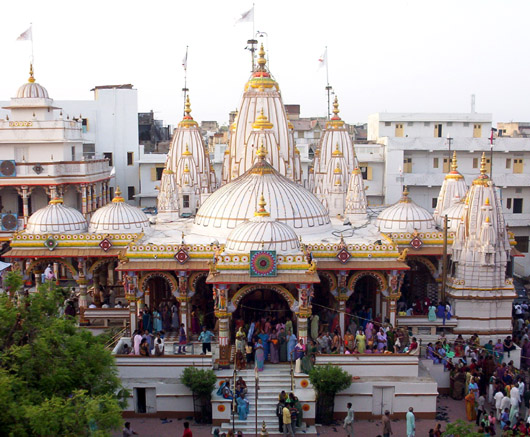
- a president is impeached (1868)

- a reason for war has been found (1917)

- the Nazi Party is founded (1920)

- the internment of Japanese Canadians is announced (1942)

- the internment of Japanese Americans is condemned (1983)

- a premier is killed (1945)
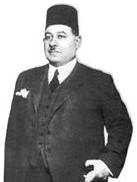
- a president is elected (1946)

- a president retires (2008)

- earthquakes strikes Greece and Morocco (1981 / 2004)
- planes crash (1989 / 1996 / 1999 / 2016)
- a school shooting in LA (1984)

- a ship sinks (1875)

- the first perforated postage stamp is issued (1854)

- celebrities are born





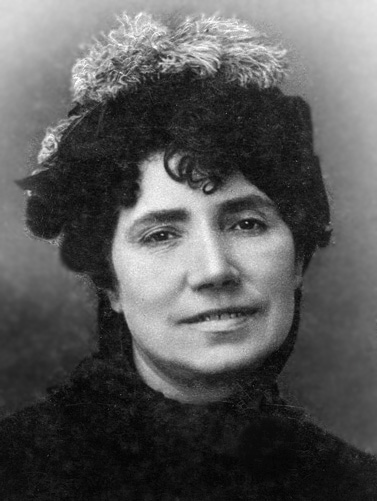


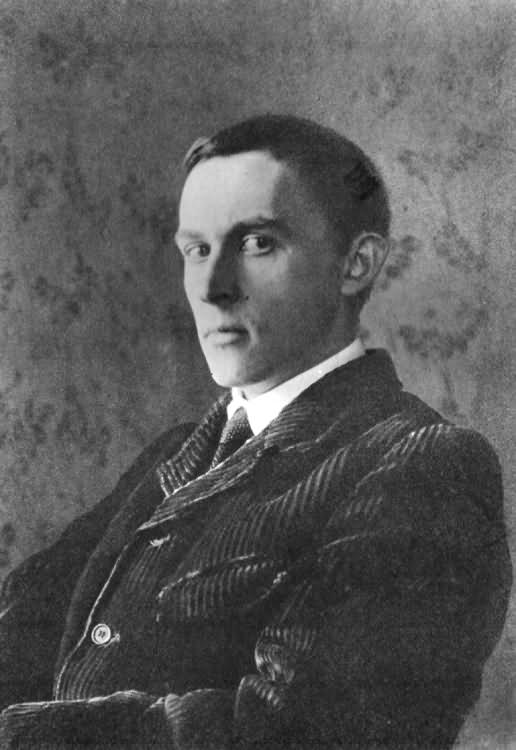
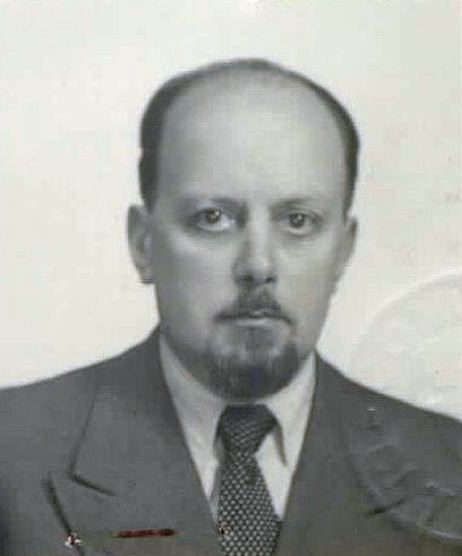

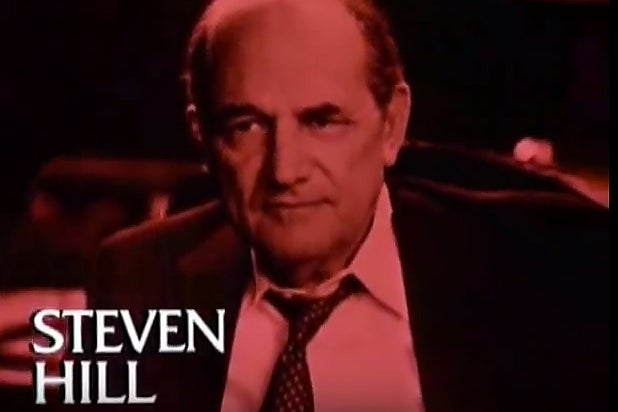


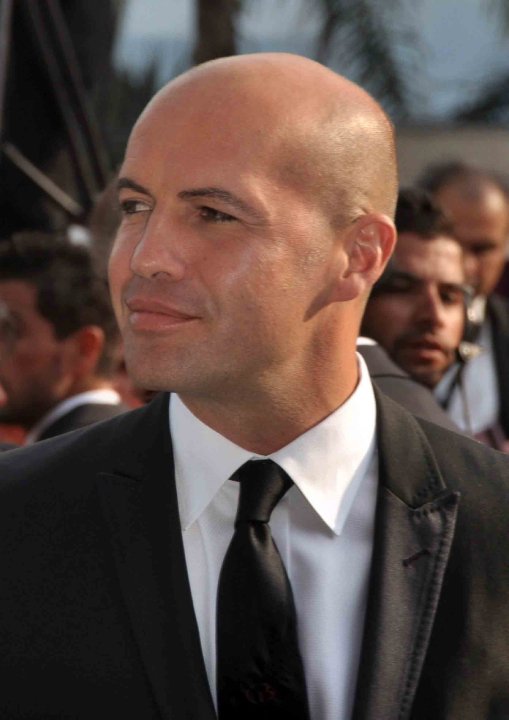

- celebrities die
I need to find some event that strikes a personal chord for me and suddenly inspiration is found in an unlikely place….
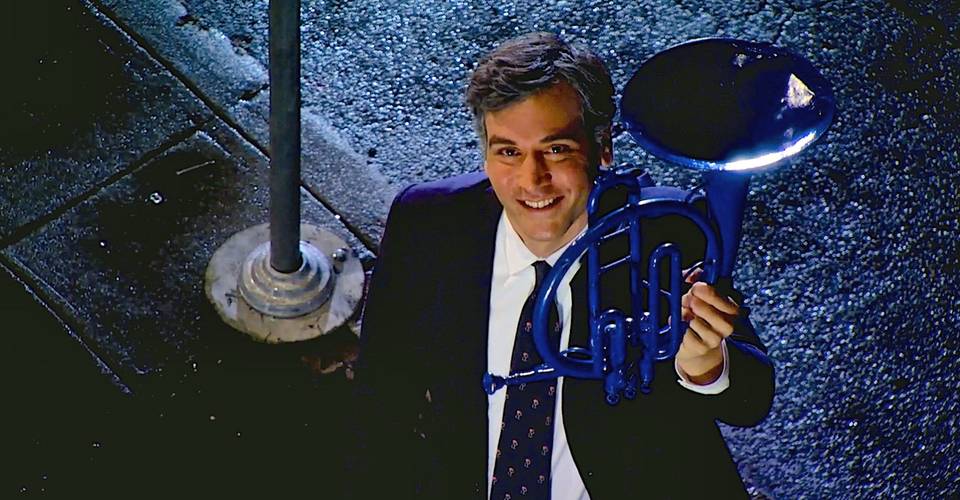
Landschlacht, Switzerland, Wednesday 24 February 2021
A balmy (compared to average Canadian temperatures) 13° in this wee village by the Lake of Constance…..

But because it is February I find myself thinking of Finland.

Finland, Finland, Finland
The country where I want to be
Pony trekking or camping or just watching TV
Finland, Finland, Finland
It’s the country for me

You’re so near to Russia
So far away from Japan
Quite a long way from Cairo
Lots of miles from Vietnam

Finland, Finland, Finland
The country where I want to be
Eating breakfast or dinner
Or snack lunch in the hall
Finland, Finland, Finland
Finland has it all

You’re so sadly neglected
And often ignored
A poor second to Belgium
When going abroad

Finland, Finland, Finland
The country where I quite want to be
Your mountains so lofty
Your treetops so tall
Finland, Finland, Finland
Finland has it all
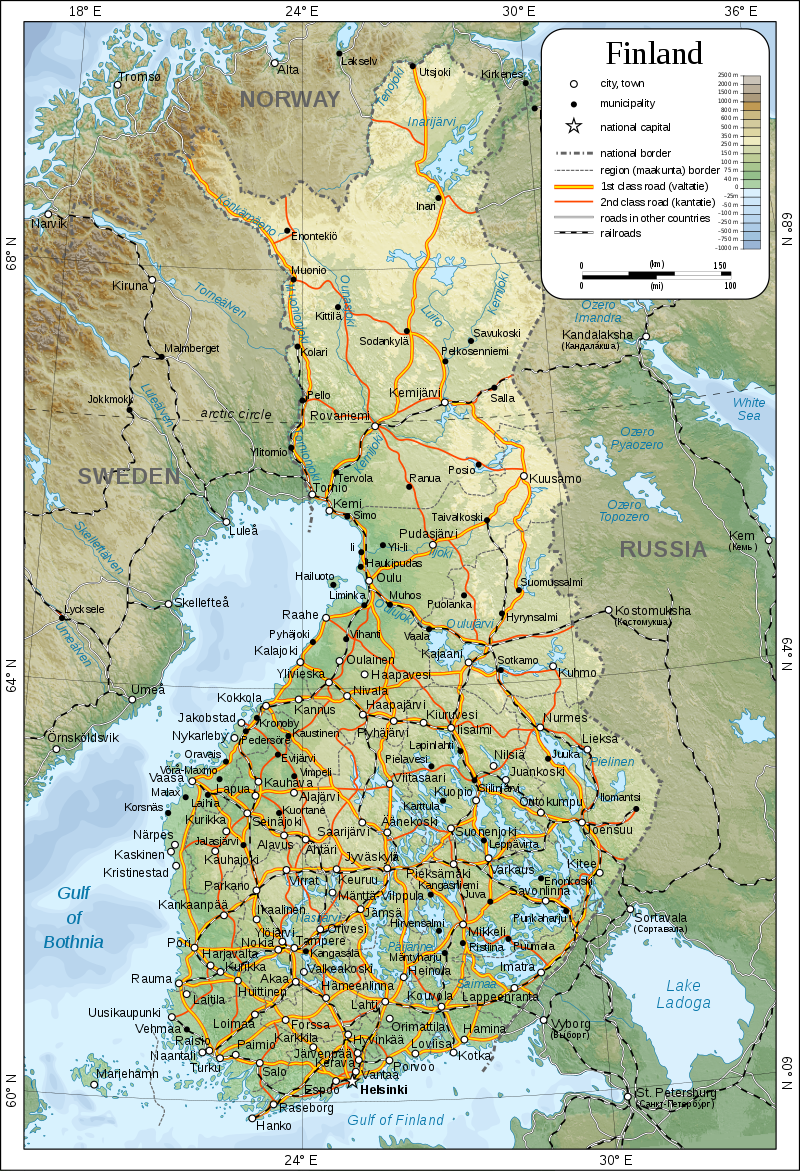
Inspired design, technology and epicurean scenes meet epic stretches of wilderness there in Europe’s deep north, where summer’s endless light balances winter’s eerie frozen magic.


Above: Northern Lights
The Finland you encounter will depend on the season of your visit, but whatever the month there is something pure in the Finnish air and spirit that is vital and exciting.

Summer is a time for music festivals, exhibitions, lake cruises, midnight sunshine on convivial beer terraces, idyllic days at remote waterside cottages and lush market produce.

Winter has its own charm as snow blankets the pines and lakes freeze over.
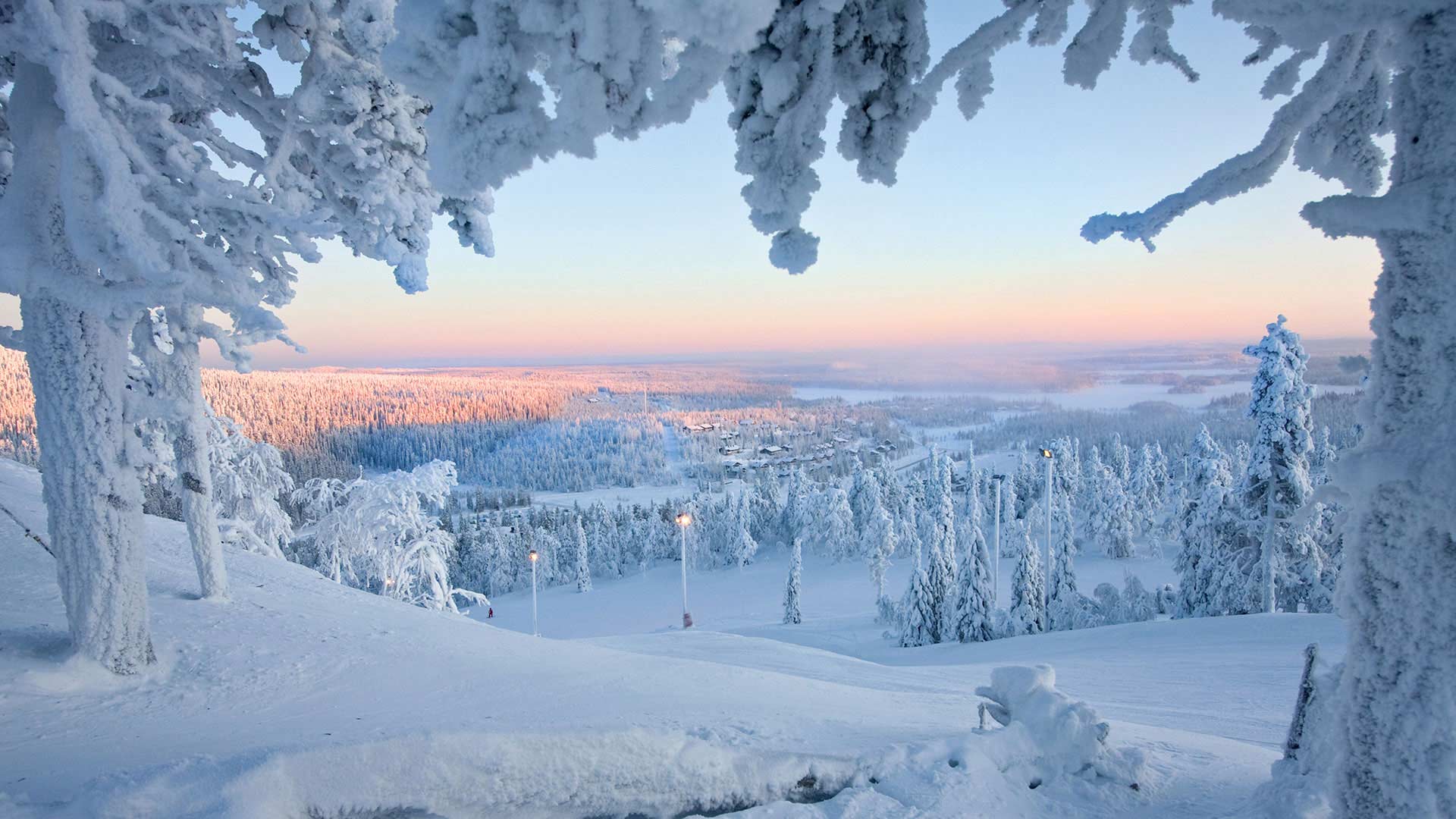
The best way to banish those frosty subzero temperatures is to get active and skiing is great through to May.

Other pursuits include catching the aurora borealis (Northern Lights), steaming up in a wood-fired sauna and spending a night in a glittering, iridescent ice hotel.



Spotting the eerie Northern Lights glowing in the sky is on the agenda of many visitors.
Far north Lapland in Finland is one of the best places to observe aurorae, as it has good accessibility, high-quality accommodation and inland Finland has relatively clear skies, compared to coastal Norway.
However, seeing them requires some planning and some luck.
To have a good chance to see them you should stay at least a few days, preferably a week or more, in the far north in the right season.
In the south, Northern Lights are seldom seen.
In Helsinki there are Northern Lights about once a month, but you are likely to be somewhere with too much light pollution.
In the winter in northern Lapland, on the other hand, the probability of some Northern Lights is 50% –70 % every night with clear skies, and light pollution is quite easy to avoid there.

But Finland isn’t just vast expenses of pristine wilderness.
Vibrant cities stock the southern parts, headlined by the capital, Helsinki, a cutting-edge urban space with world-renowned design and music scenes.

The country has comfortable small towns and cities, as well as vast areas of unspoiled nature.
About 10% of the area is made up by 188,000 lakes, with a similar number of islands.

Finland extends into the Arctic, where the Northern Lights and the Midnight Sun can be seen.
The mythical mountain of Korvatunturi is said to be the home of Santa Claus, and there is a Santaland in Rovaniemi.
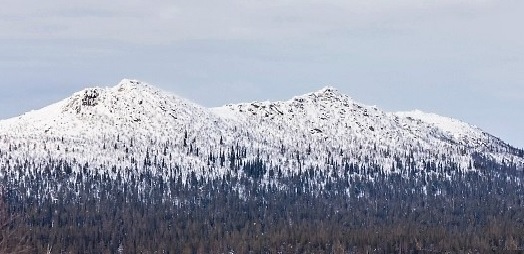

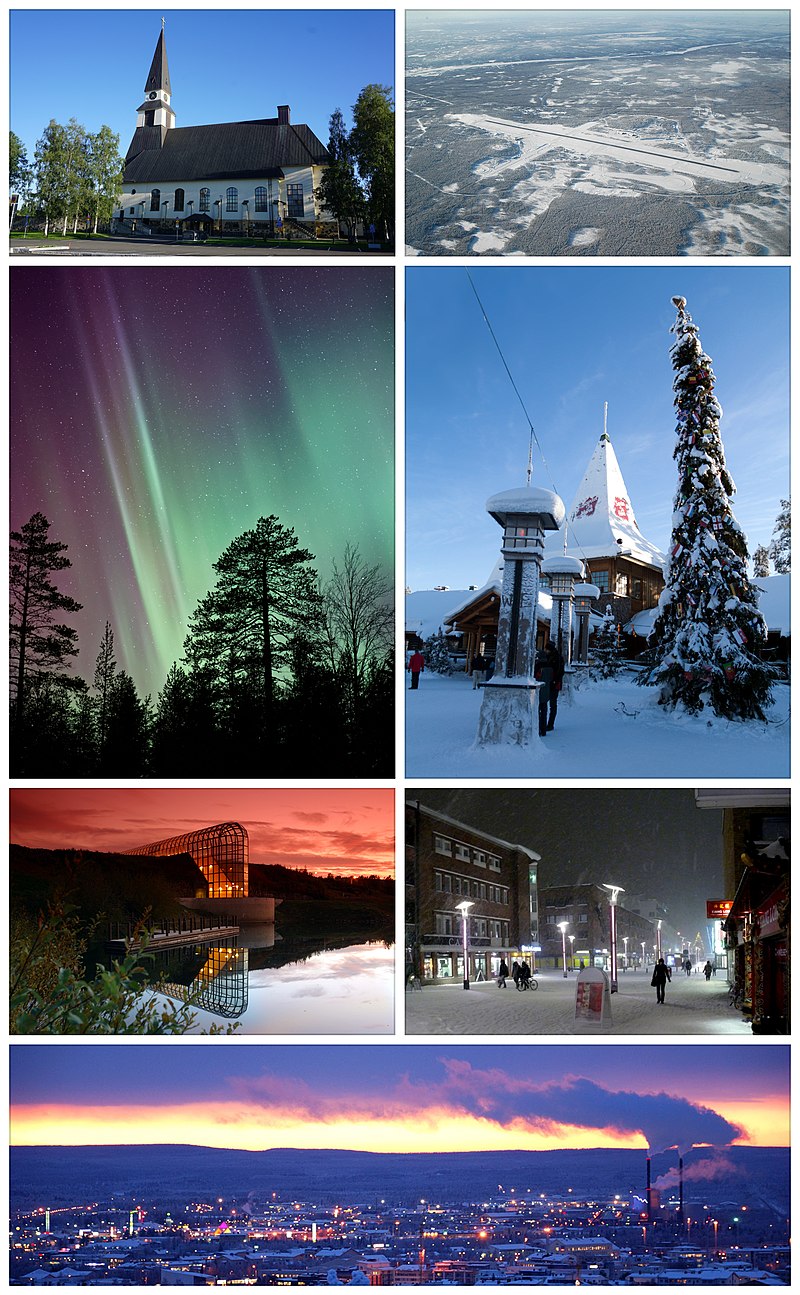
Unlike craggy Norway and Sweden, Finland consists mostly of low, flat to rolling plains interspersed with lakes and low hills, with mountains (of a sort) only in the extreme north and Finland’s highest point, Mount Halti, rising only to a modest 1,328 metres.
Finland sits squarely on the taiga zone, covered in coniferous forest, which is interspersed with cultivated land, towns, lakes and bogs.
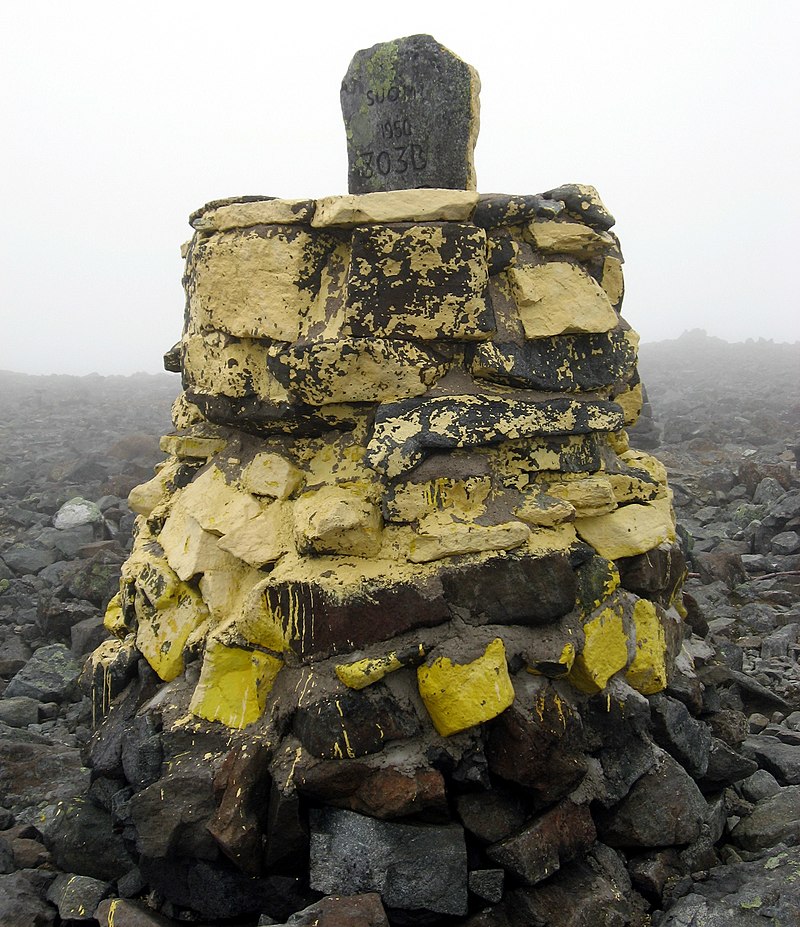
“Too much of Finnish reality depends on uniquely Finnish circumstances.
Finland is as big as two Missouris, but with just 5.2 million residents, it’s ethnically and religiously homogeneous.

A strong Lutheran work ethic, combined with a powerful sense of probity, dominates the society.
Homogeneity has led to consensus:
Every significant Finnish political party supports the welfare state and, broadly speaking, the high taxation that makes it possible.










And Finns have extraordinary confidence in their political class and public officials.
Corruption is extremely rare.”



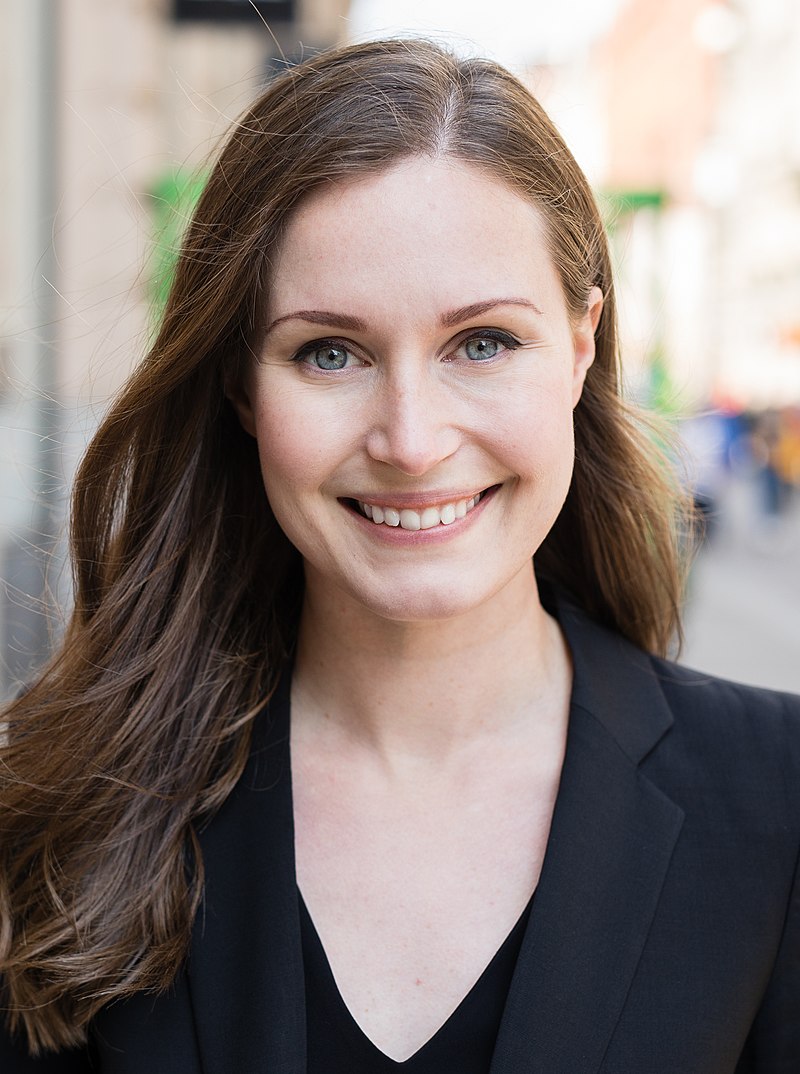

“Finns live in smaller homes than Americans and consume a lot less.
They spend relatively little on national defense, though they still have universal male conscription, and it is popular.
Their per capita national income is about 30% lower than America’s.
Private consumption of goods and services represents about 52% of Finland’s economy, and 71% of the United States.
Finns pay considerably higher taxes — nearly half their income — while Americans pay about 30% on average to federal, state and local governments.”

Finland has 187,888 lakes, according to the Geological Survey of Finland, making the moniker Land of a Thousand Lakes something of an underestimate.

Along the coast and in the lakes are – according to another estimate – 179,584 islands, making the country an excellent boating destination as well.
The Lakeland is more or less a plateau, so the lakes make up labyrinths of islands, peninsulas, sounds and open water, and the coastal archipelagos follow suite.

As a country with many lakes, a long coast and large archipelagos, Finland is a good destination for boating.
There are some 165,000 registered motorboats, some 14,000 yachts and some 600,000 rowboats and small motorboats owned by locals, that is one boat for every seventh Finn.
If you stay at a cottage, chances are there is a rowing boat available.
Yachts and motorboats are available for charter in most bigger towns at suitable waterways.
You may also want to rent a canoe or kayak, for exploring the archipelagos or going down a river.
During the short summer you can swim, canoe, row or sail in the lakes or in the sea.

The water is at its warmest around 20 July, with temperatures about 20 °C (68 °F).
Local newspapers usually have the current surface temperatures and a map of the surface temperatures can also be found from the Environment Ministry website.
During the warmest weeks, late at night or early in the morning the water can feel quite pleasant when the air temperature is lower than the water’s.

Most towns also have swimming halls with slightly warmer water, but these are often closed during the summer.
Many Finns swim outdoors in winter also.

There are lifeguards in busy hours at some beaches, but non-obvious risks are rare.
Nearly any shore can be used as long as you do not jump in without checking for obstacles.

Algal bloom (sinilevä/cyanobakterier) can happen during the warmest period, so if the water seems to contain massive amounts of blue-green flakes, do not swim or use the water, and do not let children or pets into it.

The right to access and the sparse population makes it easy to go hiking wherever you are.
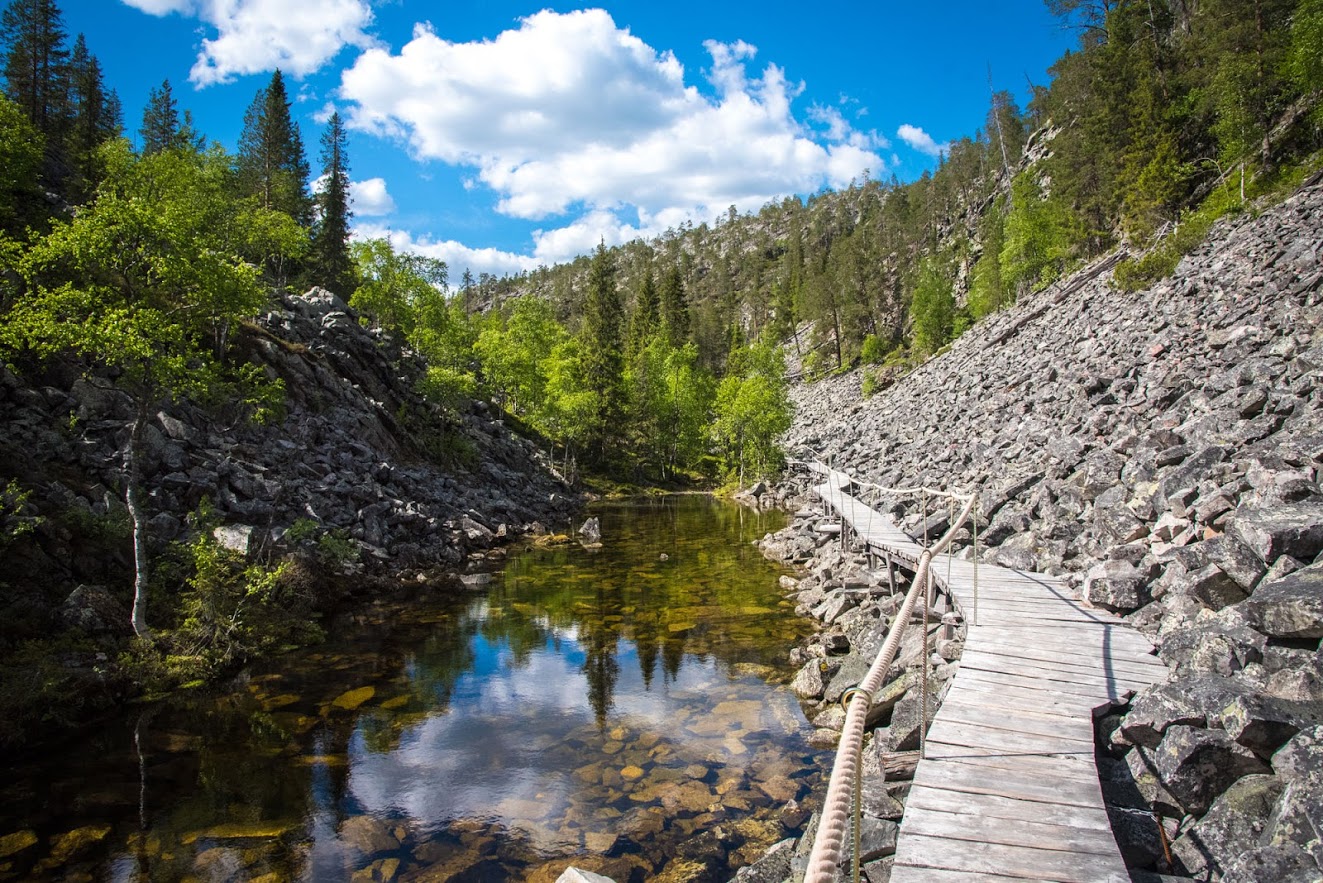
If you are serious about it, you might want to check Finnish National Parks for destinations.

There are trails for easy day trips as well as for week-long hikes – and large backwoods for the experienced.
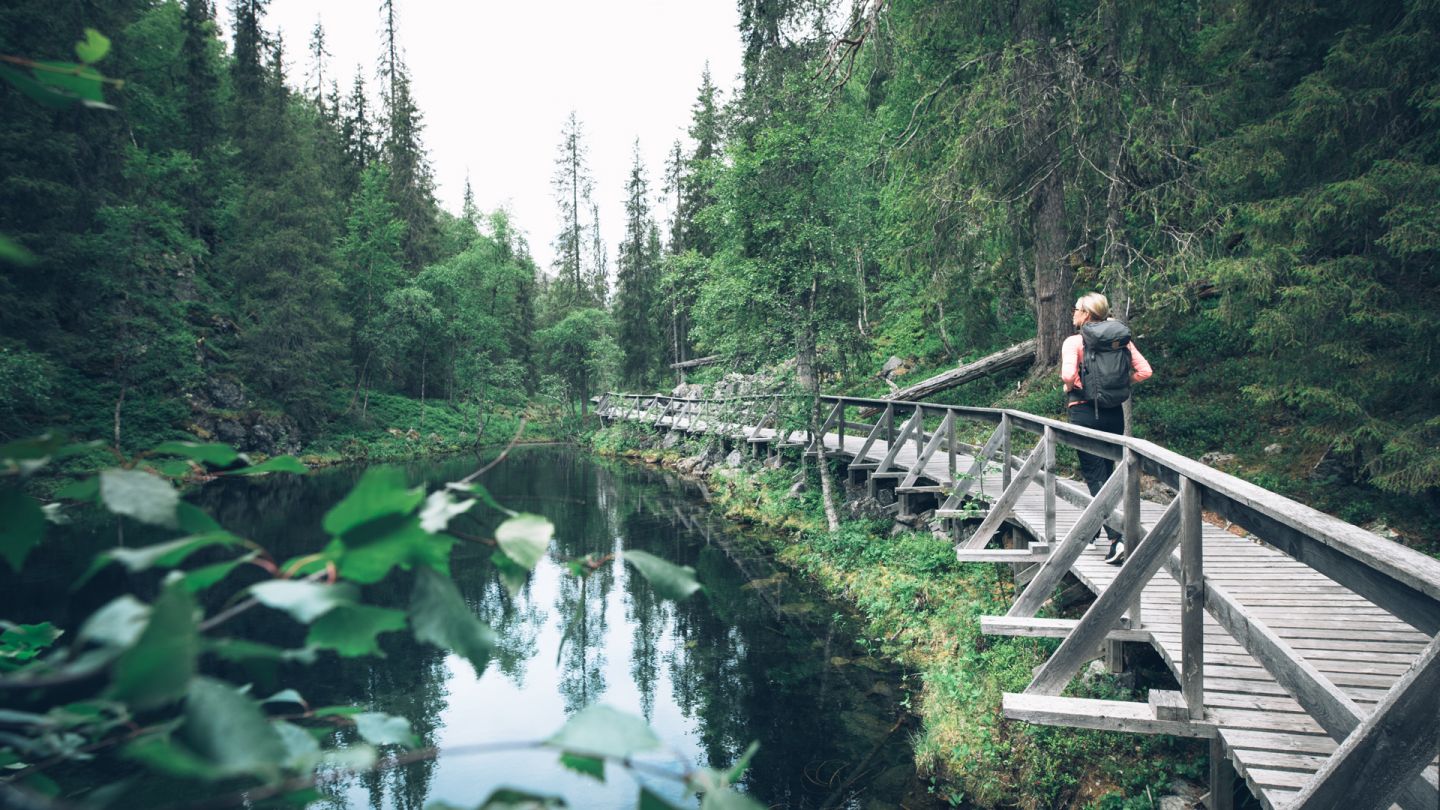
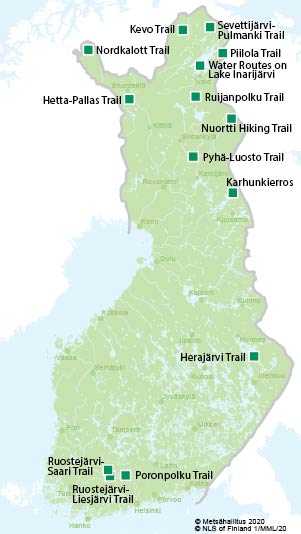
The best season for hiking is early fall, after most mosquitoes have died off and the autumn colours have come out, but summer is good too, and all seasons possible.

Making an open fire requires landowner permission (which you have at campfire sites at most hiking destinations) and is forbidden during wildfire warnings regardless of such permission.

A lighter version of being outdoors is to go berry picking in some nearby forest.
Also in bigger cities, there are usually suitable woods interspersed with the suburbs (i.e. within half a kilometre from a local bus stop).
Bilberry (Vaccinium myrtillus, mustikka/blåbär, closely related to the blueberry) is common enough that you nearly anywhere (in July and August) quickly will find berries for your morning porridge for all the week, for pies and deserts with cream and sugar.

Other common berries include wild strawberry (metsämansikka/smultron, from late June), lingonberry (puolukka/lingon, August–September), bog bilberry (juolukka/odon), raspberry (vadelma/hallon) and crowberry (variksenmarja/kråkbär/čáhppesmuorji).


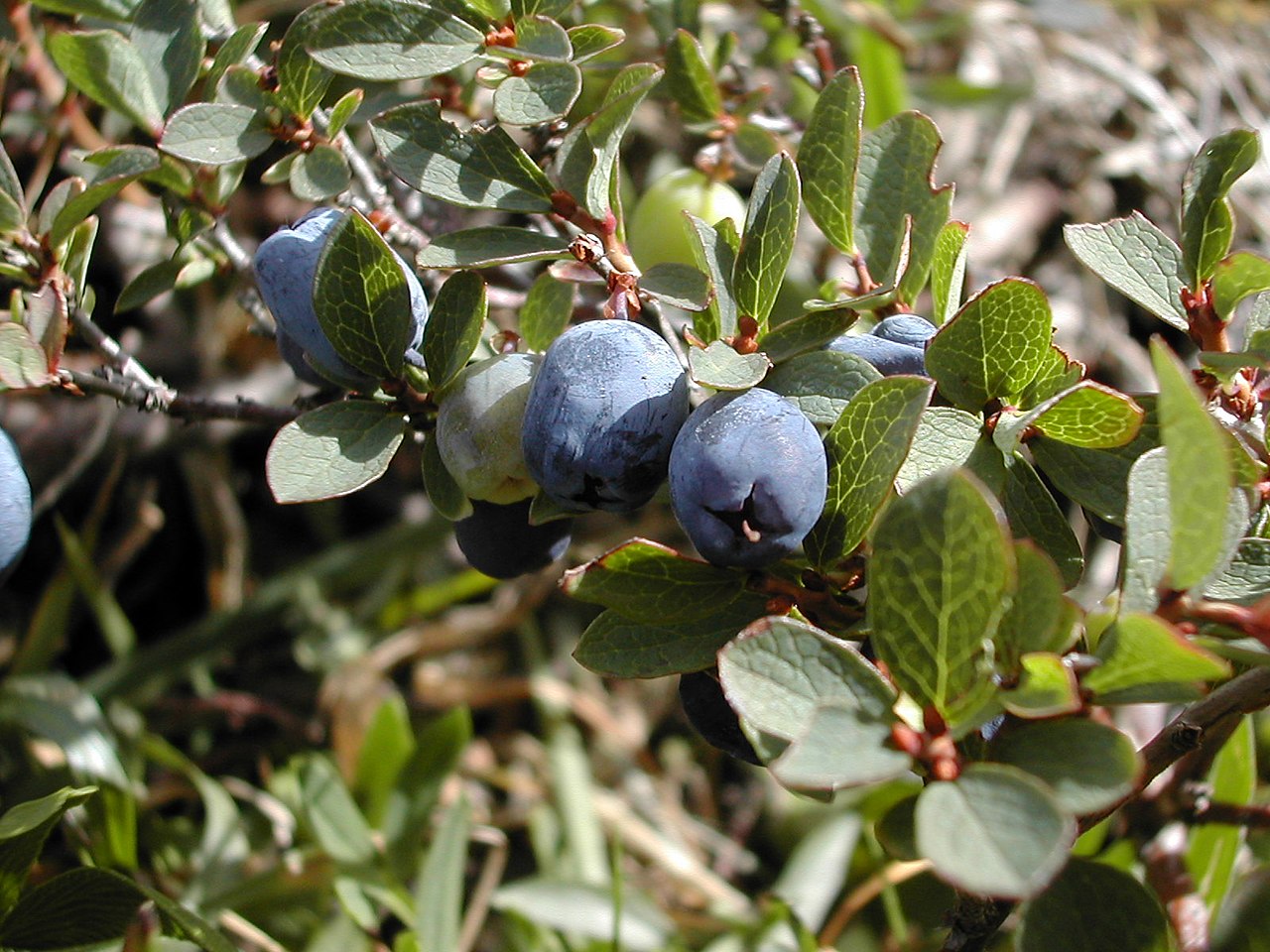


On bogs you may find cloudberry (lakka/hjortron/luomi) and cranberry (karpalo/tranbär), the latter picked late in autumn.


You can even sell excess berries at a local market (though this may be restricted for cloudberries in Lapland).
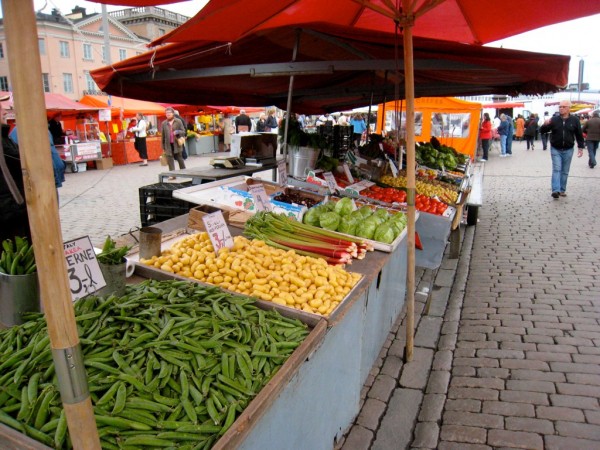
(Please note that Halle Berry is found only in America.)

Many Finns also pick mushrooms, but that requires you to know what you are doing, as there are deadly ones, including the death cap and the European destroying angel, easy to mistake for an Agaricus (field/button/common mushroom and the like).


A good rule of thumb is to never pick any white mushrooms, mushrooms growing on stumps or Cortinarius species, which have a cortina (a web of fibers resembling a cobweb) and usually reddish gills.

You should of course not pick any mushrooms you do not know, but edible mushrooms in these categories are easily confused with common deadly ones.
(Always bring along a botanist!)
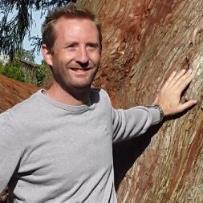
In winter (and spring in the north) the way to go is of course cross-country skiing.
There are maintained tracks around most cities, as well as around winter sports centres and in national parks.
Wilderness backpackers use larger skis and do not rely on pre-existing tracks.

Many Finns are keen fishermen and recreational fishing is equally available to foreigners.
In most still waters rod and hook fishing is free.
Fishing with (single) reel and lure is allowed in most still waters, provided a national fishing fee has been paid, at a Metsähallitus service point (such as a national park visitor centre) or R-kioski, in the web shop or by bank giro.

(Apparently the money is used to send the fish to schools.)

Report the wanted starting date when paying and be ready to show the receipt on request.
For streaming waters rich in salmon or related species and some specially regulated waters, separate permits have to be bought.

With the national permit and permission from the owner of the waters (most land-owners in the countryside have a share) you can fish with most legal methods.
There are minimum sizes, protected species and other special regulations you should check, for example, when getting the permit, from a visitor centre or a suitable business.
Moving between certain waters you should disinfect your equipment, including boat and boots, and be careful in handling water and entrails (there are salmon parasites and crayfish plague).

(Friends fans, please note that Charlton Heston’s shower in his dressing room is no longer available for post-fishing cleansing.)

Many small businesses arrange fishing excursions.
Catch-and-release fishing is not practised (but undersize fish are released).
Åland has its own fishing law, where nearly all fishing requires permission from the owner of the waters, which you can get for many specific areas by paying a fee.
Residents may fish by rod and hook in their home municipality and Nordic residents may fish for household use by any legal means in waters without an owner (far enough from inhabited islands).

(Please note Mick “Crocodile” Dundee explosives are NOT permitted for fishing.)

The Forestry Administration (Metsähallitus) maintains an online excursion map with trails and huts marked.

Notably lacking in craggy mountains or crenellated fjords, Finland is not the adrenalin-laden winter sports paradise you might expect:
The traditional Finnish pastime is cross-country skiing through more or less flat terrain.
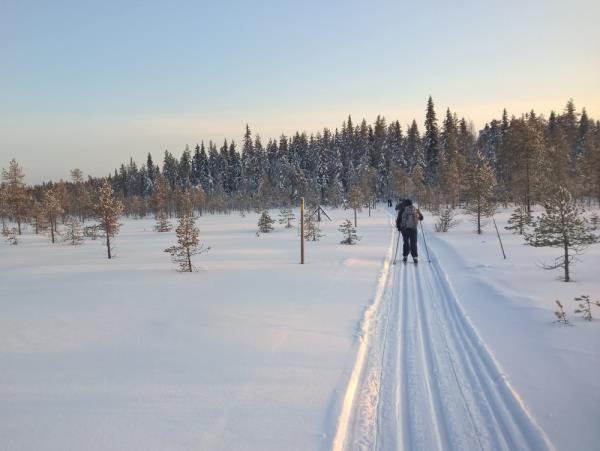
If you’re looking for downhill skiing, snowboarding etc., you’ll need to head up to Lapland and resorts like Levi and Saariselkä.


The king of sports in Finland (as in Canada) is ice hockey (jääkiekko), and winning the Ice Hockey World Championship is as close to nirvana as the country gets — especially if they defeat arch-rivals Sweden, as they did in 1995 and 2011.
The yearly national championship is the Liiga (Finnish), where 15 teams battle it out.

Additionally, the Helsinki-based Jokerit, a former Liiga member, plays in the Kontinental Hockey League, a Russia-based league that also includes teams from several other post-Soviet states, Slovakia, and China.

If you’re visiting in season (September to March), catching a game is worthwhile.
Tickets start from around €16, and while the action on the ice is brutal, fans are generally well behaved (if not necessarily sober).

If you happen to be in Finland when they win the World Championship, the traffic in the city centres might be messy, as the fans are running in the streets celebrating, usually intoxicated.

The national sport of Finland, though, is pesäpallo, which translates literally as “baseball“, but looks and plays rather differently to its American forebear.
The single most notable difference is that the pitcher stands at the home plate together with the batter and pitches directly upward, making hitting the ball easier and catching it harder.


The Superpesis league plays for the yearly championship in summer, with both men’s and women’s teams.

In terms of medals and gold medals won per capita, Finland is the best performing country in Olympic history.
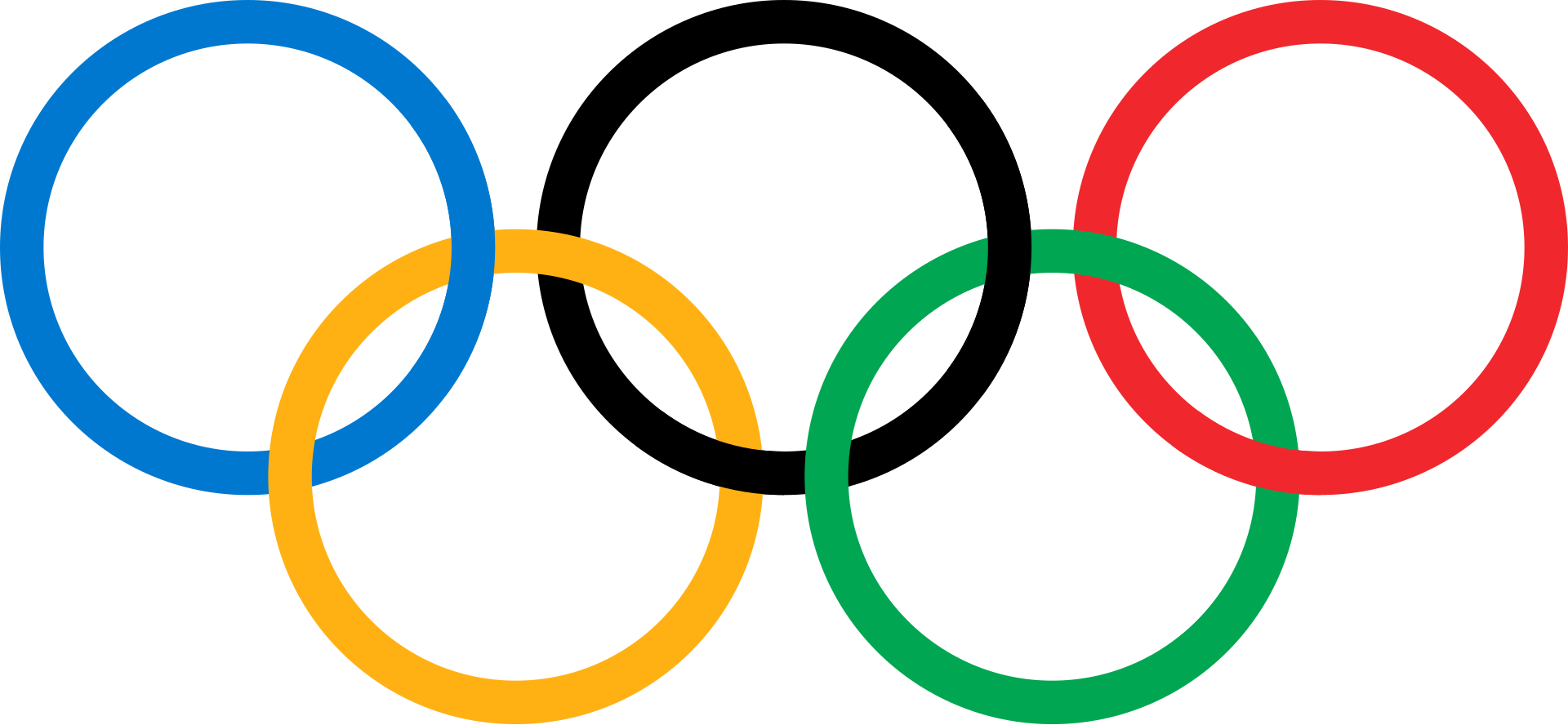
If you would like to try your hand at something uniquely Finnish, don’t miss the plethora of bizarre sports contests in the summer, including:
- Air Guitar World Championships, August, Oulu. Bring out your inner guitar hero!
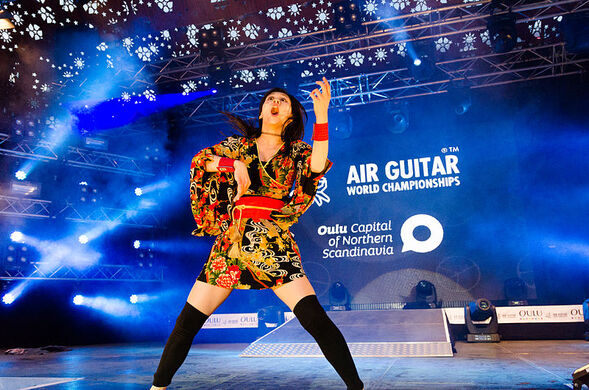

- World Fart Championships, July, Utajärvi. Yes, you read correctly.


- Mobile Phone Throwing Championship, August, Savonlinna. Recycle your Nokia!

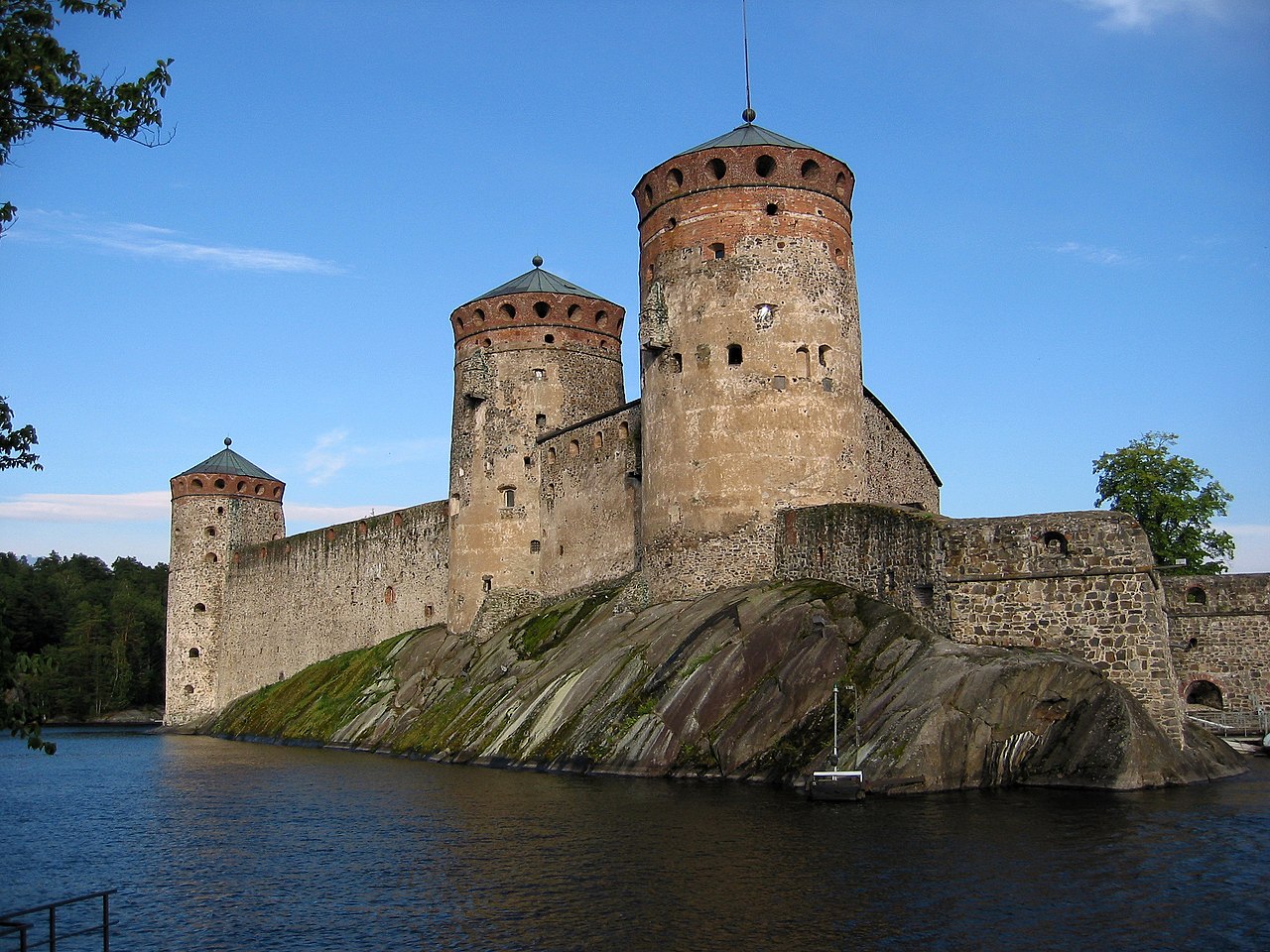
- Swamp Soccer World Championship, July, Hyrynsalmi. Probably the messiest sporting event in the world. They also arrange a snow soccer world championships each February.



- Sulkavan Suursoudut, July, Sulkava, Finland’s biggest rowing event.


- Wife Carrying World Championship. July, Sonkajärvi. The grand prize is the wife’s weight in beer.


Boy, you’re gonna carry that weight
Carry that weight a long time
Boy, you’re gonna carry that weight
Carry that weight a long time
I never give you my pillow
I only send you my invitations
And in the middle of the celebrations
I break down
Boy, you’re gonna carry that weight
Carry that weight a long time
Boy, you’re gonna carry that weight
Carry that weight a long time
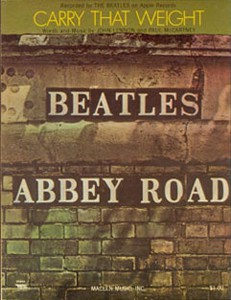
Finland is a large country and travelling is relatively expensive.
Public transportation is well organised and the equipment is always comfortable and often new, and advance bookings are rarely necessary outside the biggest holiday periods, but buying tickets online a few days in advance (or as soon as you know your plans) may give significantly lower prices.




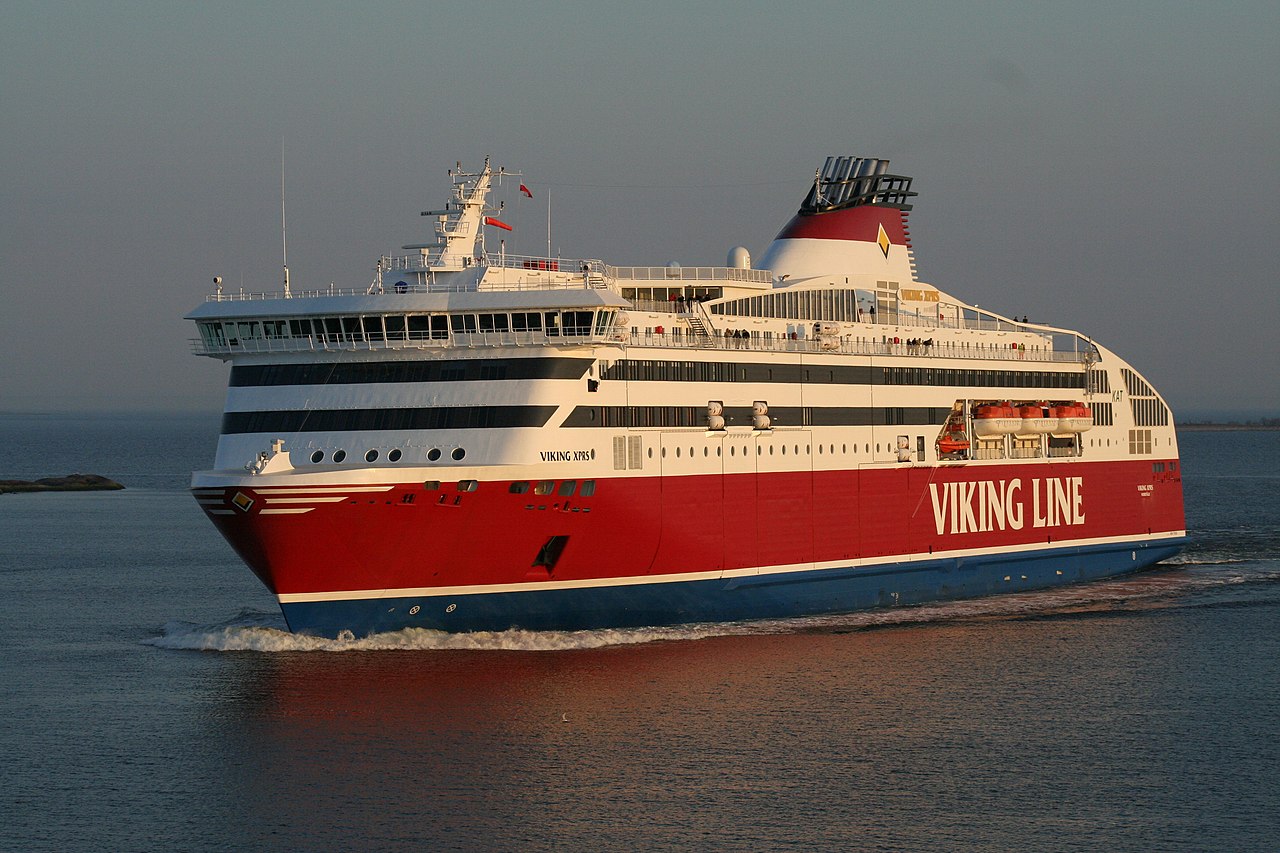
Finland has a 5.5% Swedish-speaking minority and is officially bilingual, with both languages compulsory in school.
Maps and transport announcements often give both Finnish and Swedish names, e.g. Turku and Åbo are the same city.
This helps the visitor, as English-speakers generally find the Swedish announcement easier to follow, especially if you have a smattering of German.
Road signs often flip between versions, e.g. Turuntie and Åbovägen are both the same “Turku Road“.

This is common in Helsinki and the Swedish-speaking coastal areas, whereas Swedish is far less common inland.

Away north in Lapland, you almost never see Swedish, but you may see signage in (mostly Northern) Sámi.

And if you navigate by Google Maps, there’s no telling what language it may conjure up.

Although the country was once ruled by a Swedish elite, most Swedish-speaking Finns have always been commoners: fishermen, farmers and industrial workers.

The educated class has been bilingual since the national awakening, while population mixing with industrialisation did the rest.
In the bilingual areas the language groups mix amicably.
Even in Finnish speaking areas, such as Jyväskylä, Pori and Oulu, many Finnish speakers welcome the contacts with Swedish that the minority provides.


The few Swedish schools in those areas have many Finnish pupils and language immersion daycare is popular.
In politics bilingualism remains contentious:
Some Finnish speakers see it as a hangover from Swedish rule, while Swedish speakers are concerned at their language being marginalised, e.g. when small Swedish institutions are merged with bigger Finnish ones.
Finland is officially bilingual in Finnish (suomi) and Swedish (svenska), and both languages are compulsory in nearly all schools (with varying results).
Also Sámi, Romani and Finnish Sign Languages are recognised in the Constitution, but they are not spoken outside their respective communities and the speakers are bilingual with Finnish.
Road signs and the like mostly use the language or languages of the municipality, so road signs can sometimes be confusing unless you know both names, and online maps can use either with little logic.

Almost all Finns speak English, so you should have no serious language problems.
Don’t hesitate to ask for help:
Finns can be shy, but will do anything they can to help people in need.
Businesses with a domestic customer base often have their web pages and other marketing materials in Finnish only.
This is not an indication that they cannot provide service in English (although they might have to improvise more than businesses used to foreigners).
If the business seems interesting, just call them to get the information you need.
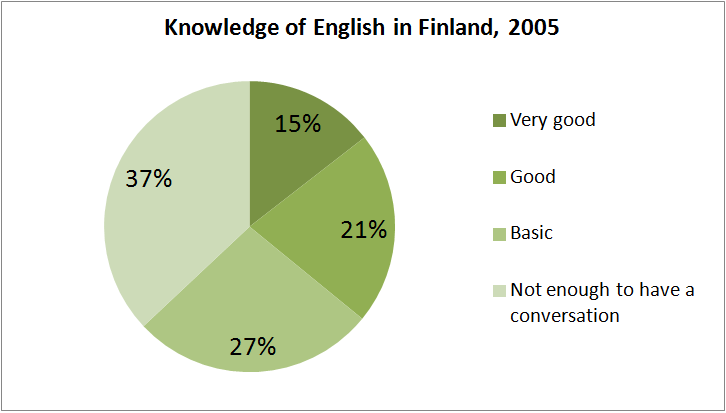
Finnish, the mother tongue of 92% of the population, is not related to Swedish, Russian, English or any other Indo-European language.
Instead it belongs to the Uralic group of languages (which includes Hungarian, Estonian and Sámi), making it hard for speakers of most other European languages to learn.

While Finnish and Estonian bear some degree of mutual intelligibility, Hungarian and Finnish are about as close to each other as Spanish and Russian (but as major Uralic languages are few, there is a special relationship).

Reading signboards can be difficult, as Finnish uses relatively few loan words (words borrowed from other languages).
Using a dictionary, especially for longer texts, is complicated by the word inflection.
Also the stem of many words varies somewhat (e.g. katto, “roof” in the example below).
For more complicated texts, you don’t get anywhere by just translating words, as much is encoded into the endings.
The relation between spelling and formal pronunciation, on the other hand, is straightforward (just learn how to pronounce individual letters – the difficulty lies in sticking to that), while colloquial speech differs substantially from what is taught in most language lessons.
The Finnish language has few exceptions compared to other European languages but quite a lot of rules – where some rules might be considered cleverly disguised exceptions.

There are 15 grammatical cases for “getting some coffee and getting the coffee, going into a pub, being in a pub, getting out of the pub, being on the roof, getting onto the roof, getting off the roof, using something as a roof, and so on, which are encoded into the word endings (kahvia, kahvi, pubiin, pubissa, pubista, katolle, katolta, kattona).
The conjugation of verbs is unfortunately somewhat more complex.
Many different words are formed from the same root by other endings: kirjain, kirjasin, kirjuri, kirjoitin, kirje, kirjelmä, kirjasto and kirjaamo are all nouns related to kirja, “book” (letter, font, bookkeeper, printer, etc.), and then there are related verbs and adjectives.

“It was like discovering a complete wine-filled cellar filled with bottles of an amazing wine of a kind and flavor never tasted before.
It quite intoxicated me….“
J.R.R. Tolkien on his discovery of the Finnish language, in a letter to W.H. Auden (1955)


Swedish, Germanic like English and closely related to Norwegian and Danish, is the mother tongue for 5.6 % of Finns.
About half the population regard themselves conversant in Swedish, including nearly all national-level politicians.
A lot of written material from public institutions (e.g. city governments, parliament, public museums) are available in Swedish.
As the language has many cognates with English, fragments can be intelligible to an English speaker.
The Swedish speakers are concentrated along most of the coast, with smaller communities in some cities elsewhere.

The larger cities nowadays all have Finnish majority, but the municipalities of Närpes, Korsnäs and Larsmo are more or less exclusively Swedish-speaking, as is the small autonomous province of Aland and much of the countryside elsewhere in the Swedish speaking areas.




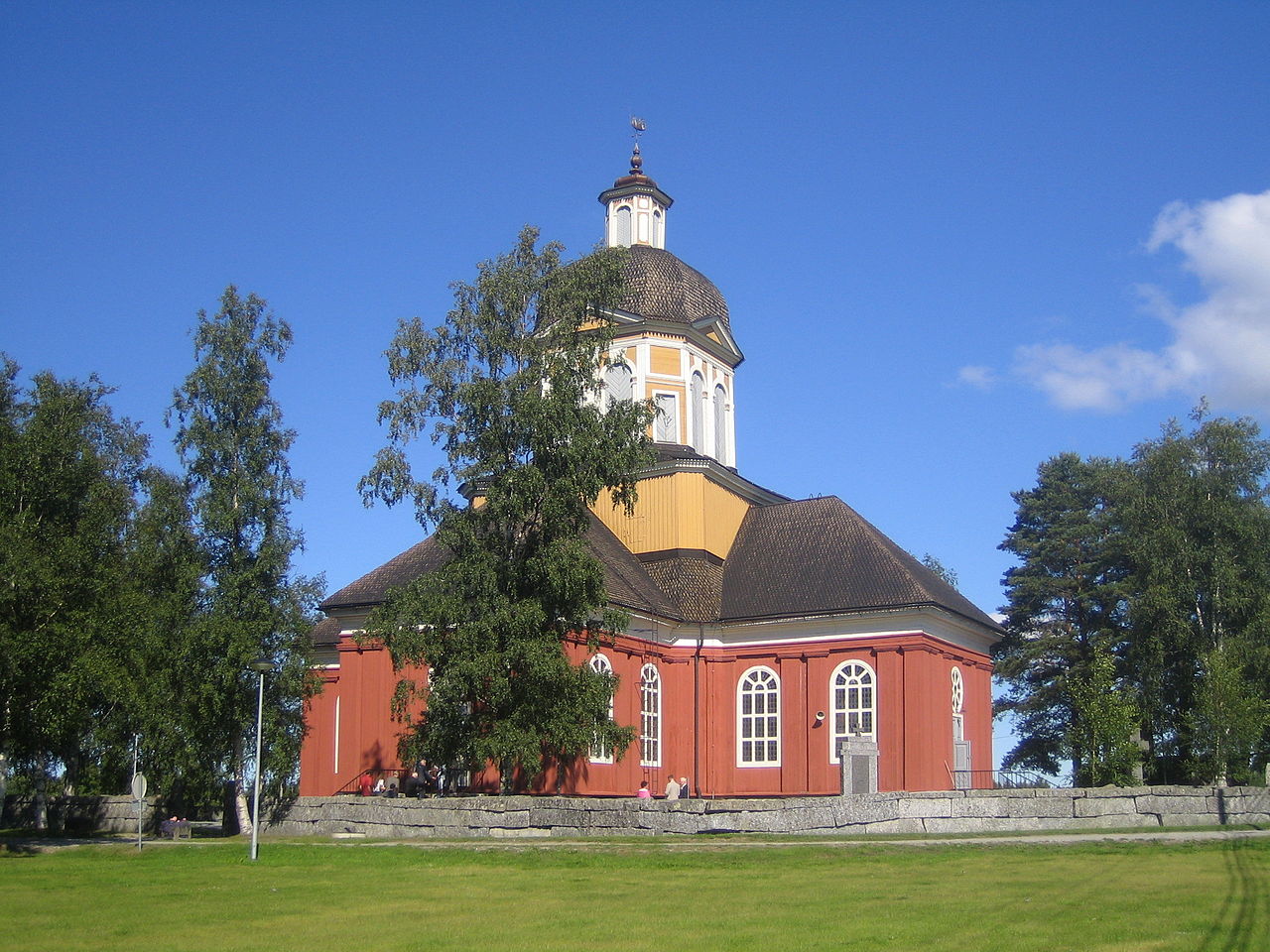

In Åland and the Swedish parts of Ostrobothina, people typically speak little or no Finnish.
In traditionally Swedish-majority towns like Vaasa (Vasa) and Porvoo (Borgå) nearly half the population is Swedish-speaking and service in Swedish is expected by many Swedish-speaking locals.
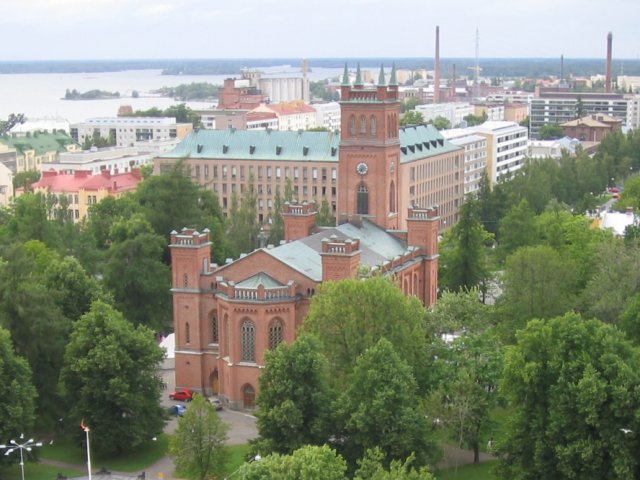

In cities like Helsinki and Turku, on the other hand, there is a lively Swedish cultural scene and most people know enough Swedish to deal with simple conversations you engage in as a tourist and often at least somewhat beyond, but living would be quite tough without knowledge of Finnish.
Most larger hotels and restaurants in areas where Swedish is widely spoken do have Swedish-proficient staff.
In the Finnish-speaking hinterland, it is less common to find somebody fluent in Swedish by chance.


Russian is the mother tongue of approximately 1.5% of the population.
It is spoken in shops and hotels that cater to Russian tourists, and you’re likely to find Russian speakers in towns close to the Russian border, such as Lappeenranta, Imatra and Joensuu.
Russians are one of the largest immigrant groups in Finland.



Besides the languages above, some Finns can speak German (18% conversant) or French (3% conversant).


Other secondary languages, such as Spanish and Italian are rarer.


However, some tourist services are also offered in a wider variety of languages, including, for example, Chinese and Japanese:
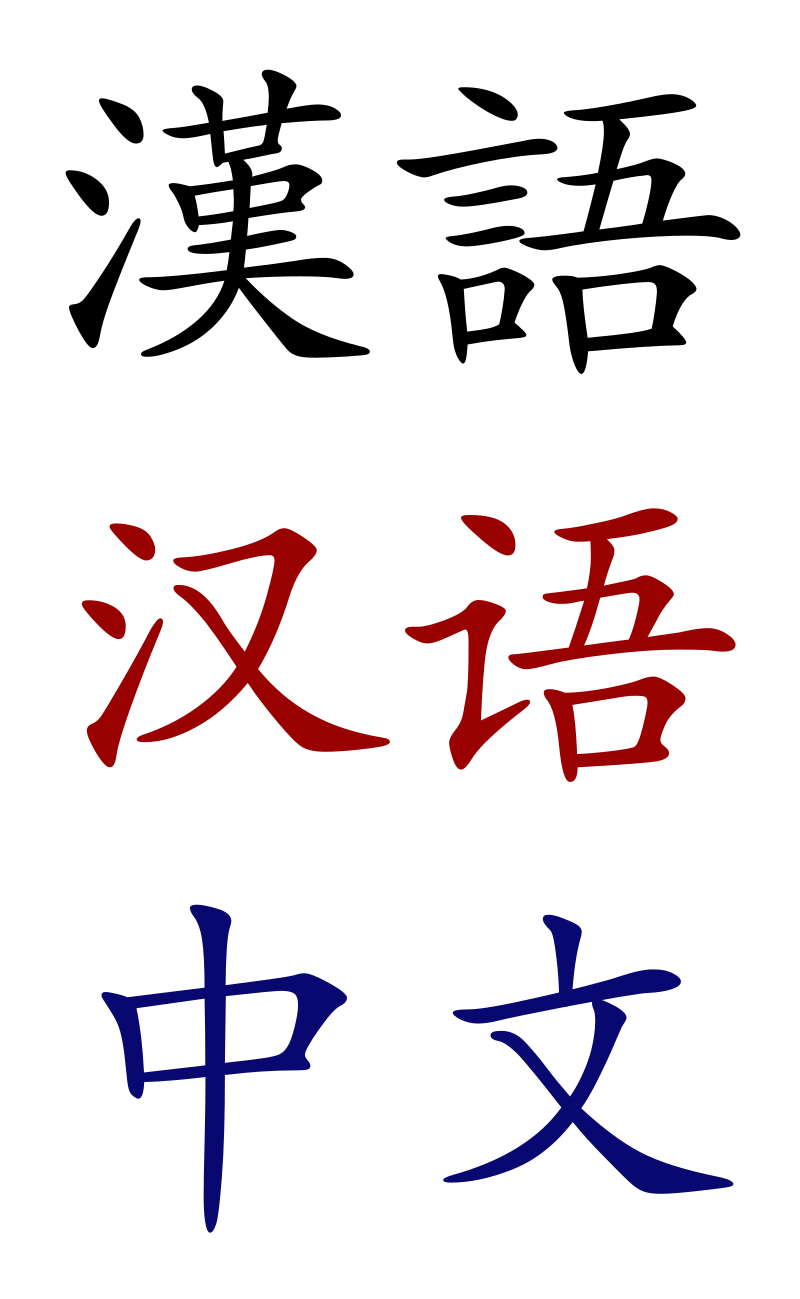

Tour packets often have guides proficient in them, and there are often brochures, web pages and similar for the most important destinations and sights.

Foreign TV programs and films, including segments of local shows with foreign language dialogue, are nearly always shown with audio in the original language but subtitled into Finnish or Swedish.

Only children’s programmes, children’s films, certain types of documentaries (the narrator part) and nature films get dubbed into Finnish or Swedish.

Most pre-tertiary education is arranged at municipal level.
Even though many or most schools were started as private schools, today only around 3% of students are enrolled in private schools (mostly specialist language and international schools), much less than in Sweden and most other developed countries.
Pre-school education is rare compared with other EU countries and formal education is usually started at the age of 7.
Primary school takes normally six years and lower secondary school three years.
Most schools are managed by municipal officials.
The flexible curriculum is set by the Ministry of Education and Culture and the Education Board.

Education is compulsory between the ages of 7 and 16.

After lower secondary school, graduates may either enter the workforce directly, or apply to trade schools or gymnasiums (upper secondary schools).
Trade schools offer a vocational education:
Approximately 40% of this age group choose this path after the lower secondary school.
Academically oriented gymnasiums have higher entrance requirements and specifically prepare for Abitur (high school leaving exams) and tertiary (post-secondary) education.
Graduation from either formally qualifies for tertiary education.
In tertiary education, two mostly separate and non-interoperating sectors are found:
The profession-oriented polytechnics and the research-oriented universities.
Education is free and living expenses are to a large extent financed by the government through student benefits.
There are 15 universities and 24 Universities of Applied Sciences (UAS) in the country.
The University of Helsinki is ranked 75th in the Top University Ranking of 2010.

The World Economic Forum (WEF) ranks Finland’s tertiary education No. 1 in the world.

Around 33% of residents have a tertiary degree, similar to Nordics and more than in most other OECD countries except Canada (44%), United States (38%) and Japan (37%).
The proportion of foreign students is 3% of all tertiary enrollments, one of the lowest in OECD, while in advanced programs it is 7.3%, still below OECD average 16.5%.

Other reputable universities of Finland include:
- Aalto University in Espoo

- the University of Turku

- Abo Akademi in Turku

- the University of Jyväskylä

- the University of Oulu

- LUT University in Lapeenranta and Lahti

- the University of Eastern Finland in Kuopio and Joensuu
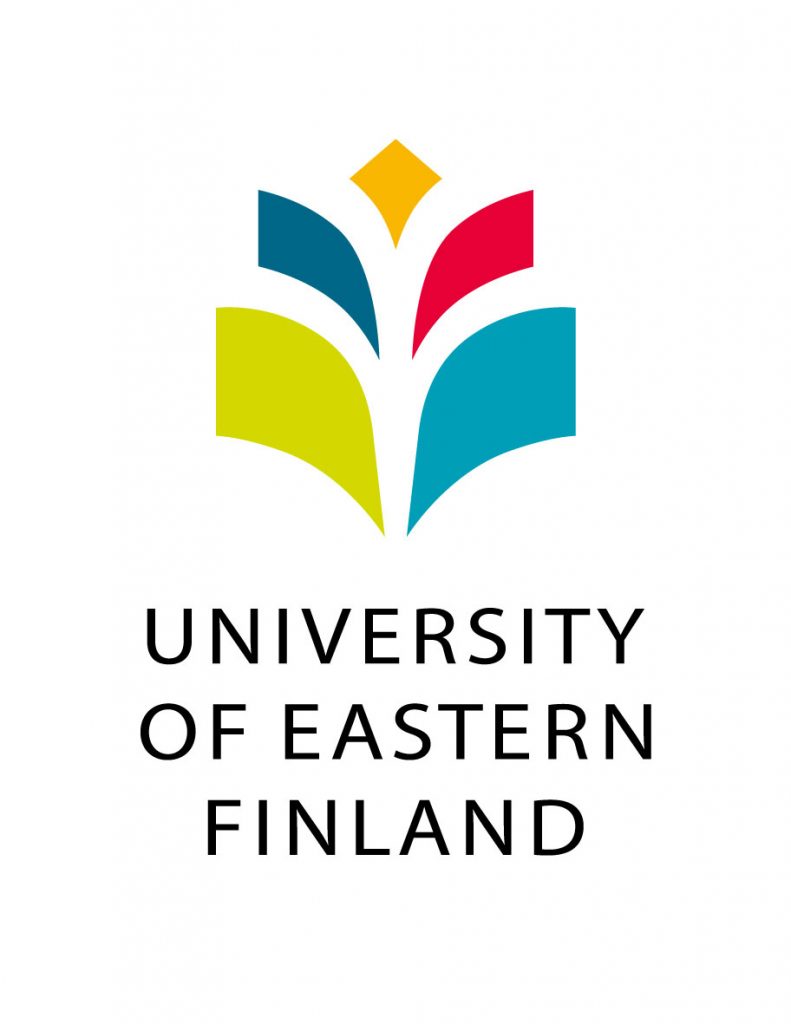
- Tampere University

More than 30% of tertiary graduates are in science-related fields.
Forest improvement, materials research, environmental sciences, neural networks, low-temperature physics, brain research, biotechnology, genetic technology, and communications showcase fields of study where Finnish researchers have had a significant impact.
Finland has a long tradition of adult education, and by the 1980s nearly one million Finns were receiving some kind of instruction each year.
40% of them did so for professional reasons.
Adult education appeared in a number of forms, such as secondary evening schools, civic and workers’ institutes, study centres, vocational course centres, and folk high schools (community colleges).
Study centres allowed groups to follow study plans of their own making, with educational and financial assistance provided by the state.
Folk high schools are a distinctly Nordic institution.
Originating in Denmark in the 19th century, folk high schools became common throughout the region.
Adults of all ages could stay at them for several weeks and take courses in subjects that ranged from handicrafts to economics.
Finland is highly productive in scientific research.
In 2005, Finland had the 4th most scientific publications per capita of the OECD countries.
In 2007, 1,801 patents were filed in Finland.

In addition, 38% of Finland’s population has a university or college degree, which is among the highest percentages in the world.
In 2010 a new law was enacted considering universities, which defined that there are 16 of them, were excluded from the public sector to be autonomous legal and financial entities, however enjoying special status in the legislation.
As result many former state institutions were driven to collect funding from private sector contributions and partnerships.
The change caused deep rooted discussions among academic circles.
The English language is important in Finnish education.
There are a number of degree programs that are taught in English, which attracts thousands of degree and exchange students every year.

Finland is not on the Scandinavian peninsula, so despite many cultural and historical links (including the Swedish language, which enjoys co-official status alongside Finnish), it is not considered to be part of Scandinavia.
Even Finns rarely bother to make the distinction, but more correct terms that include Finland are the “Nordic countries” (Pohjoismaat, Norden) and “Fennoscandia“.


Particularly in the eastern and northern parts of the country, which are densely forested and sparsely populated, you’ll find more examples of traditional, rustic Finnish culture.
Southern and Western Finland, which have cultivated plains and fields and have a higher population density, do indeed have very much in common with Scandinavia proper — this can clearly be seen in the capital, Helsinki, which has a lot of Scandinavian features, especially in terms of architecture.
While Finland is a high-technology welfare state, Finns love to head to their summer cottages in the warmer months to enjoy all manner of relaxing pastimes including sauna, swimming, fishing and barbecuing during the short but bright summer.

The sauna is perhaps Finland’s most significant contribution to the world (and the world’s vocabulary).
The sauna is essentially a room heated to 70° – 120° C.
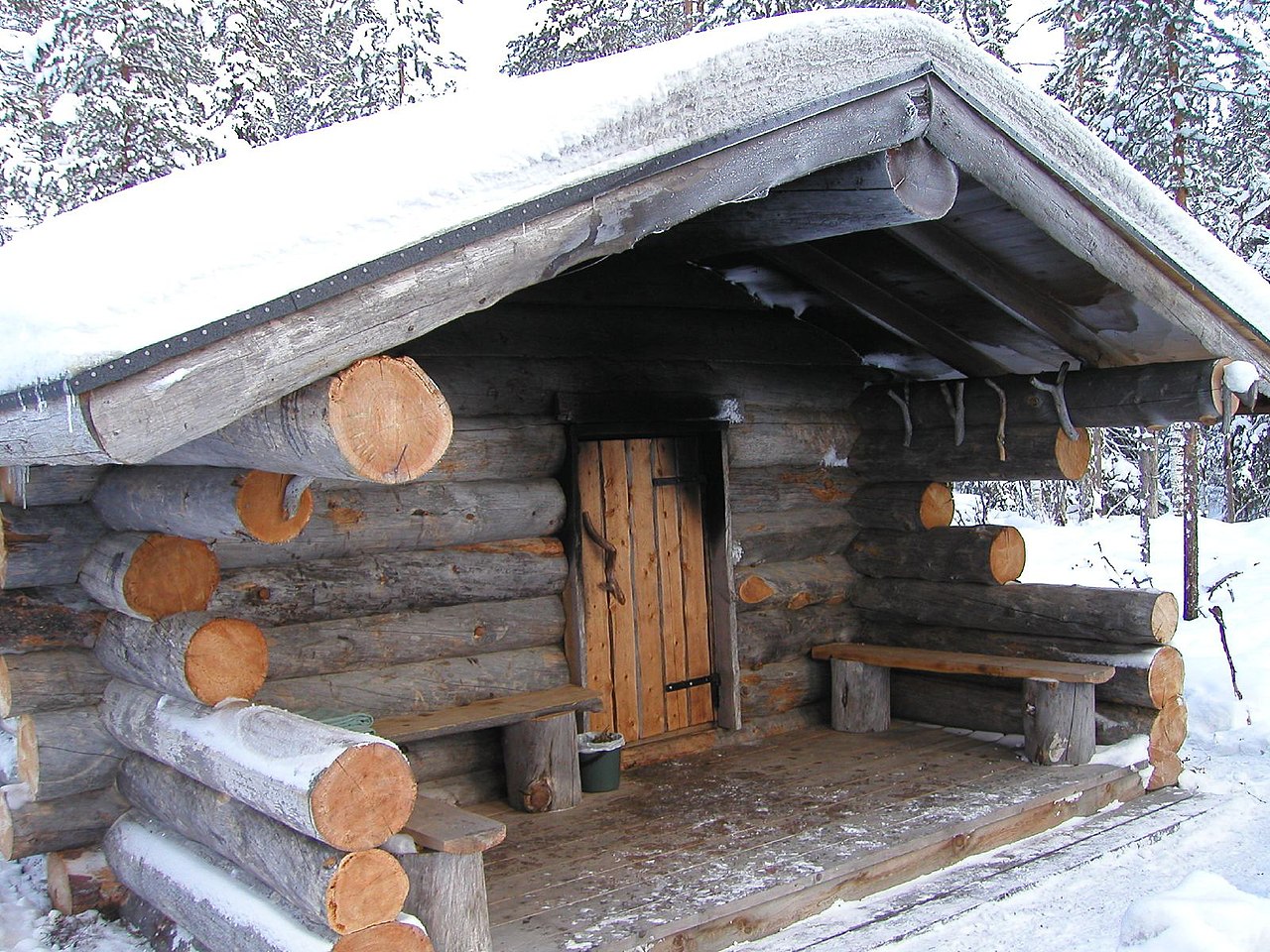
According to an oft-quoted statistic this nation of five million has no less than two million saunas, in apartments, offices, summer cottages and even Parliament.
(Many agreements in business and politics are reached informally after a sauna bath.)

In ancient times, saunas (being the cleanest places around) were the place to give birth and heal the sick, and the first building constructed when setting up a new household.
The old Finnish saying, “If it is not cured by sauna, tar and liquor, then it is for life.” maybe crystallises the Finnish honour for the holy room.

If invited to visit a Finnish home, you may be invited to bathe in the sauna as well — this is an honour and should be treated as such, although Finns do understand that foreigners may not be keen about the idea.
Enter the sauna nude after taking a shower, as wearing a bathing suit or any other clothing is considered a bit of a faux pas, although if you are feeling shy, you can wrap yourself in a bath towel.
Unlike in some other cultures, there is not much erotic involved in Finnish sauna for Finns, even when they bath unisex, it is purely for cleaning and refreshing, or for discussions about life or politics.
Public saunas in swimming halls and spas are generally segregated by gender.
There may be a separate mixed sauna with exits to both men’s and women’s showers, useful for couples or families.
Entry to the wrong side is to be avoided.
In places with a single sauna, there are usually separate shifts for men and women, and possibly a mixed-gender shift.
Children under the age of 7 can usually participate in any shift.
In private saunas the host usually organises the bathing turns along similar lines.
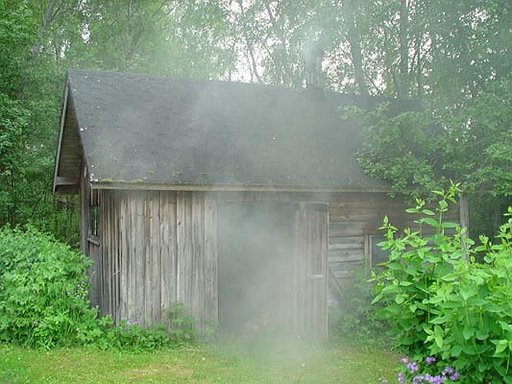
After you’ve had your fill, you can cool off by heading outside, just to sit at the veranda, for a roll in the snow (in winter) or for a dip in the lake (any time of the year, beach sandals or the like can be practical in the winter) — and then head back in for another round.
Repeat this a few times, then cork open a cold beer, roast a sausage over a fire, and enjoy total relaxation Finnish style.

These days the most common type of sauna features an electrically heated stove, which is easy to control and maintain.
In the countryside you can still find wood-fired saunas, but purists prefer the (now very rare) traditional chimneyless smoke saunas (savusauna), where a large pile of stones is heated and the sauna then ventilated well before entering.
Anyone elderly or with a medical condition (especially high blood pressure) should consult their physician before using a sauna – although sauna bathing as a habit is good for the heart, you might need expert advice for your first visits.

The Finnish sauna culture was inscribed on the UNESCO Intangible Cultural Heritage Lists at the 17 December 2020 meeting of the UNESCO Intergovernmental Committee for the Safeguarding of Intangible Cultural Heritage.

As authorized by the state, the Finnish Heritage Agency commits, together with Finnish sauna communities and promoters of the sauna culture, to safeguard the vitality of the sauna tradition and to highlight its importance as part of tradition and well-being.

Finland has a distinctive language and culture that sets it apart from both Scandinavia and Russia.
While Finnish culture is ancient, the country only became independent in 1917, shortly after the collapse of the Russian Empire.

Written Finnish could be said to have existed since Mikael Agricola translated the New Testament into Finnish during the Protestant Reformation, but few notable works of literature were written until the 19th century and the beginning of a Finnish national Romantic Movement.

This prompted Elias Lönnrot to collect Finnish and Karelian folk poetry and arrange and publish them as the Kalevala, the Finnish national epic.

The era saw a rise of poets and novelists who wrote in Finnish, notably:
- Aleksis Kivi (The Seven Brothers)

- Minna Canth (Anna Liisa)

- Eino Leino (Helkavirsiä)
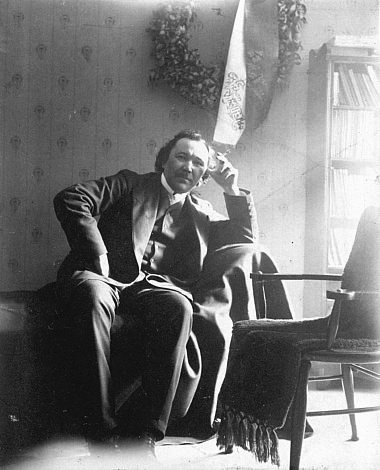
- Johannes Linnankoski (The Song of the Blood Red Flower)
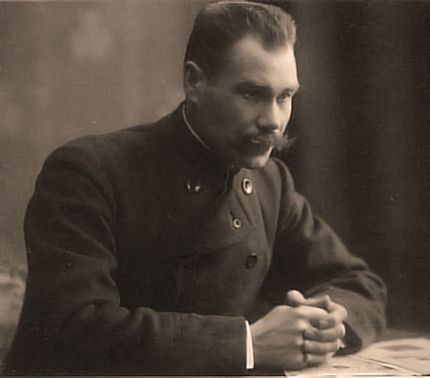
- Juhani Aho (The Railroad / Juha)
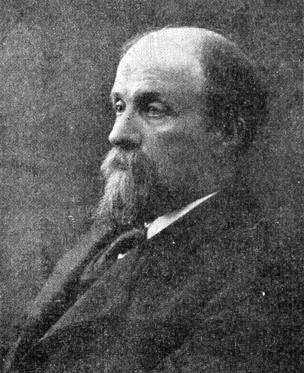
Many writers of the national awakening wrote in Swedish, such as:
- the national poet J.L. Runeberg (The Tales of Ensign Stal)

- Zachris Topelius (The Tomten in Abo Castle)

After Finland became independent, there was a rise of modernist writers, most famously the Finnish-speaking Mika Waltari and Swedish-speaking Edith Södergran.


Frans Eemil Sillanpää was awarded the Nobel Prize in Literature in 1939.

World War II prompted a return to more national interests in comparison to a more international line of thought, characterized by Väinö Linna with his The Unknown Soldier and Under the North Star trilogy.

Besides Lönnrot’s Kalevala and Waltari, the Swedish-speaking Tove Jansson, best known as the creator of The Moomins, is the most translated Finnish writer.
Her books have been translated into more than 40 languages.

Popular modern writers include:
- Arto Paasilinna (The Year of the Hare)

- Veikko Huovinen (The Sheep Eaters)

- Antti Tuuri (Ambush)

- Illkka Remes (6/12)

- Kari Hotakainen (Battle Trench Avenue)

- Sofi Oksanen (Purge)

- Tuomas Kyrö (The Man Who Gets Upset about Things)

- Jari Tervo (Among the Saints)

The best novel is annually awarded the prestigious Finlandia Prize.

The visual arts in Finland started to form their individual characteristics in the 19th century, when Romantic nationalism was rising in autonomic Finland.
The best known of Finnish painters, Akseli Gallen-Kallela, started painting in a naturalist style, but moved to national romanticism.


Other notable world-famous Finnish painters include:
- Magnus Enckell


- Pekka Halonen
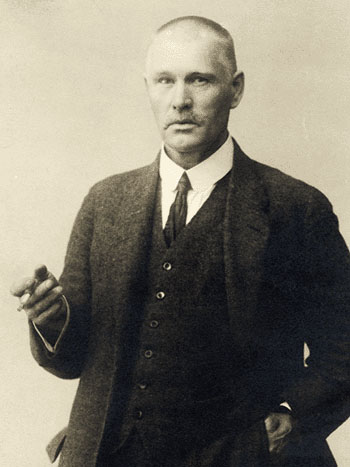
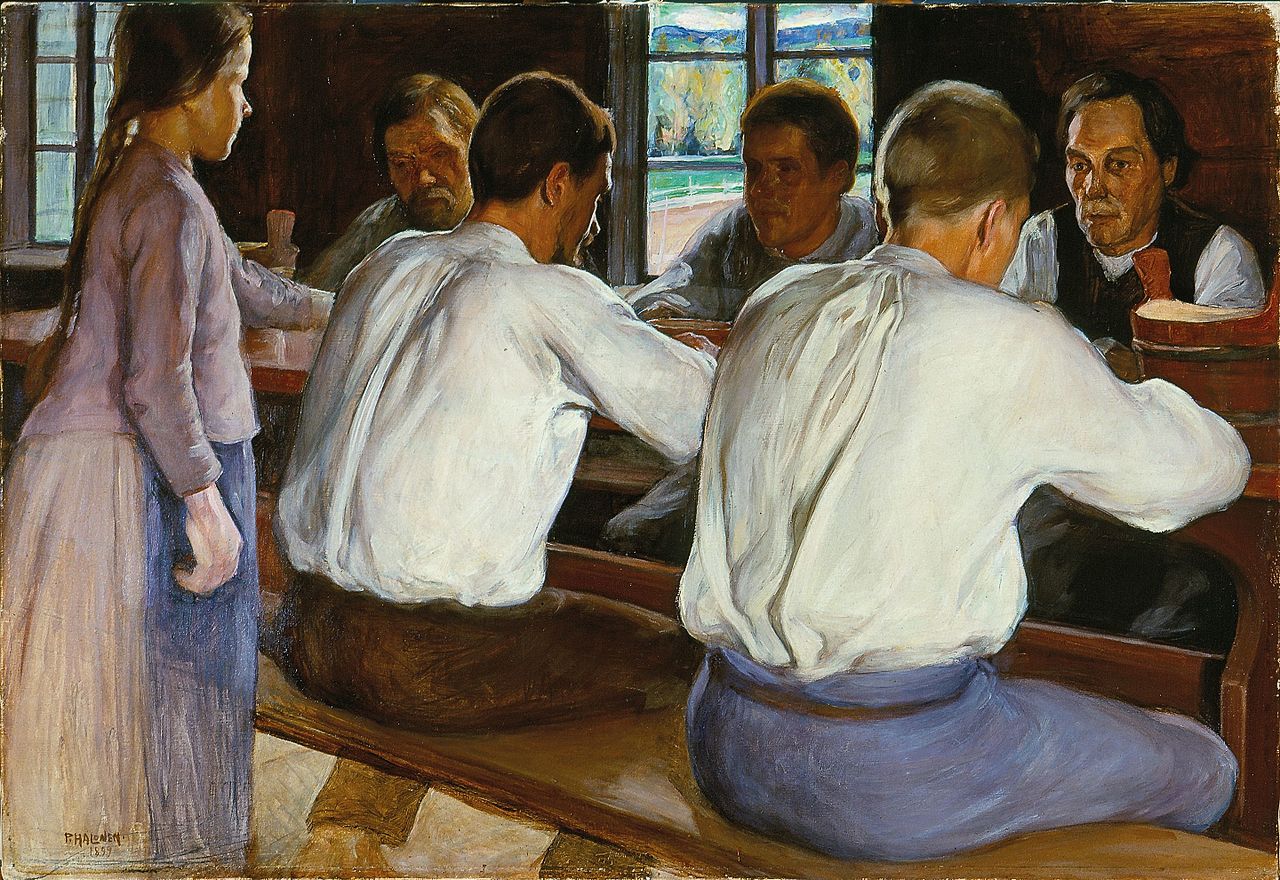
- Eero Järnefelt


- Helene Schjerfbeck


- Hugo Simberg


Finland’s best-known sculptor of the 20th century was Wäinö Aaltonen, remembered for his monumental busts and sculptures.

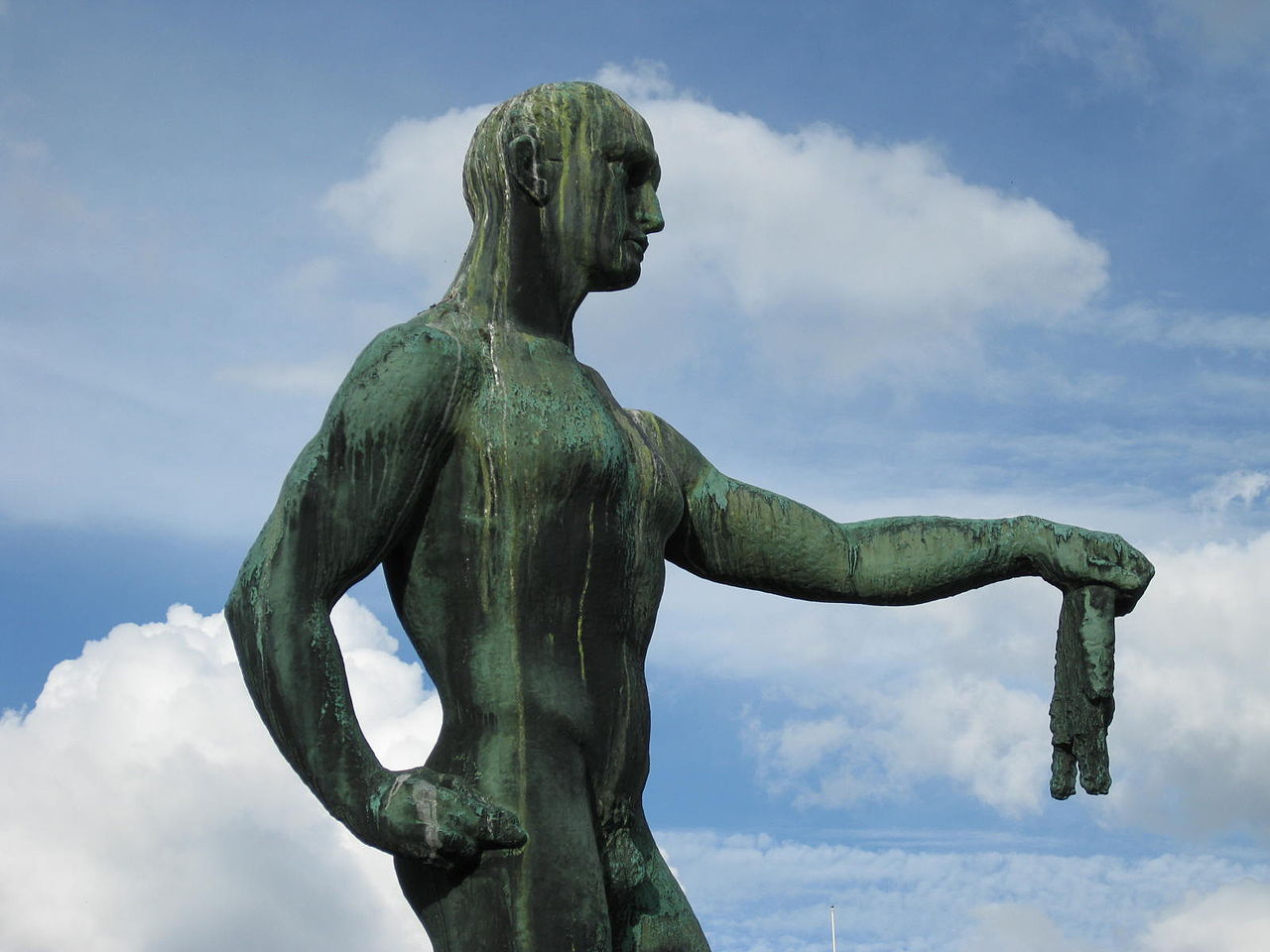
Finns have made major contributions to handicrafts and industrial design:
Among the internationally renowned figures are Timo Sarpaneva, Tapio Wirkkala and Ilmari Tapiovaara.
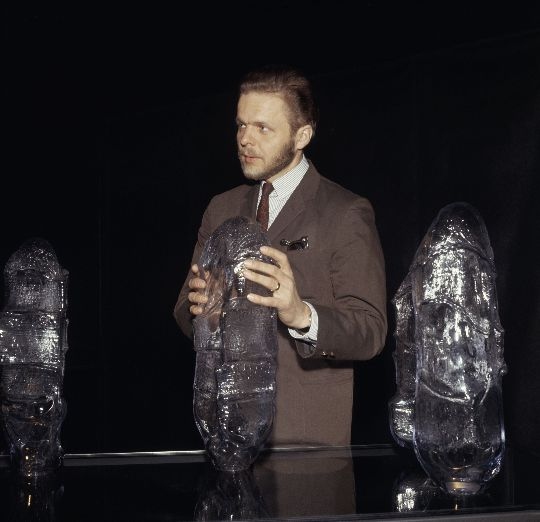
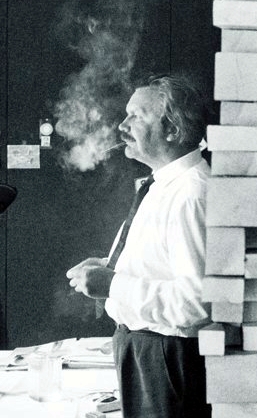

Finnish architecture is famous around the world, and has contributed significantly to several styles internationally, such as Jugendstil / Art Nouveau, Nordic Classicism and Functionalism.
Among the top 20th-century Finnish architects to gain international recognition are Eliel Saarinen and his son Eero Saarinen.


Architect Alvar Aalto is regarded as among the most important 20th-century designers in the world.
He helped bring functionalist architecture to Finland, but soon was a pioneer in its development towards an organic style.
Aalto is also famous for his work in furniture, lamps, textiles and glassware, which were usually incorporated into his buildings.

Iskelmä (coined directly from the German word Schlager, meaning “hit“) is a traditional Finnish word for a light popular song.
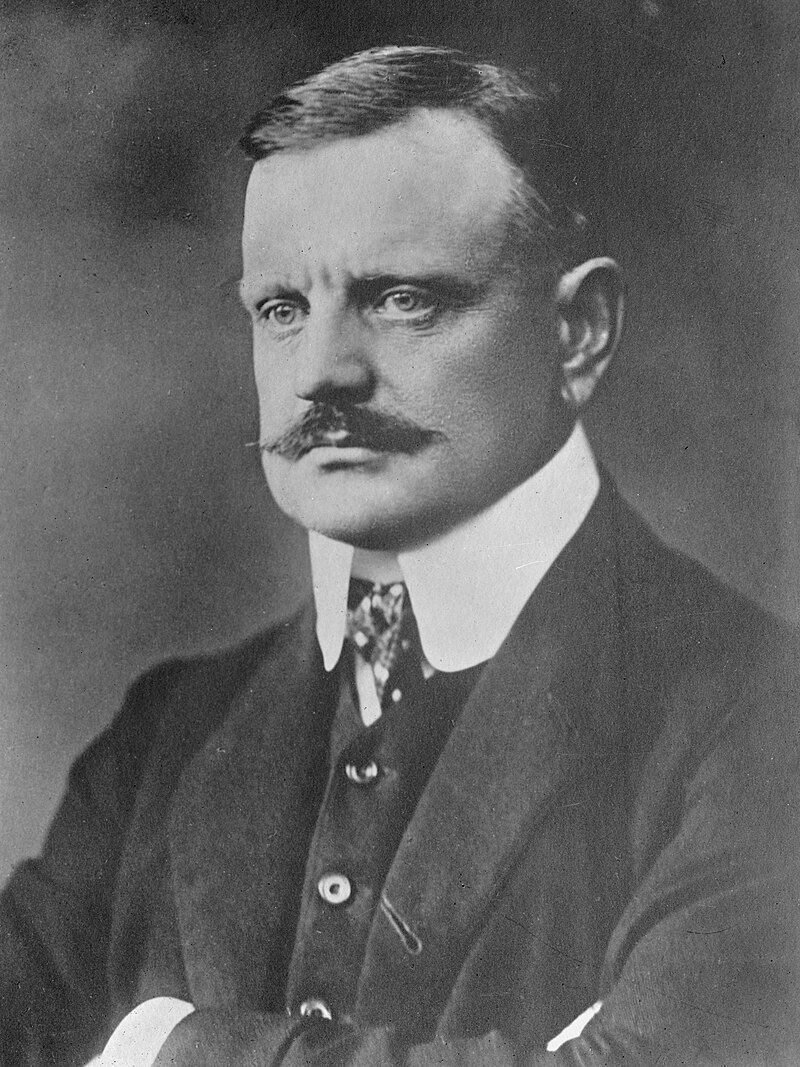
Finnish popular music also includes various kinds of dance music.
Tango, a style of Argentine music, is also popular.

The light music in Swedish-speaking areas has more influences from Sweden.
Modern Finnish popular music includes a number of prominent rock bands, jazz musicians, hip hop performers, dance music acts, etc.

Also, at least a couple of Finnish polkas are known worldwide, such as Säkkijärven polkka and Ievan polkka.

During the early 1960s, the first significant wave of Finnish rock groups emerged, playing instrumental rock inspired by groups such as England’s The Shadows.

Around 1964, Beatlemania arrived in Finland, resulting in further development of the local rock scene.

During the late 1960s and ’70s, Finnish rock musicians increasingly wrote their own music instead of translating international hits into Finnish.
During the decade, some progressive rock groups such as Tasavallan Presidentti and Wigwam gained respect abroad, but failed to make a commercial breakthrough outside Finland.


This was also the fate of the rock and roll group Hurriganes.
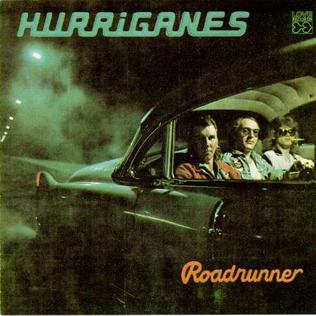
The Finnish punk scene produced some internationally acknowledged names including Terveet Kädet in the 1980s.

Hanoi Rocks was a pioneering 1980s glam rock act – they were the first Finnish band to chart in the UK and they were also popular in Japan – that inspired the American hard rock group Guns & Roses, among others.


Many Finnish metal bands have gained international recognition.
Finland has been often called the “Promised Land of Heavy Metal“, because there are more than 50 metal bands for every 100,000 inhabitants – more than any other nation in the world.

In the film industry, notable directors include:
- brothers Mika and Aki Kaurismäki



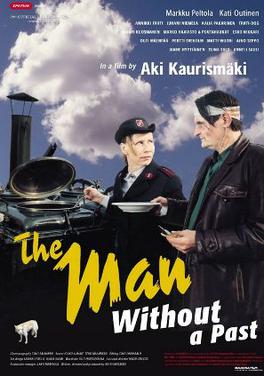
- Dome Karukoski


- Antti Jokinen


- Jalmari Helander


- Mauritz Stiller



- Edvin Laine
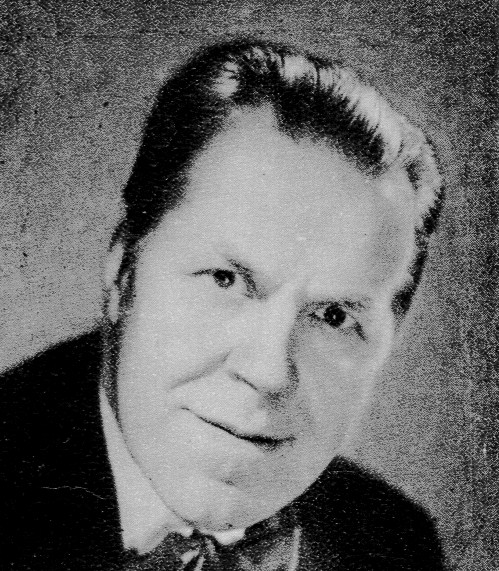

- Teuvo Tulio


- Spede Pasanen


- Hollywood film director and producer Renny Harlin
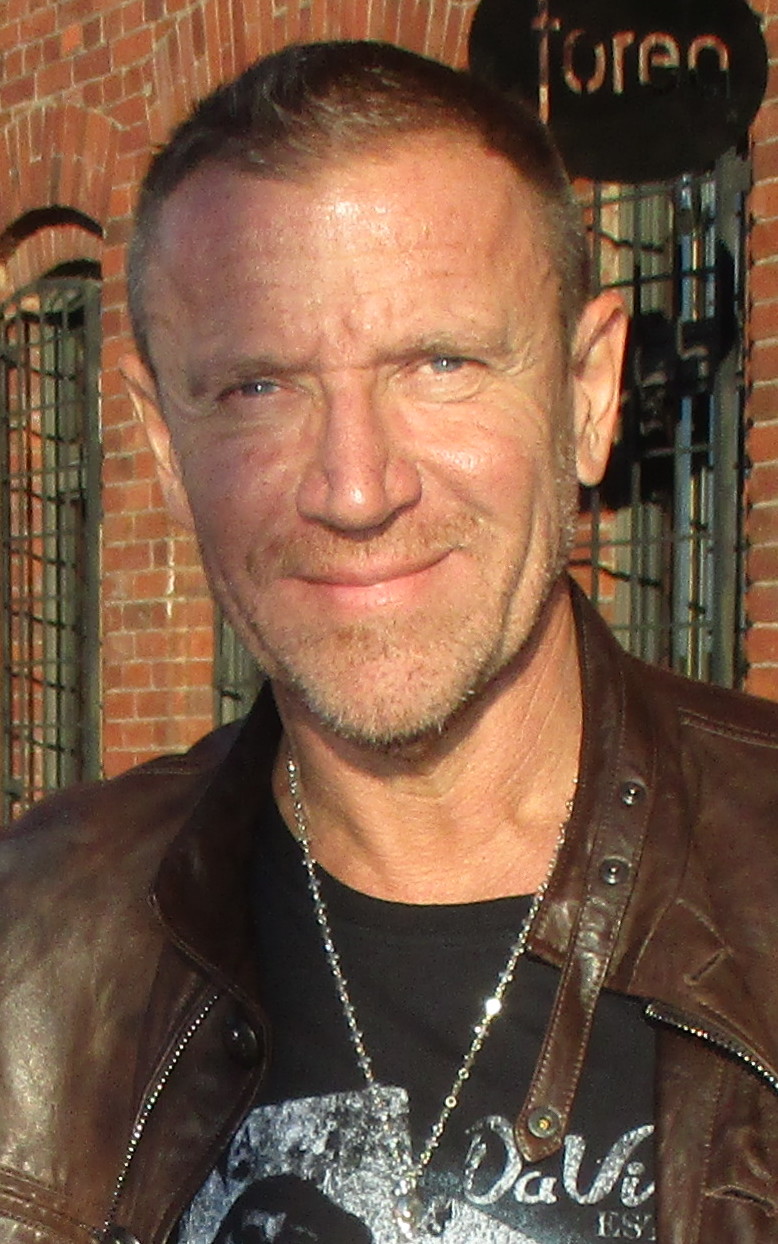

Above: Rennie Harlin film The Long Kiss Goodnight (1996)
Internationally well-known Finnish actors and actresses include:
- Jasper Pääkkönen (BlackKKlansman)

- Peter Franzén (The Wheel of Time)
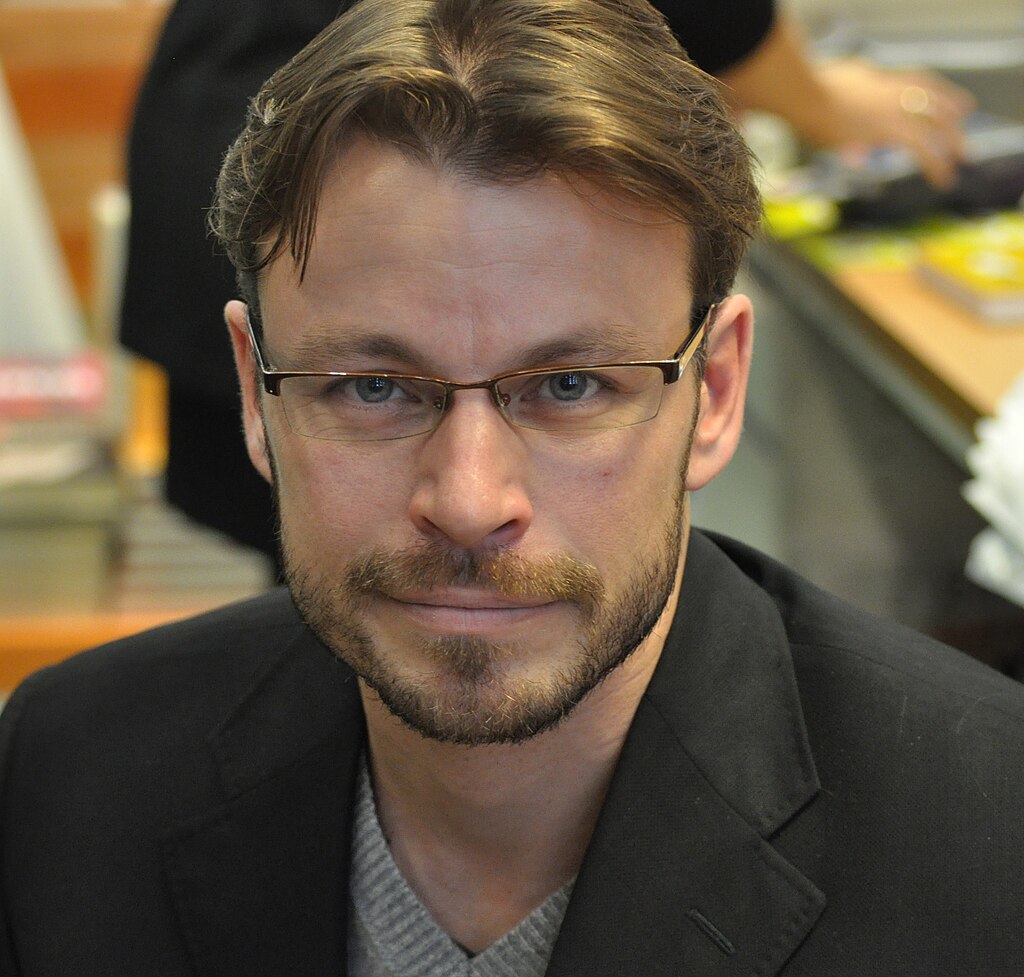
- Laura Birn (A Walk Among the Tombstones)

- Irina Björklund (The American)

- Samuli Edelmann (Mission Impossible: Ghost Protocol)

- Krista Kosonen (Blade Runner 2049)
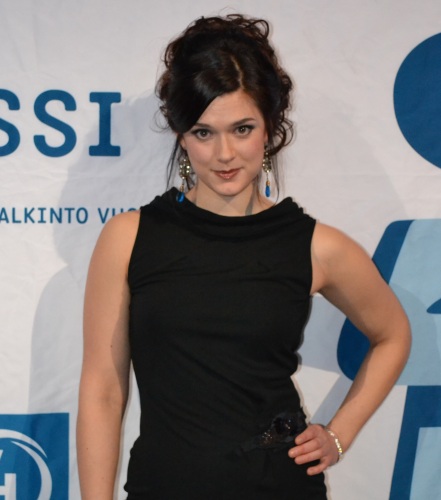
- Ville Virtanen (Bordertown)
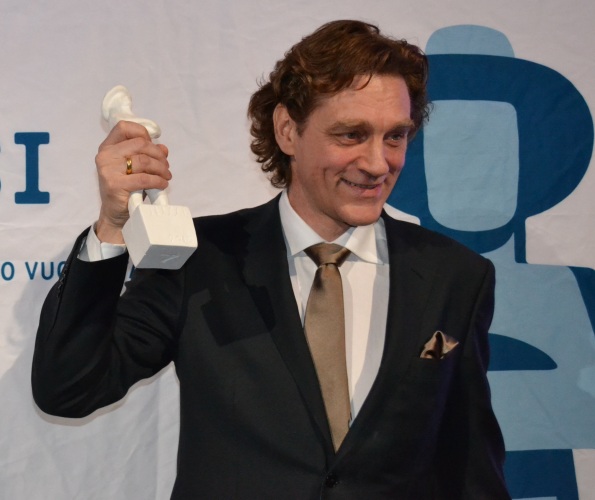
- Joonas Suotamo (Star Wars: The Rise of Skywalker)

Around twelve feature films are made each year.
The most internationally successful Finnish films were:
- The White Reindeer, directed by Erik Blomberg in 1952, which won the Golden Globe Award for Best Foreign Film in 1956, five years after its limited release in the United States
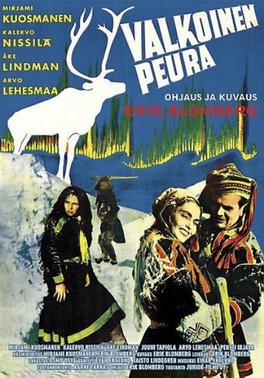
- The Man without a Past, directed by Aki Kaurismäki in 2002, which was nominated for the Academy Award for Best Foreign Language Film in 2002 and won the Grand Prix at the 2002 Cannes Film Festival

- The Fencer, directed by Klaus Härö in 2015, which was nominated for the 73rd Golden Globe Awards in the Best Foreign Language Film category as a Finnish/German/Estonian co-production.

In Finland, the most significant films include:
- The Unknown Soldier, directed by Edvin Laine in 1955, which is shown on television every Independence Day (6 December)

- Here, Beneath the North Star from 1968, also directed by Laine, the Finnish Civil War (1918) from the perspective of the Red Guards (the paramilitary units of the Finnish labour movement) is also one of the most significant works in Finnish history.

- A 1960 crime comedy film Inspector Palmu’s Mistake, directed by Matti Kassila, was voted in 2012 the best Finnish film of all time by Finnish film critics and journalists in a poll organized by Finnish news programme Yle Uutiset

- the 1984 comedy film Uuno Turhapuro in the Army, the 9th film in the Uuno Turhapuro film series, remains Finland’s most seen domestic film made since 1968 by Finnish audiences

Although Finland’s television offerings are largely known for their domestic dramas, such as the long-running soap opera series Salatut elämät, there are also internationally known drama series, such as Syke and Bordertown.


One of Finland’s most internationally successful TV shows are the backpacking travel documentary series Madventures and the reality TV show The Dudesons.
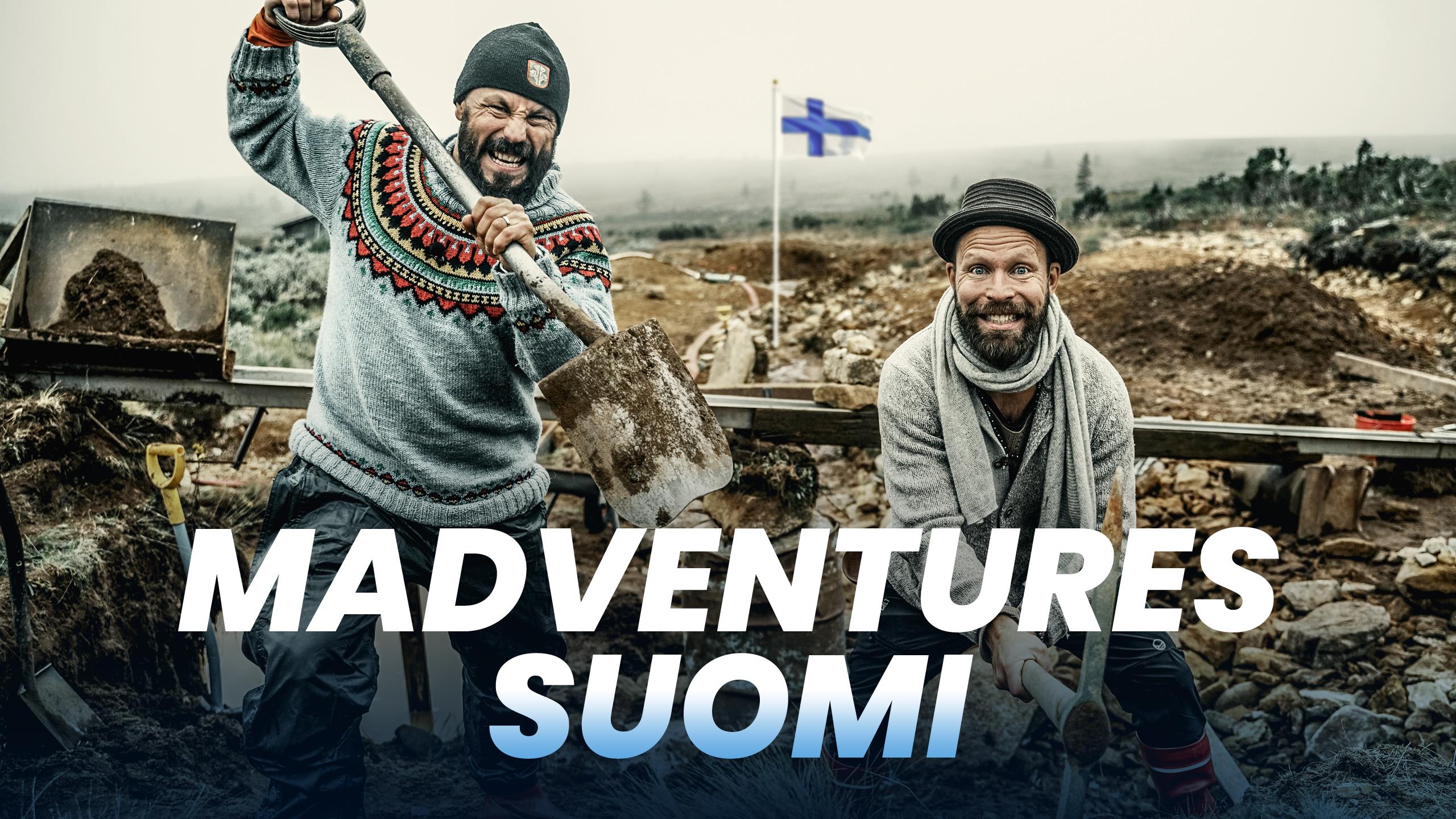

Thanks to its emphasis on transparency and equal rights, Finland’s press has been rated the freest in the world.
Today, there are around 200 newspapers, 320 popular magazines, 2,100 professional magazines, 67 commercial radio stations, three digital radio channels and one nationwide and five national public service radio channels.
Each year, around 12,000 book titles are published and 12 million records are sold.
Sanoma publishes the newspapers Helsingin Sanomat (its circulation of 412,000 making it the largest) and Aamulehti, the tabloid Ilta-Sanomat, the commerce-oriented Taloussanomat and the television channel Nelonen.

The other major publisher Alma Media publishes over 30 magazines, including the tabloid Iltalehti and commerce-oriented Kauppalehti.

Worldwide, Finns, along with other Nordic peoples and the Japanese, spend the most time reading newspapers.

Yle, the Finnish Broadcasting Company, operates five television channels and thirteen radio channels in both national languages.
Yle is funded through a mandatory television license and fees for private broadcasters.
All TV channels are broadcast digitally, both terrestrially and on cable.

The commercial television channel MTV3 and commercial radio channel Radio Nova are owned by Nordic Broadcasting (Bonnier and Proventus).


In regards to telecommunication infrastructure, Finland is the highest ranked country in the World Economic Forum’s Network Readiness Index (NRI) – an indicator for determining the development level of a country’s information and communication technologies.
Finland ranked 1st overall in the 2014 NRI ranking, unchanged from the year before.
This is shown in its penetration throughout the country’s population.
Around 79% of the population use the Internet (2007).
Finland had around 1.52 million broadband Internet connections by the end of June 2007 or around 287 per 1,000 inhabitants.
All Finnish schools and public libraries have Internet connections and computers.
Most residents have a mobile phone.

Not much is known about Finland’s early history, with archaeologists still debating when and where a tribe of Finno-Ugric speakers cropped up.
The earliest certain evidence of human settlement is from 8900 BCE.

Roman historian Tacitus mentions a primitive and savage hunter tribe called Fenni in 100, though there is no unanimity whether this means Finns or Sámi.

Even the Vikings chose not to settle, fearing the famed shamans of the area, and instead traded and plundered along the coasts.

In the mid-1150s Sweden started out to conquer and Christianise the Finnish pagans in earnest, with Birger Jarl incorporating most of the country into Sweden in 1249.
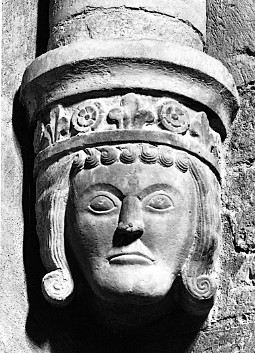
While the population was Finnish-speaking, the Swedish kings installed a Swedish-speaking class of clergy and nobles in Finland, and enforced Western Christianity, succeeding in eliminating local animism and to a large part even Russian Orthodoxy.
Farmers and fishermen from Sweden settled along the coast.
Finland remained an integral part of Sweden until….
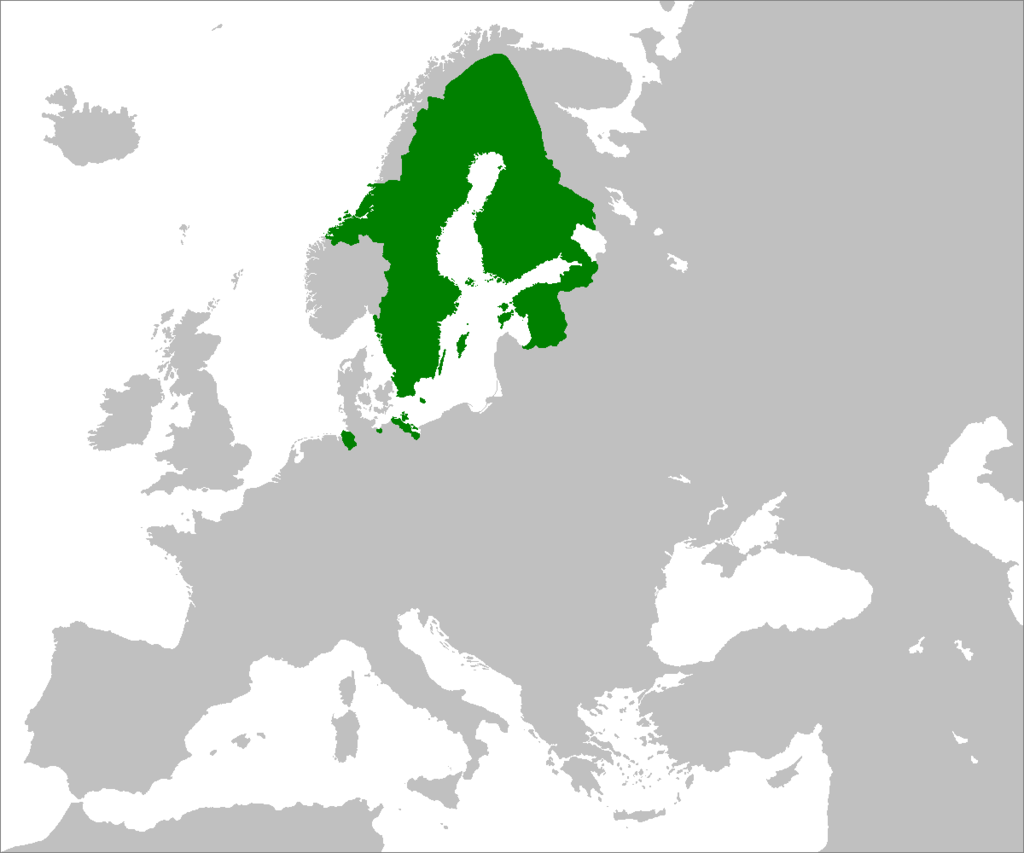
The 25-year war between the Kingdom of Sweden and the Russian Tsardom had increased the tax burden, the most hated of which was the “castle camp“, i.e. the accommodation, subsistence and payment of wages at the expense of the peasants.


The peasants found it intolerable, in particular, that noble and inferior squires who equipped cavalry soldiers for the army were allowed to collect castle camp dues even when the soldiers were not at war, and that Klaus Fleming kept the army in the castle camp for many years after the war to use it.
There were also a lot of abuses and illegalities in the recovery of the castle camp.
Other key explanations for the outbreak have included “the burdens of wartime and severe years of disappearance, the dissolution of dissatisfaction caused by war fatigue, political provocation, and the exploitation of peasants by a nobility who grew in number and wealth”.

Finland, as part of the Kingdom of Sweden, was ruled by Sigismund III Vasa.
The King, however, resided in Poland, where he also reigned as ruler of Poland and Lithuania where slavery was allowed.

In Sweden, power rested with Sigismund’s uncle Duke Kaarle.
Kaarle attempted to spread his influence into Finland.

“Those times were the hardest of all and surely days of mourning when the destiny of our land was in the hand of Klaus Fleming.”
Fleming, the Swedish King’s representative in Finland, ruthlessly used power for his own benefit.
Against legal precedents Fleming let his soldiers collect taxes from peasants though the war with Russia was over.
The peasants were let with not even enough food to feed themselves.
This was their ultimate reason for their uprising.
Peasants’ representatives sailed to Stockholm to ask Duke Kaarle for help.

The Duke agitated the peasants.
“You outnumber them.
Fight for your rights even with knives, axes and clubs.
Attack on the land.
I will guard the shore.“

The name of the uprising derives from the fact that the peasants armed themselves with various blunt weapons, such as cudgels, flails and maces, as they were seen as the most efficient weapons against their heavily armoured enemies.
Spiked clubs were very effective against soldiers’ armour.
The yeomen also had swords, some firearms and two cannons at their disposal.
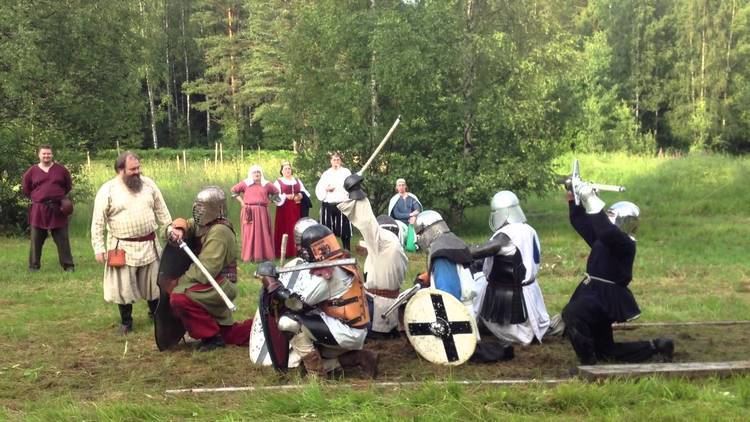
With no help promised, hatred grew amongst the peasantry.
Men all over South Ostrobothnia gathered at the Church of Isokyrö.
They decided to start a war.

Ilkka was chosen as commander as he had taken part in three wars against Russia.
The House of Ilkka was one of the wealthiest in Ilmajoki.
He was a nobleman who personally had nothing to gain personally from the uprising.

The peasant gathering begged their priests:
“We are going to war.
Give us your blessing.”
The priests responded:
“No, your war is illegal.”
Rebuffed the peasants replied:
“We bless ourselves.
We will get no justice in this land unless we take it with our own hand.”

More than 3,000 peasants started the march to Turku, the then-capital of Finland.
The flame of violent bloody war spread all over the domain.
On their way rebels robbed and burned mansions and wealthy homes.
Every man they met was forced to join them or be killed.

Their opponents, the troops of Clas Eriksson Fleming, were professional, heavily armed and armoured men-at-arms.
An uprising began on Christmas Eve 1595 and was initially successful.
The rebels met Fleming’s army at Nokia.
The peasants won their first battle.
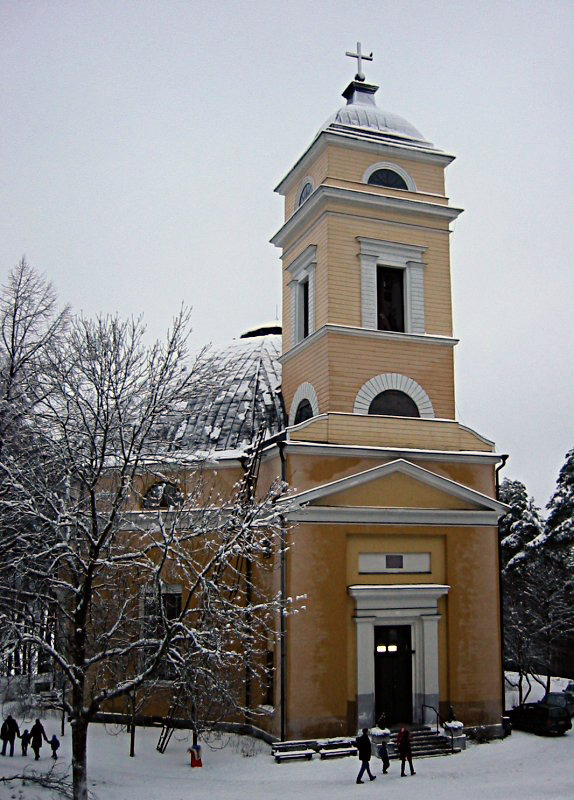

Shortly thereafter they were crushed by cavalry, yet nonetheless the fighting would continue on to the last days of 1596.
Officially, the Cudgel War began in Ostrobothnia with an attack by peasants on Isokyrö’s Church on 25 November 1596.
The peasants won a number of encounters with infantry.
The tyrant’s men suffered the peasants’ hard revenge, but evil machinations would eventually end the revolt.
Clas Fleming began negotiating a truce that required the surrender of peasant leader Jaakko Ilkka.
Fleming managed to bring division amongst his foes by sowing rumours and making fake promises.
“Give your leaders away and you may all return safely home.“

Jaakko Pentinpoika Ilkka (1550 – 1597) was a wealthy Ostrobothian landowner and leader of the 16th-century revolt by Finnish peasants against Swedish rule, the Cudgel War.

He was a soldier in the Swedish army during the Russian War (1570 – 1595), but joined the peasant rebellion and the Cudgel War soon thereafter.
In 1595, the whole of Ostrobothnia was in revolt, with peasants refusing to pay crippling taxes owed to the Swedish crown that at the time ruled Finland.
Ilkka led the peasants’ resistance movement.
Ilkka, who, like most educated Finns, could speak Swedish and Finnish, rose to prominence after being elected to lead the peasant army.
On 31 December 1596, Fleming’s troops attacked Ilkka-held land at his Nokia manor stronghold at Pirkkala.
After the fortress had been set ablaze by the Swedes, Fleming called on the rebels to surrender Ilkka to him to avoid themselves being killed.
To prevent this happening, Ilkka escaped with his wife and some of his men back to Ilmajoki.
Fleming’s cavalry killed a number of the fleeing rebels in the forests around Nokia.
Ilkka fled to avoid being handed over and the peasant army scattered, pursued by the soldiers.
Ilkka was then forced into hiding.
An intense manhunt ensued.

Ilkka and his wife were eventually captured and imprisoned in Turku Castle.

The couple managed an audacious escape, in the autumn of 1596, helped by their peasant allies.
According to some reports, Ilkka got out of the castle from a toilet by crawling through the opening used for the removal of faeces.
Historian Santeri Ivalo describes this in his book Finnish Heroes.

Following his re-capture, Ilkka was executed on 27 January 1597, by Swedish army leader Abraham Melkiorsson.
Five rebel commanders were executed, their body parts laid out as examples of the consequences of defiance.
A letter written by Fleming on 27 January 1597, ordering his troops to capture Ilkka alive, did not reach Melkiorsson before he had already killed the rebel leader.
Eventually Ilkka’s body was taken to the Ilmajoki Church, where the current Ilmajoki Museum is situated.

Heroic quests may bring you glory, but Ilkka’s story was different.
The reward for his great acts was to die by executioner’s axe.
Nonetheless Ilkka’s advice still lives in the Finnish people’s hearts:
“Better die for freedom than live the life of a slave.“

Captured peasants were slaughtered.
At least 1,500 peasants were killed within the next two months.

The author and historian Heikki Ylikangas has pointed out that there is a bias towards depicting Jaakko Iilkka as “the big Finnish leader of the Cudgel War” although he took command of the biggest peasant hoard during the end of the Cudgel War in the winter of 1596.
He means that this is a simplification of the actual history driven by nationalists and early Finnish historians targeting the Finnish speaking population.
He was, for example, not one of the original leaders who sailed to Stockholm with the Finnish peasants’ letter of complaint to Duke Kaarle in Stockholm.
He also points out that the conflict was between the poor peasant population supporting Duke Kaarle and the educated upper class getting benefits by King Sigismund’s rule, and not a conflict between Swedes and Finns.
It is therefore most probable that Jaakko Ilkka and his family would be targeted by the revenge of the peasant army if Ilkka had not joined the rebellion.

Above: Heikki Ylikangas
That being said, a statue of Ilkka was erected at Ilmajoki in 1924.
The main newspaper of South Ostrobothnia and Coastal Ostrobothnia, Ilkka – Pohjalainen, is also named after Jaakko Ilkka.

Ilkka is said to have inspired composers and librettists more than any other figure in Finnish history.
As many as three operas have been dedicated to him.
One of them, Jaakko Ilkka by Jorma Panula, was composed between 1977 and 1978, best known for its performance, directed by leading filmmaker Edvin Laine, at the Ilmajoki Music Festival in 1978.


Israel Larsson was named as the new governor of central and northern Ostrobothnia and planned to support the rebellion.
However, he fled rather than face Fleming.
Leaderless, the peasants opened battle with Fleming on 24 February 1597.
The last battle was fought on the Santavuori Hill in Ilmajoki.
Over 1,000 were killed and 500 captured.
The place is called the Field of Mercy.

The insurgents were mostly Finnish peasants from Ostrobothnia, Northern Tavastia, and Savo.
Almost 3,000 peasants died in this war.
Due to the Cudgel War the people of South Ostrobothnia harboured a deep hatred towards the nobility.
Duke Kaarle became King of Sweden and Finland, at least for a short time.
The rebels got back the property which had been illegally taken from them.

A civil war against Kaarle was however on the horizon.
While Fleming’s fleet was being prepared at Siuntio in April 1597, he suddenly fell sick.
Nevertheless choosing to travel to meet his wife at Perniö, he died somewhere near the Church of Pohja during the night of 12 – 13 April 1597.

His body was taken to Turku, which Kaarle conquered that August.

Fleming’s sons were executed in the Abo (Turku) Bloodbath of 10 November 1599.

The people of southern Ostrobothnia have always loved freedom and equality as the legacy of Ilkka.
Finnish peasants would never become slaves.
The events can also be seen as a part of a larger power struggle between King Sigismund and Duke Kaarl.
Modern Finnish historiography sees the uprising in the context of the conflict between Duke Kaarl and Sigismund, King of Sweden and Poland (War against Sigismund)(1598 – 1599).
Kaarle agitated the peasants to revolt against the nobility of Finland, who had supported Sigismund in the conflict.
In his work Nuijasota, sen syyt ja tapaukset (1857–1859) (The Club War, its reasons and causes), historian and Fennoman (Finnish nationalist) Yrjö Koskinen (né Forsman) saw the peasants as fighting for freedom and justice.
1833.jpg)
Fredrika Runeberg’s Sigrid Liljeholm (1862), one of the first historical novels in Finland, depicts women’s fates during the war.

Albert Edelfelt’s painting Burned Village (1879) depicts a woman, a child, and an old man hiding behind a rock as a village burns in the background.

The poet Kaarlo Kramsu praised the insurgents and lamented their defeat in patriotic poems such as Ilkka, Hannu Krankka, and Santavuoren tappelu, published in Runoelmia (1887).


After the Finnish Civil War (27 January – 15 May 1918), the debate has centered on an interpretation that emphasizes Duke Karl’s role in inciting the revolt, as found in Pentti Renvall’s Kuninkaanmiehiä ja kapinoitsijoita Vaasa-kauden Suomessa (1949) and an explanation that stresses the roots of the rebellion in social injustice and class conflict, as argued by Heikki Ylikangas in Nuijasota (1977).


A historical reenactment of the Cudgel War is conducted yearly in the Kavalahti scout camp.
Jaakko Ilkka took the 75th place in the Great Finns TV show.

Above: Great Finns commemorative book
Nothing like starvation to make a silent Finn speak out.
While the “silent Finn” concept has been exaggerated over the years, it is true that Finns believe in comfortable silences, so if a conversation dies off naturally there is no need to jump-start it with small talk.
Finns quip that they invented text messaging so they didn’t have to talk to each other.
Sitting in the sauna for 20 minutes with your best friend, saying nothing, is perfectly normal.
Finns generally tend to have a quirky, self-depreciating sense of humour and may just be saving their words for a well-timed jibe.
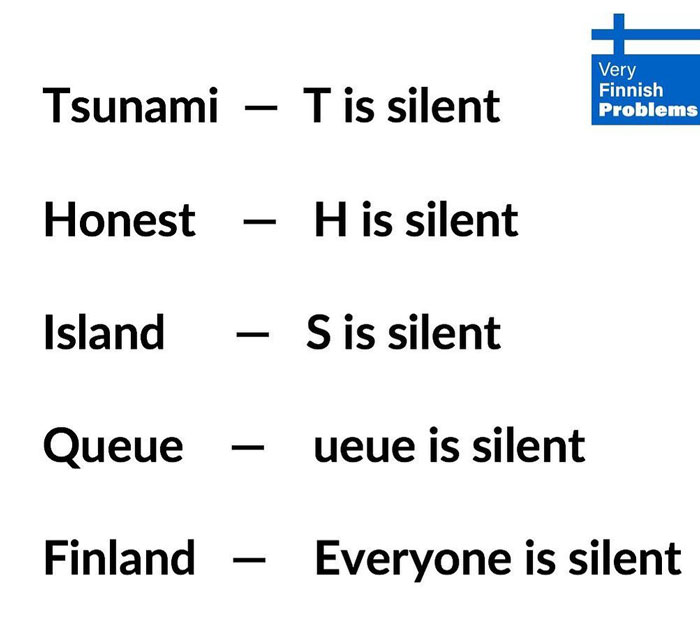
“I was bothered by a sense of entitlement among many Finns, especially younger people.
Sirpa Jalkanen, a microbiologist and bio-tech entrepreneur affiliated with Turku University in that ancient Finnish port city, told me she was discouraged by “this new generation we have now who love entertainment, the easy life.”
She said she wished the government would require every university student to pay a “significant but affordable” part of the cost of their education, “just so they would appreciate it.” “
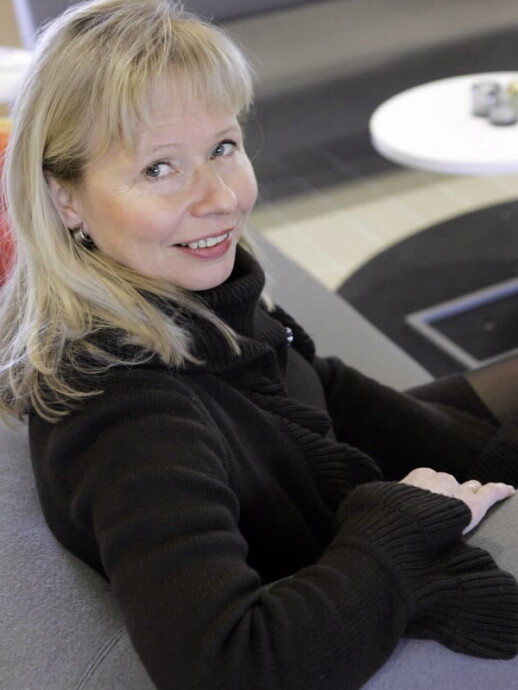
Two sentences of the Finnish Constitution state:
“No one shall be placed in a different position on situation of sex, age, origin, language, religion, belief, opinion, state of health, disability or any other personal reason without an acceptable reason.”
Finland has been ranked above average among the world’s countries in democracy, press freedom and human development.

Amnesty International has expressed concern regarding some issues in Finland, such as alleged permitting of stopovers of CIA rendition flights (state-sponsored “forcible abduction in another jurisdiction and transfer to a third state“), the imprisonment of conscientious objectors, and societal discrimination against Romani people and members of other ethnic and linguistic minorities.



Life expectancy has increased from 71 years for men and 79 years for women in 1990 to 79 years for men and 84 years for women in 2017.
The under-five mortality rate has decreased from 51 per 1,000 live births in 1950 to 2.3 per 1,000 live births in 2017, ranking Finland’s rate among the lowest in the world.
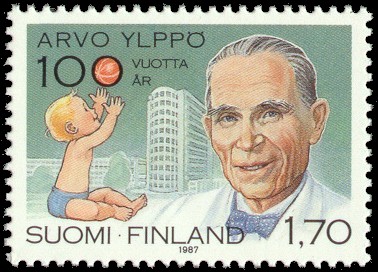
The fertility rate in 2014 stood at 1.71 children born/per woman and has been below the replacement rate of 2.1 since 1969.
As well as a low birth rate women also become mothers at a later age, the mean age at first live birth being 28.6 in 2014.

A 2011 study published in The Lancet medical journal found that Finland had the lowest stillborn rate out of 193 countries, including the UK, France and New Zealand.
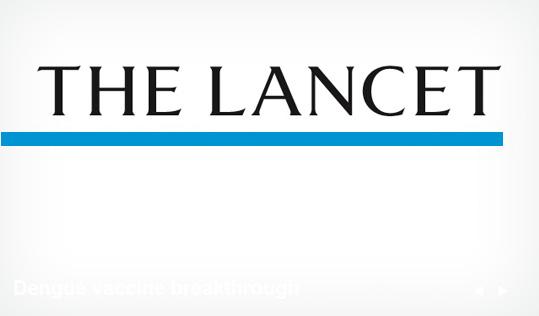
There has been a slight increase or no change in welfare and health inequalities between population groups in the 21st century.
Lifestyle-related diseases are on the rise.
More than half a million Finns suffer from diabetes, type 1 diabetes being globally the most common in Finland.
Many children are diagnosed with type 2 diabetes.
The number of muscloskeletal diseases and cancers are increasing, although the cancer prognosis has improved.
Allergies and dementia are also growing health problems in Finland.

One of the most common reasons for work disability are due to mental disorders, in particular depression.
Treatment for depression has improved and as a result the historically high suicide rates have declined to 13 per 100 000 in 2017, closer to the North European average.
Suicide rates are still among the highest among developed countries in the Organisation for Economic Cooperation and Development (OECD).

There are 307 residents for each doctor.
About 19% of health care is funded directly by households and 77% by taxation.
In April 2012, Finland was ranked 2nd in Gross National Happiness in a report published by The Earth Institute.

Since 2012, Finland has every time ranked at least in the top five of world’s happiest countries in the annual World Happiness Report by the United Nations, as well as ranking as the happiest country in 2018.
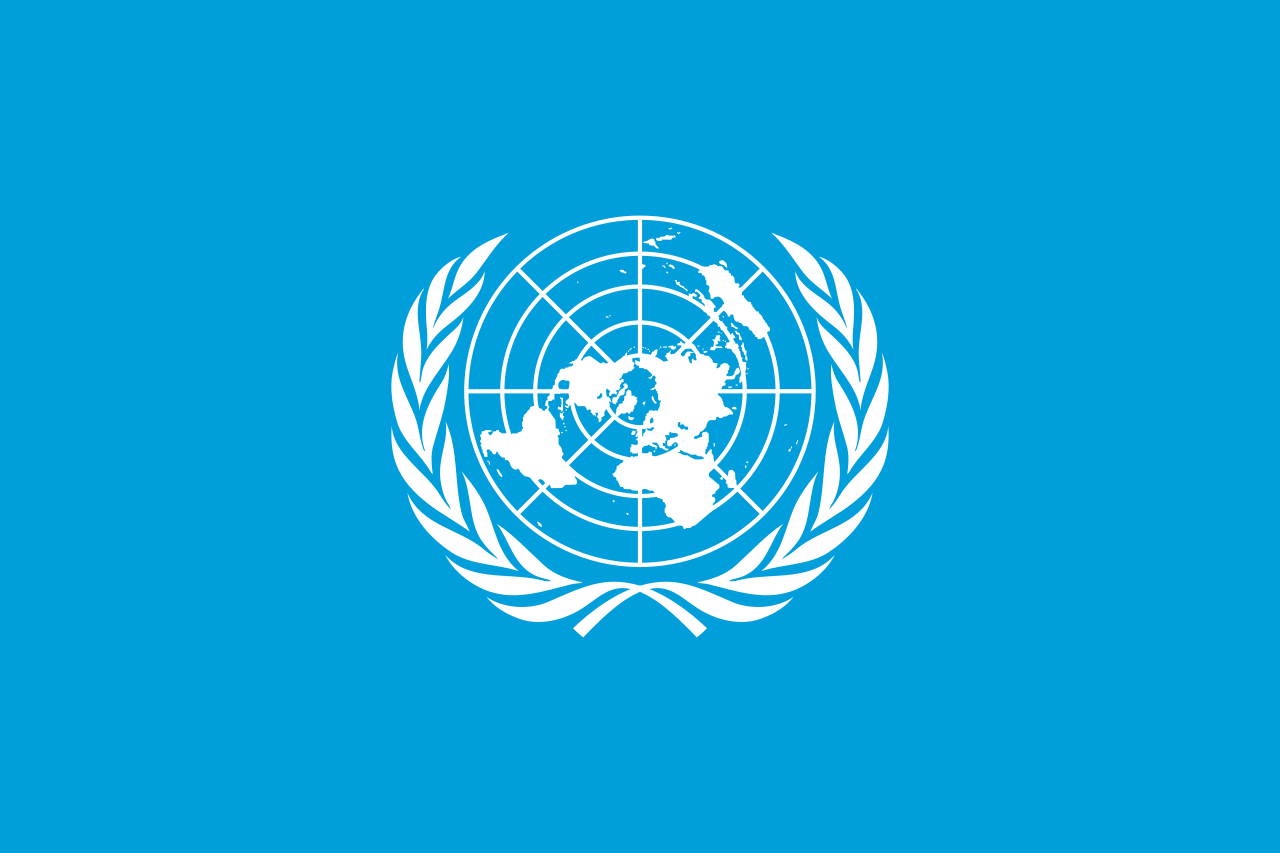
Perhaps this excessive happiness, albeit quietly evident though not expressly shown, is what drew a king to the nation’s northern limits.
Louis Philippe (1773 – 1850) was King of the French from 1830 to 1848, the last King and penultimate monarch of France.

As Louis Philippe, Duke of Chartres, he distinguished himself commanding troops during the Revolutionary Wars, but broke with the Republic over its decision to execute King Louis XVI.

Events in Paris undermined the budding military career of Louis Philippe.
The incompetence of Jean-Nicholas Pache left the Army of the North almost without supplies.
Soon thousands of troops were deserting the army.
Louis Philippe was alienated by the more radical policies of the Republic.

After the National Convention decided to put the deposed King to death – Louis Philippe’s father, by then known as Philippe Égalité, voted in favour of that act – Louis Philippe began to consider leaving France.


Louis Philippe was willing to stay in France to fulfill his duties in the army, but he was implicated in the plot General Charles-François du Périer Dumouriez had planned to ally with the Austrians, march his army on Paris, and restore the Constitution of 1791.



Dumouriez had met with Louis Philippe on 22 March 1793 and urged his subordinate to join in the attempt.
With the French government falling into the Reign of Terror about the time of the creation of the Revolutionary Tribunal earlier in March 1793, he decided to leave France to save his life.
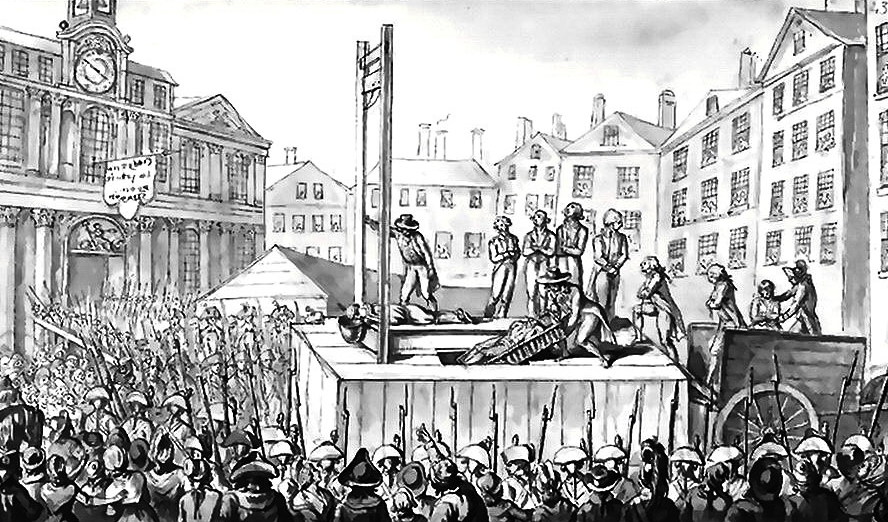
On 4 April, Dumouriez and Louis Philippe left for the Austrian camp.
They were intercepted by Lieutenant-Colonel Louis-Nicolas Davout, who had served at Jemappes with Louis Philippe.

As Dumouriez ordered the Colonel back to the camp, some of his soldiers cried out against the General, now declared a traitor by the National Convention.
Shots rang out as they fled towards the Austrian camp.
The next day, Dumouriez again tried to rally soldiers against the Convention.
However, he found that the artillery had declared itself in favour of the Republic, leaving him and Louis Philippe with no choice but to go into exile.
At the age of 19, and already a Lieutenant General, Louis Philippe left France.
It was some 21 years before he again set foot on French soil.

He fled to Switzerland in 1793 after being connected with a plot to restore France’s monarchy.
He then left with his faithful valet Baudouin for the heights of the Alps, and then to Basel, where he sold all but one of his horses.
Now moving from town to town throughout Switzerland, he and Baudouin found themselves very much exposed to all the distresses of extended travelling.
They were refused entry to a monastery by monks who believed them to be young vagabonds.
Another time, he woke up after spending a night in a barn to find himself at the far end of a musket, confronted by a man attempting to keep away thieves.
Throughout this period, he never stayed in one place more than 48 hours.

Finally, in October 1793, Louis Philippe was appointed a teacher of geography, history, mathematics and modern languages, at a boys’ boarding school.
The school, owned by a Monsieur Jost, was in Reichenau, a village on the upper Rhine in the then independent Grisons state, now part of Switzerland.
His salary was 1,400 francs and he taught under the name Monsieur Chabos.


He had been at the school for a month when he heard the news from Paris:
His father had been guillotined on 6 November 1793 after a trial before the Revolutionary Tribunal.
His father Louis Philippe II, Duke of Orleans, fell under suspicion and was executed.
Louis Philippe remained in exile for 21 years until the Bourbon Restoration.

Louis Philippe travelled extensively.
He visited Scandinavia in 1795 and then moved on to Finland.
For about a year, he stayed in Muonio, a remote village in the valley of the Tornio Rover in Lapland.
He lived in the rectory under the name Müller, as a guest of the local Lutheran vicar.
While visiting Muonio, he supposedly fathered with Beata Caisa Wahlborn (1766 – 1830) a child called Erik Kolstrom (1796 – 1879).

Standing by an important salmon river, Muonionjoki, the area has been inhabited for at least 7,000 years.
The meaning of the name Muonio is unknown but probably of Sámi origin.
It appears first in manuscripts from mid 16th century and in a Swedish map from 17th century in forms Monanisk kyla, Mononiske or Muniosuij.
The original name of the municipality was Muonionniska (“top of the rapids of the Muonio River“) which was abbreviated into its current form in 1923.
There is notable amount of ancient holy places of the Sámi people in the municipality.

Muonio is known as the municipality with the longest snow season in Finland.
The municipality is unilingually uniquely Finnish, unlike many towns on the Finland-Sweden border.

The midnight sun is above the horizon from 27 May to 17 July (52 days), and the period with continuous daylight lasts a bit longer, the polar night from 10 December to 2 January (24 days).

In the World War II aftermath known as the Lapland War the destruction was somewhat complete.
Well over 80% of all buildings were destroyed by retreating German troops.
For example in the main village only the church and a few storehouses were saved.

For some decades Muonio has been one of the places where international car manufacturers test their new car models in harsh winter conditions.
The proving grounds are vast but hidden in the forests.
This business is shrouded in the utmost secrecy, but it provides a significant source of income to this small community.

Muonio has about 2,300 permanent residents, about half of them living in the main village.
Like many other municipalities in Finnish Lapland, present day Muonio lives mostly from tourism.
This was heavily boosted in late 1990s by shifting the municipality border so that the Pallastunturi fells became part of Muonio instead of Kittilä.

Truth be told I do not understand his fascination for Muonio nor why Muonio does not seem fascinated by the story of Louis Philippe.
All I do know is, after a year in Lapland, Louis Philippe travelled the United States for four years, then subsequently spent 15 years in London before returning to France.


Louis Philippe was proclaimed King in 1830 after his fifth cousin Charles X was forced to abdicate by the July Revolution.
The reign of Louis Philippe is known as the July Monarchy and was dominated by wealthy industrialists and bankers.
He followed conservative policies, especially under the influence of French statesman Francois Guizot during the period of 1840 – 1848.
He also promoted friendship with Britain and sponsored colonial expansion, notably the French conquest of Algeria.
His popularity faded as economic conditions in France deteriorated in 1847, and he was forced to abdicate on 24 February 1848 after the outbreak of the February Revolution.
He lived out the remainder of his life in exile in the United Kingdom.

I wonder if he ever thought about Finland again and the fierce independent spirit of the Finnish people.
I wonder if he ever regretted leaving behind the isolation of Lapland and the love of a lady for a throne he gained and lost.

Eskisehir, Turkey, Sunday 26 September 2021
And as I write these words I wonder if I will ever think about Finland again either.
And I wonder:
What causes a man to raise a revolution?
When does a man stop kowtowing to those who claim to be his betters?
When do men fight, despite the invincible odds, for what they believe should be theirs?

It is not an unnatural question, for I live in a land where the founder of the nation, the father of the nation, has his image omnipresent, a man who was a dictator (albeit benevolent) in everything but name.

Here in Turkey, a man cannot truly and publicly say everything he might want to say nor does the press openly criticize the government.

Here in Turkey, a man can worship (or not worship) as he chooses, but generally there are few options beyond Islam for him to turn to.

Here in Turkey, a mentality similar to Switzerland, it is thought that the nation stands alone ever surrounded by potential enemies.

Here in Turkey, the greedy landlord is as much a national caricature as the insurance salesman in America or the double-glazing window vendor in Britain is.

The right to an adequate standard of living is a fundamental human right.
It is part of the Universal Declaration of Human Rights that was accepted by the General Assembly of the United Nations on 10 December 1948.
Everyone has the right to a standard of living adequate for the health and well-being of himself and of his family, including food, clothing, housing and medical care and necessary social services, and the right to security in the event of unemployment, sickness, disability, widowhood, old age or other lack of livelihood in circumstances beyond his control.
Article 25.1 of the Universal Declaration of Human Rights
Here in Turkey this right does not feel as guaranteed as it should be.

I am no Jaako Ilkko.
I don’t see myself appealing to President Erdoğan for assistance nor my local mosque (camii) for compassion.

My school assures me that I need not worry, that a solution will present itself.

And I believe them.

But deep inside myself I wonder:
What causes a man to rebel?

Sources: Wikipedia / Google / Lonely Planet, The World / The Beatles, “Carry that Weight“, Abbey Road / Robert G. Kaiser, “Why can’t we be more like Finland?“(25 September 2005), The Seattle Times, as quoted in “Ten Reasons We Can’t and Shouldn’t Be Nordic“(12 March 2018), by Jim Geraghty, National Review / Monty Python, “Finland“, Monty Python’s Flying Circus



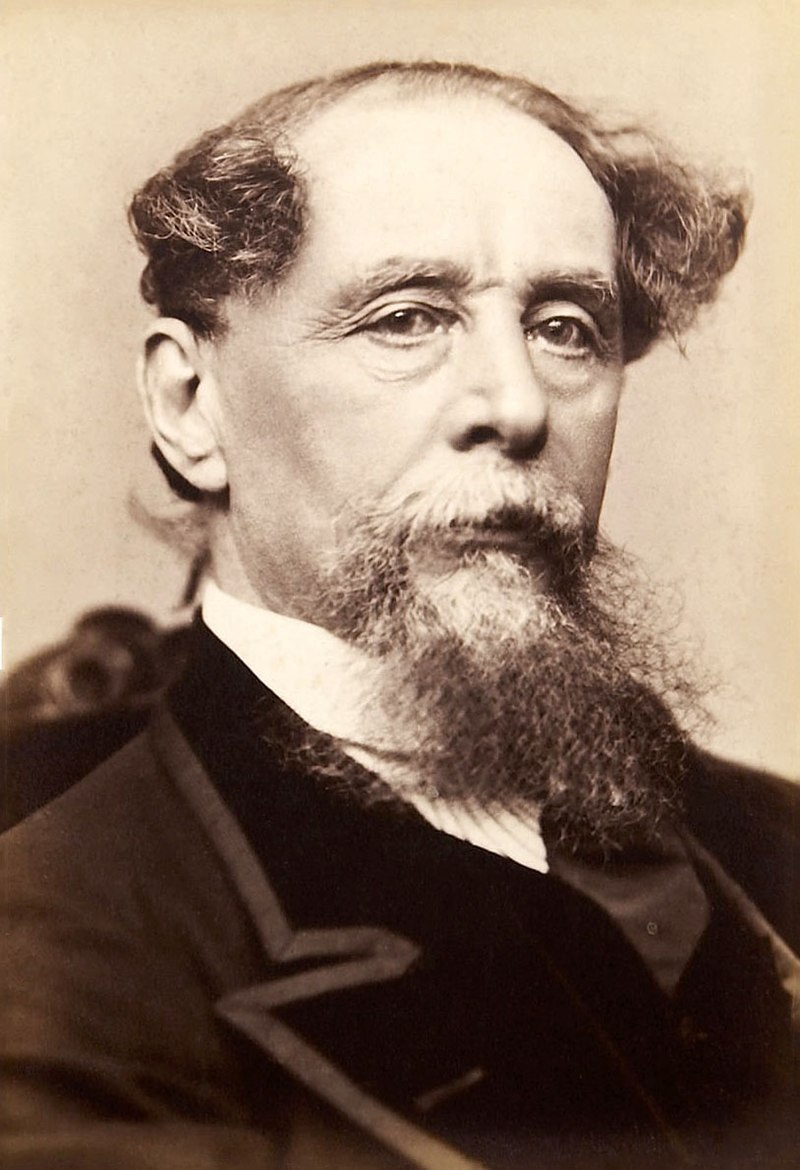

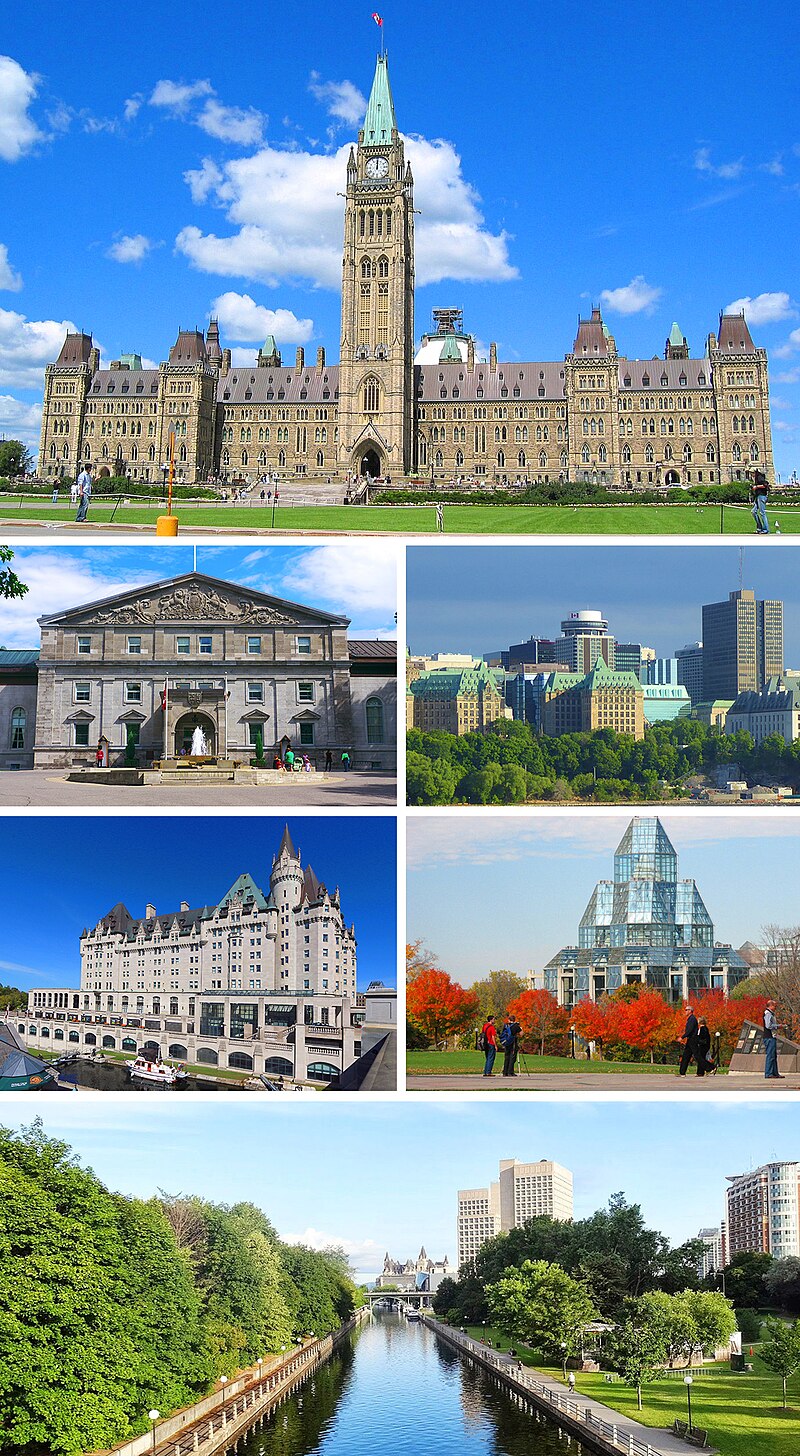


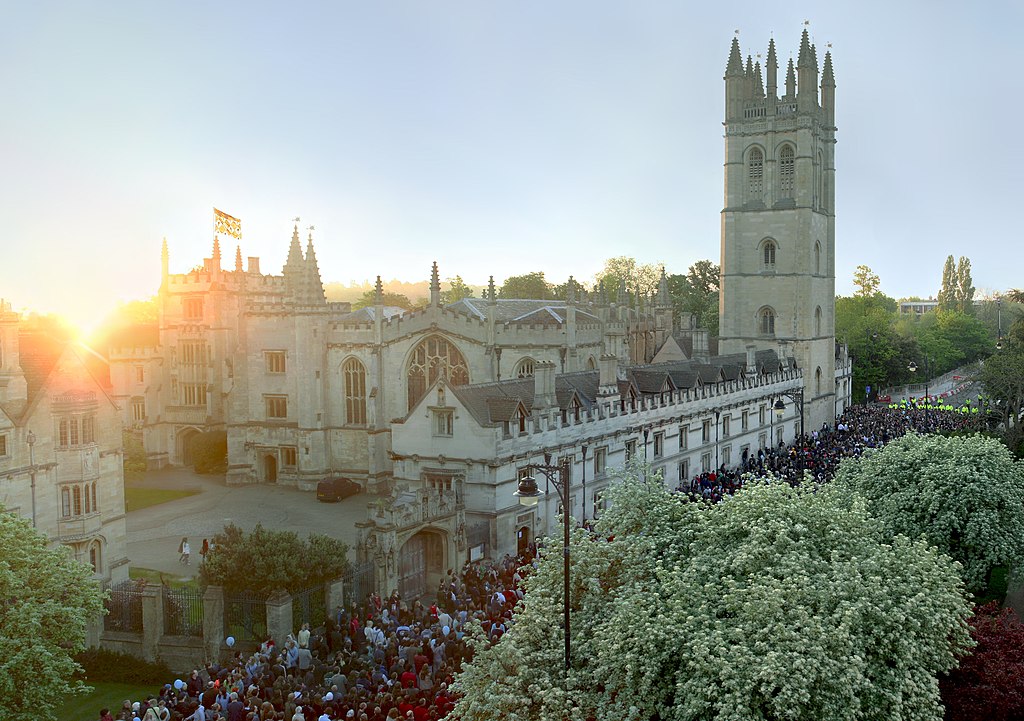

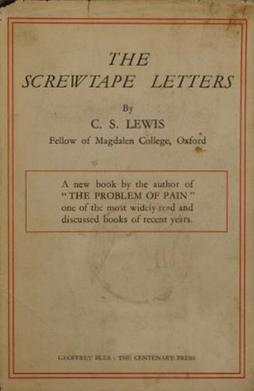






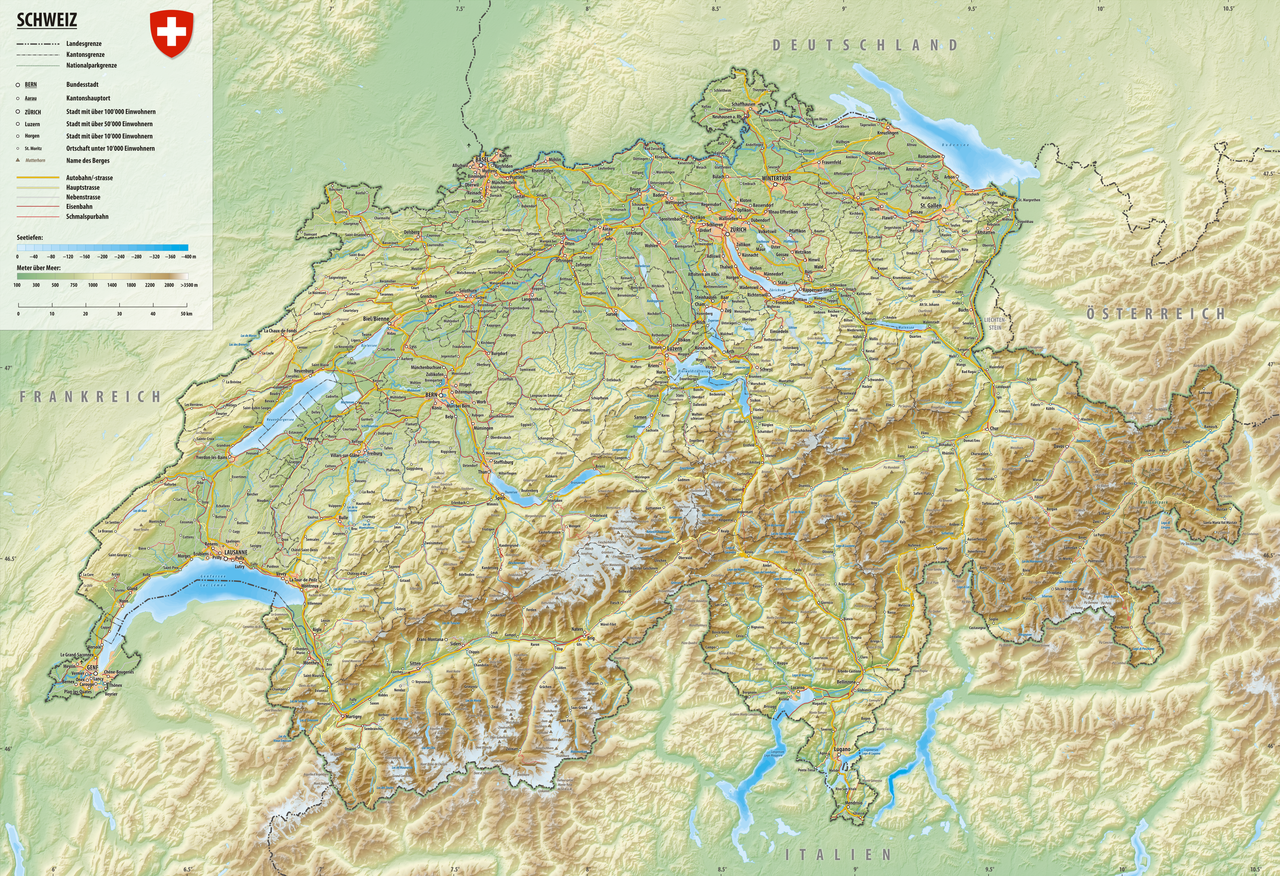
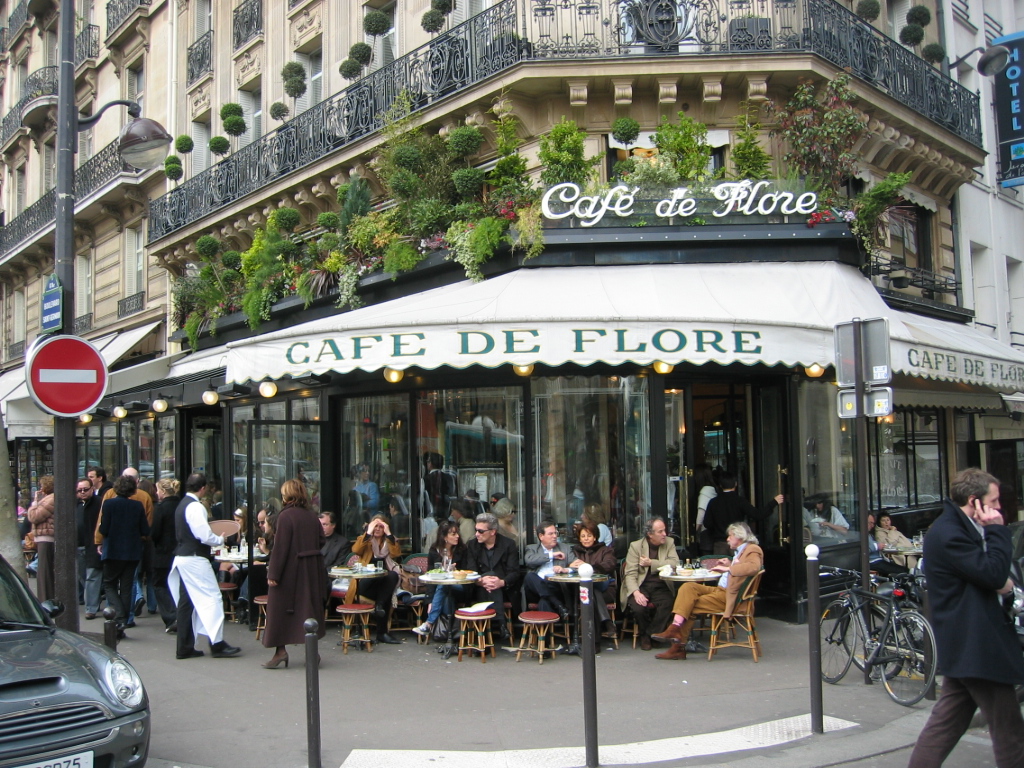


:format(jpeg):mode_rgb():quality(90)/discogs-images/R-3499969-1458956533-7155.jpeg.jpg)




:format(jpeg):mode_rgb():quality(90)/discogs-images/R-13722924-1567864239-6989.jpeg.jpg)
